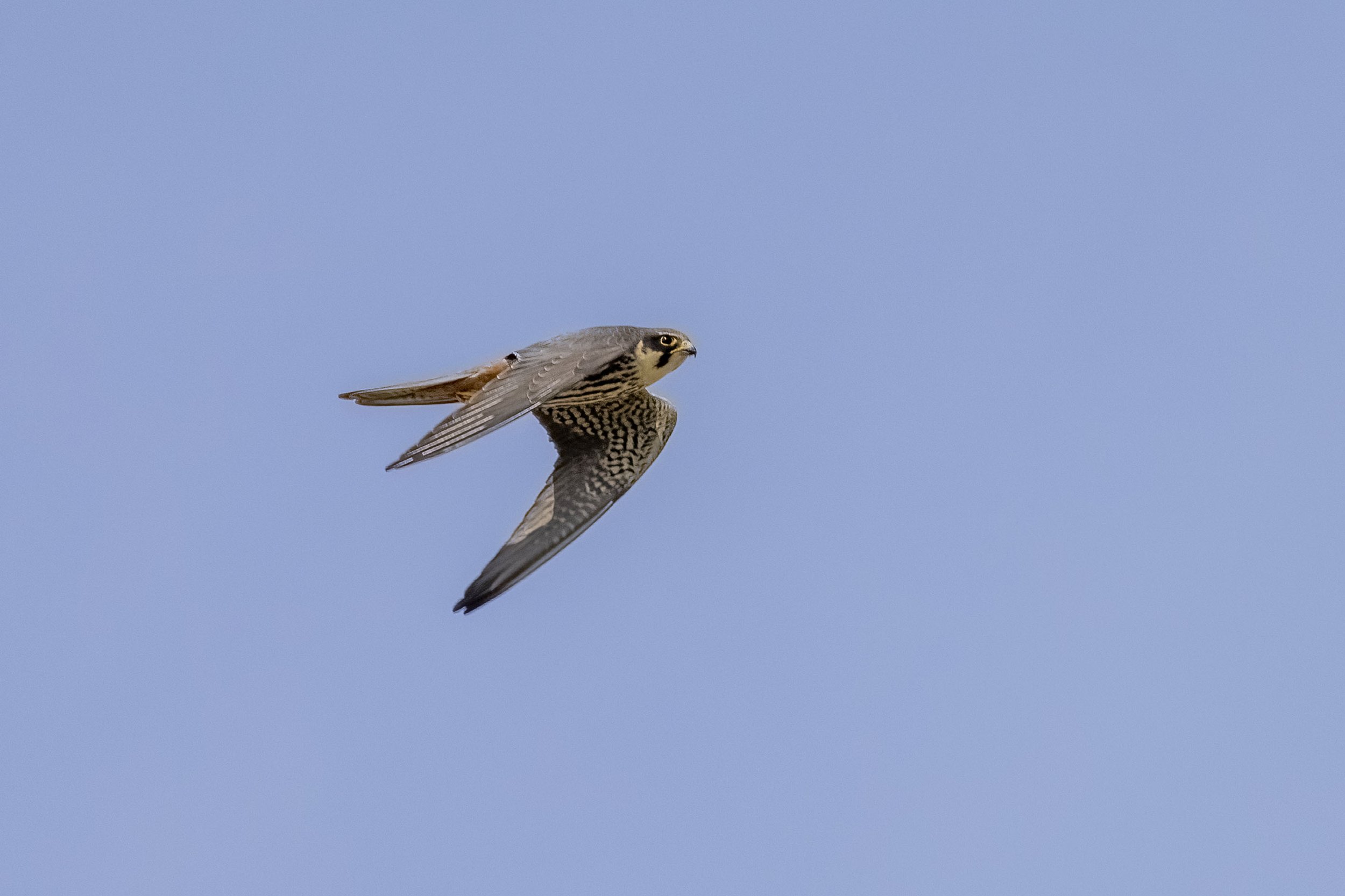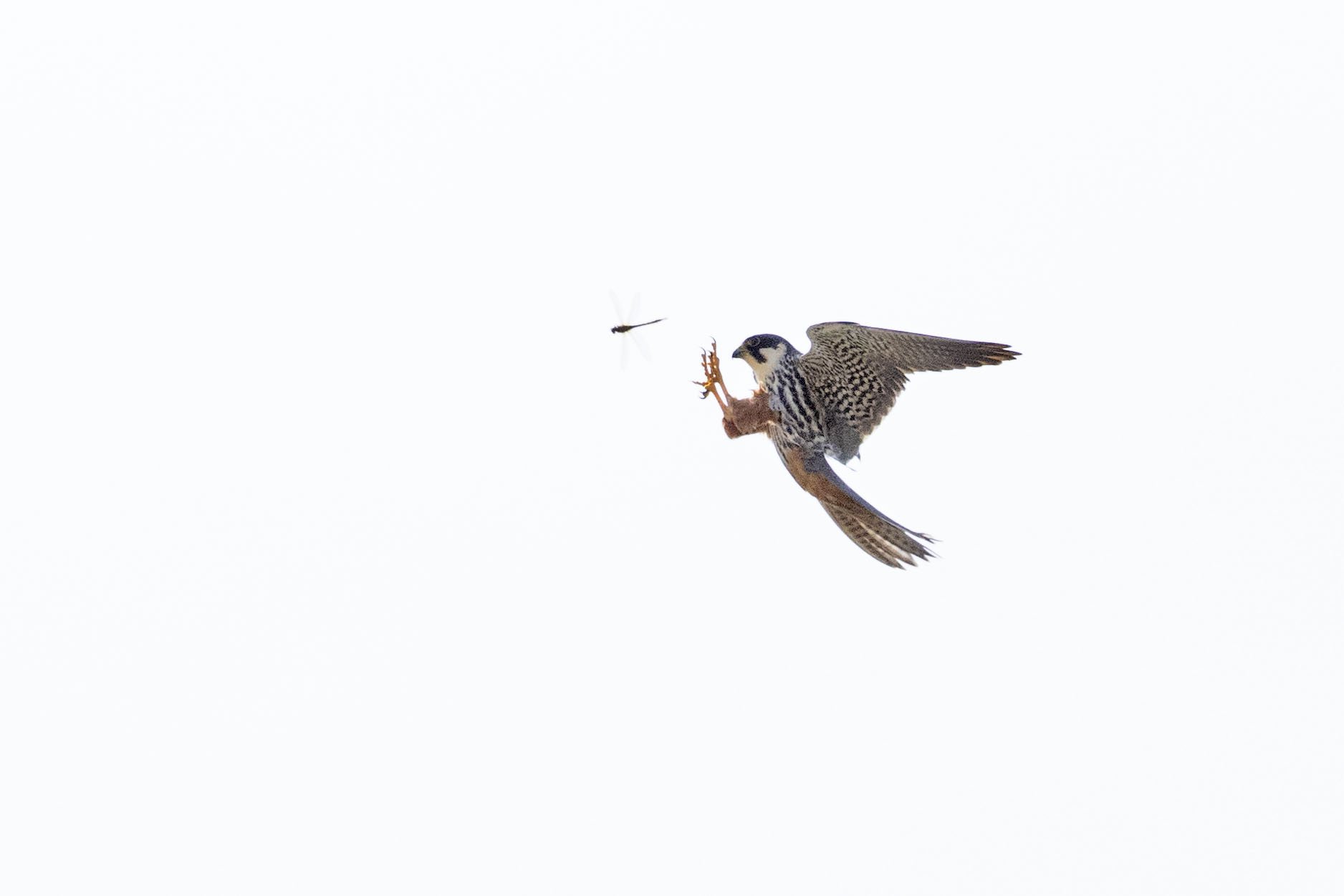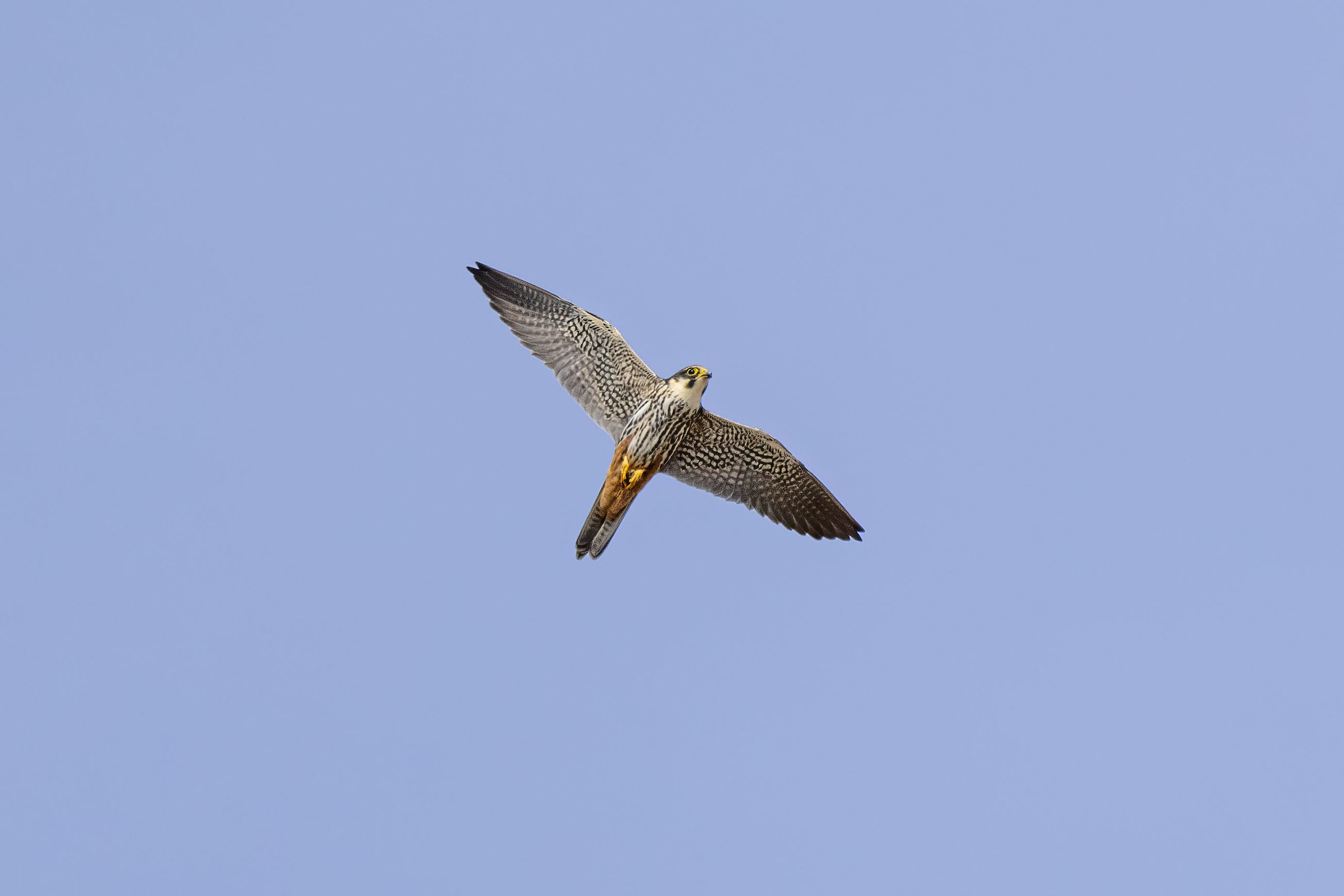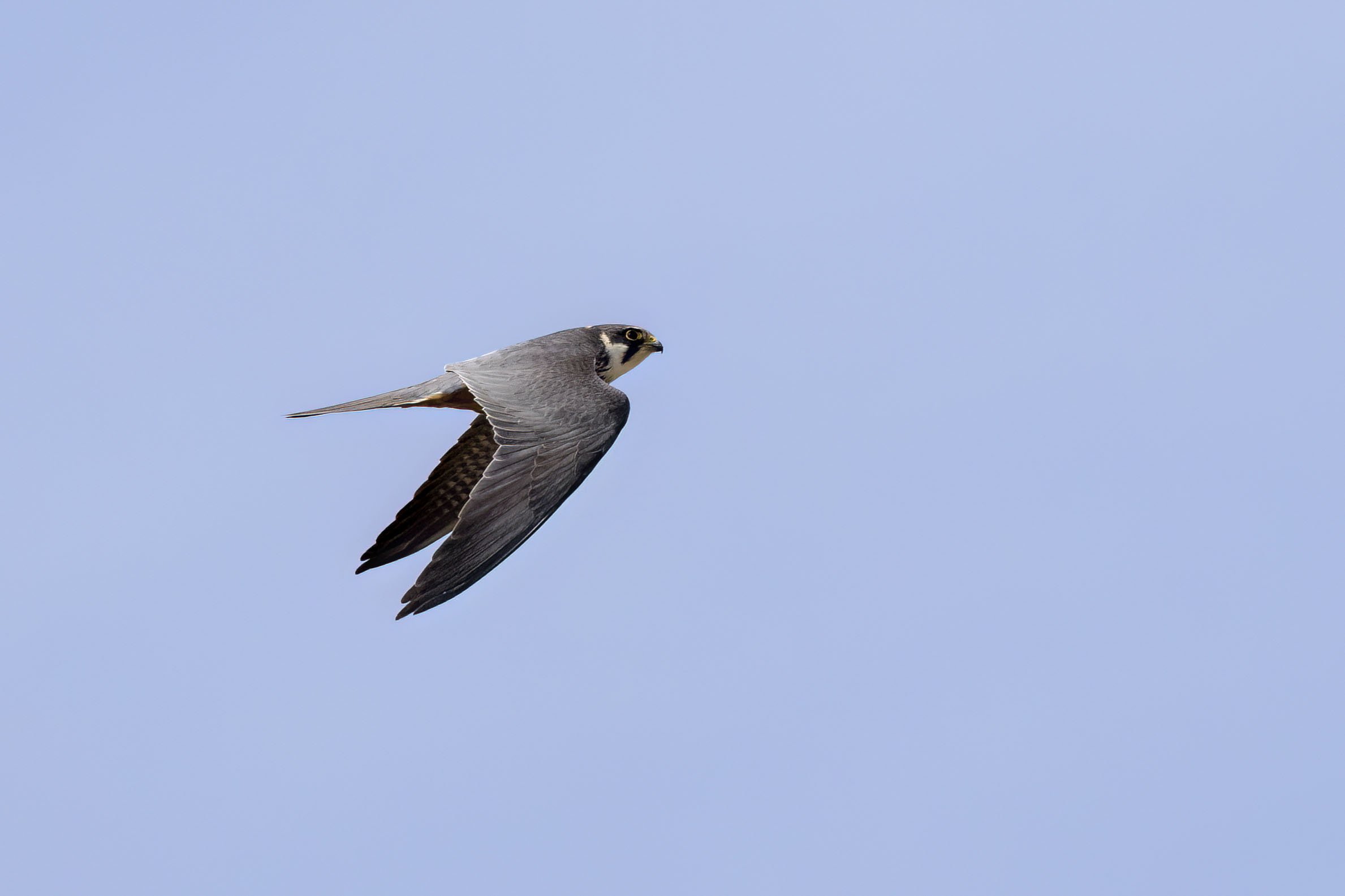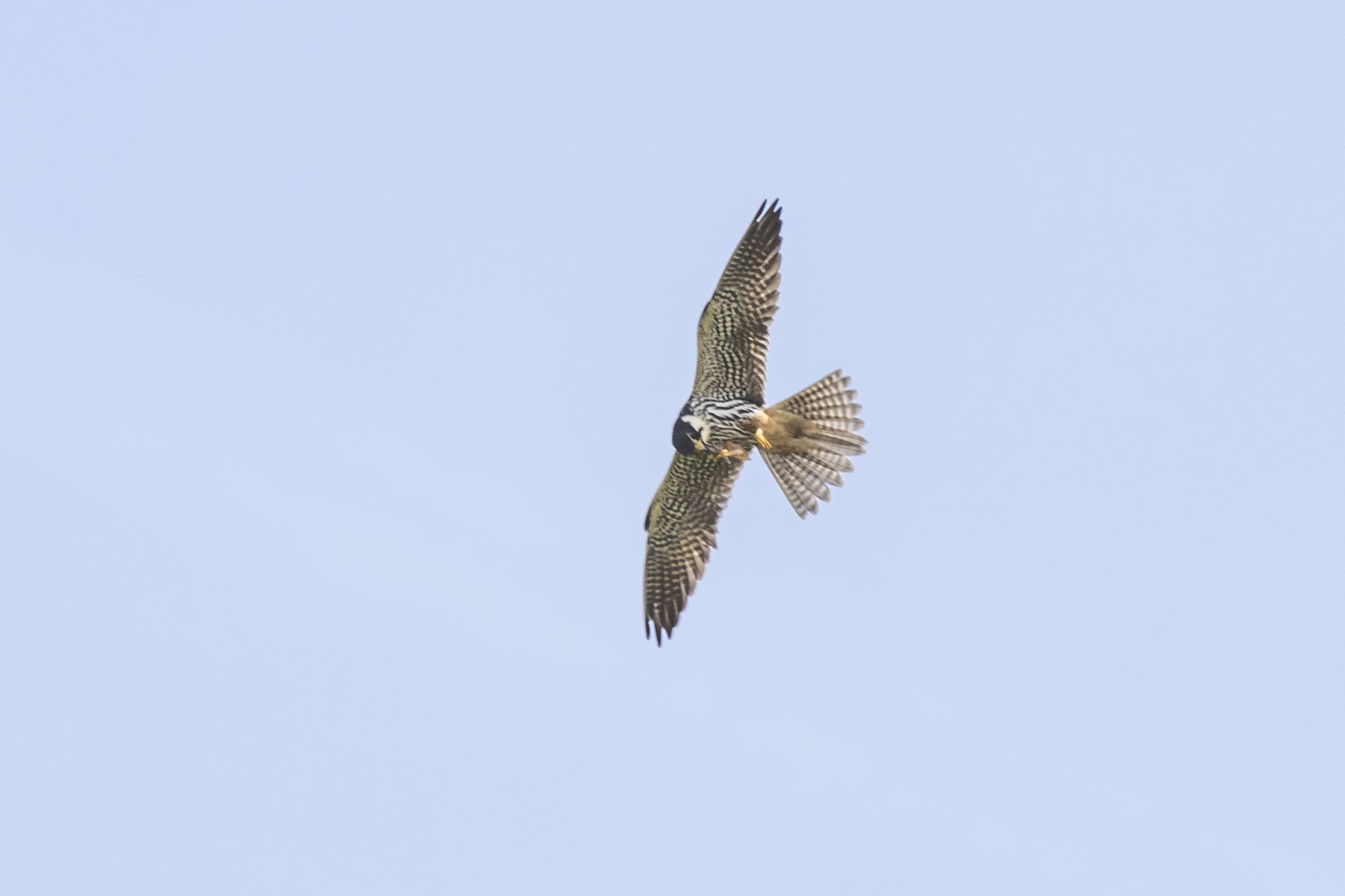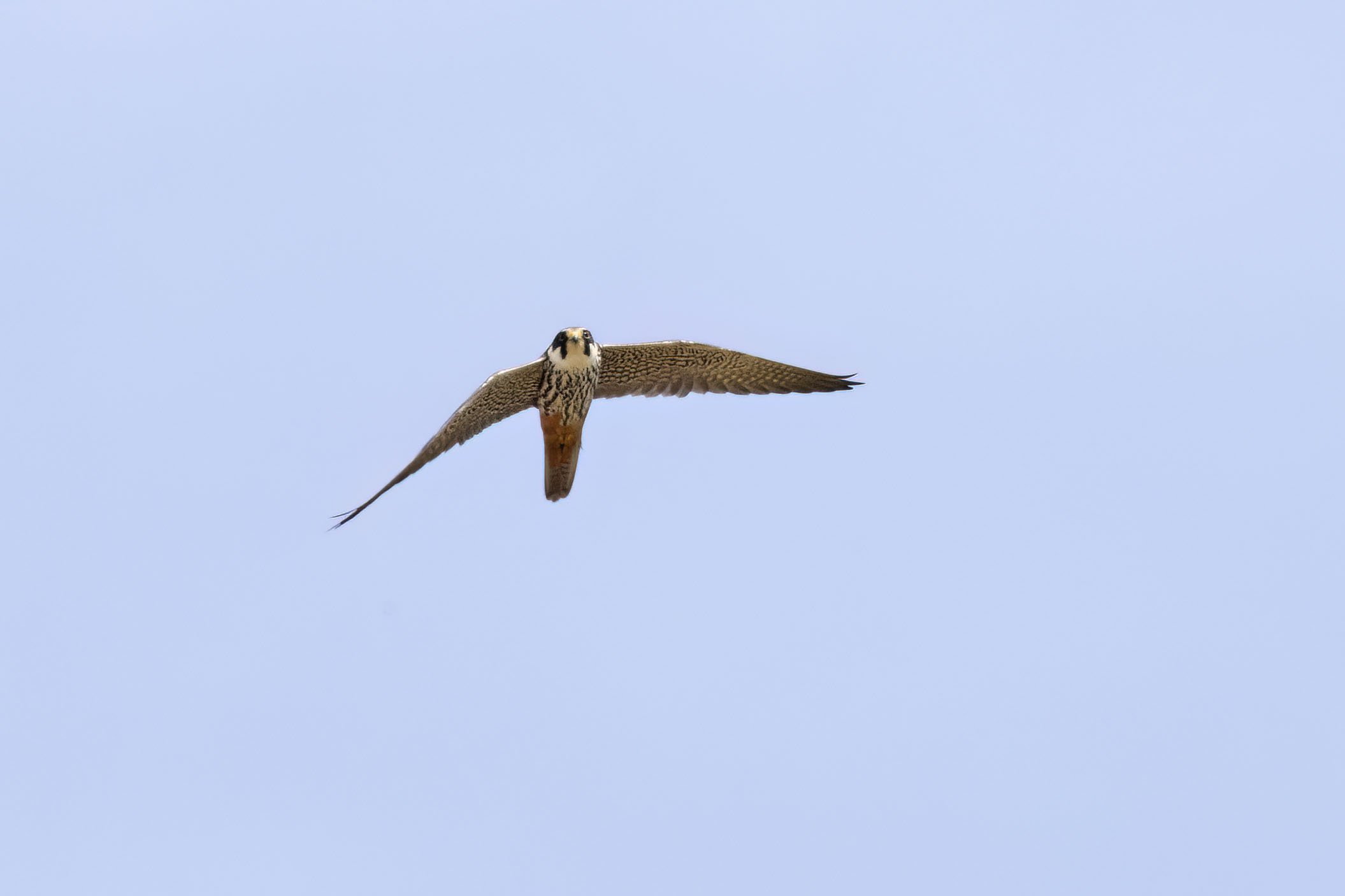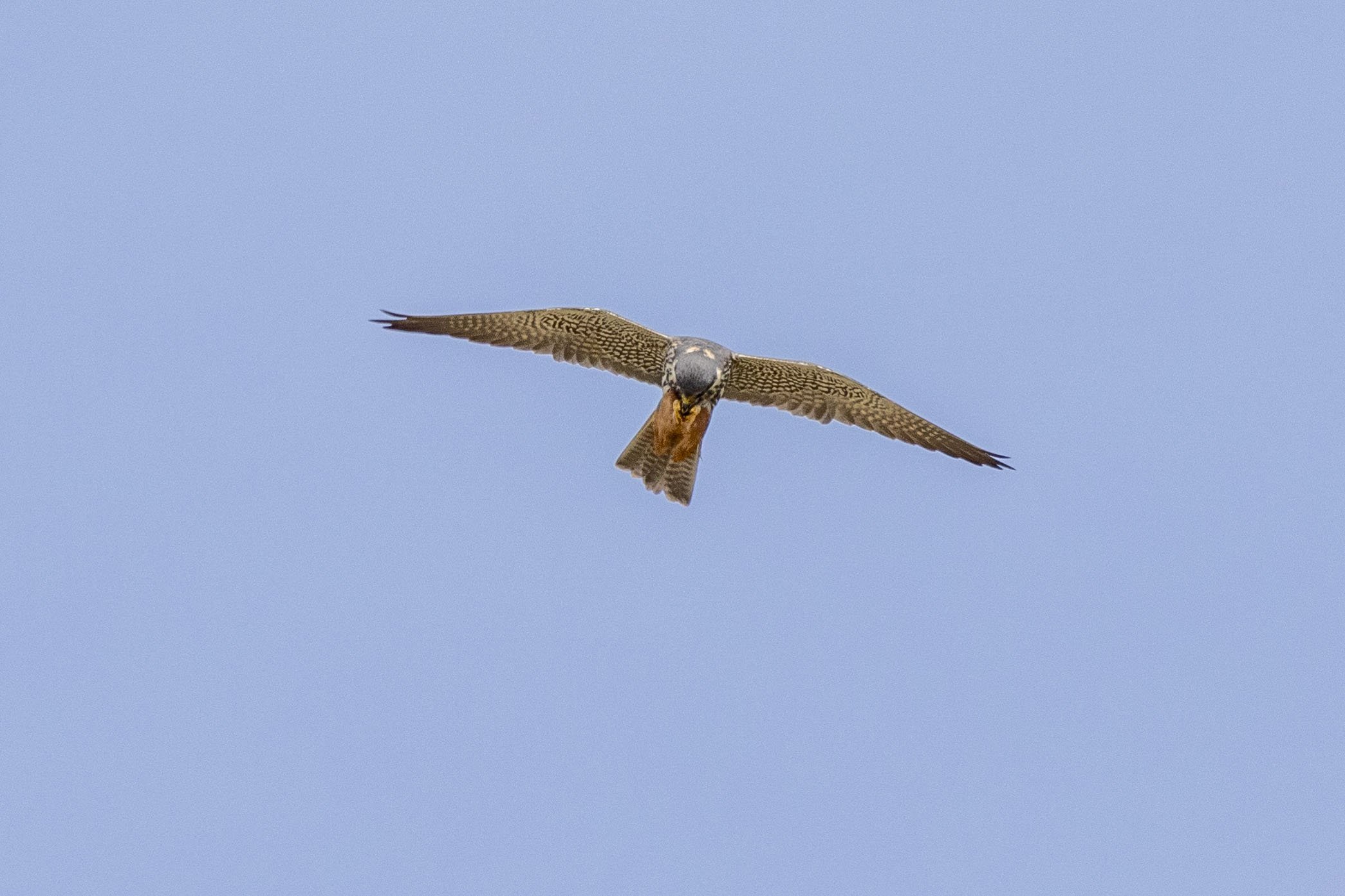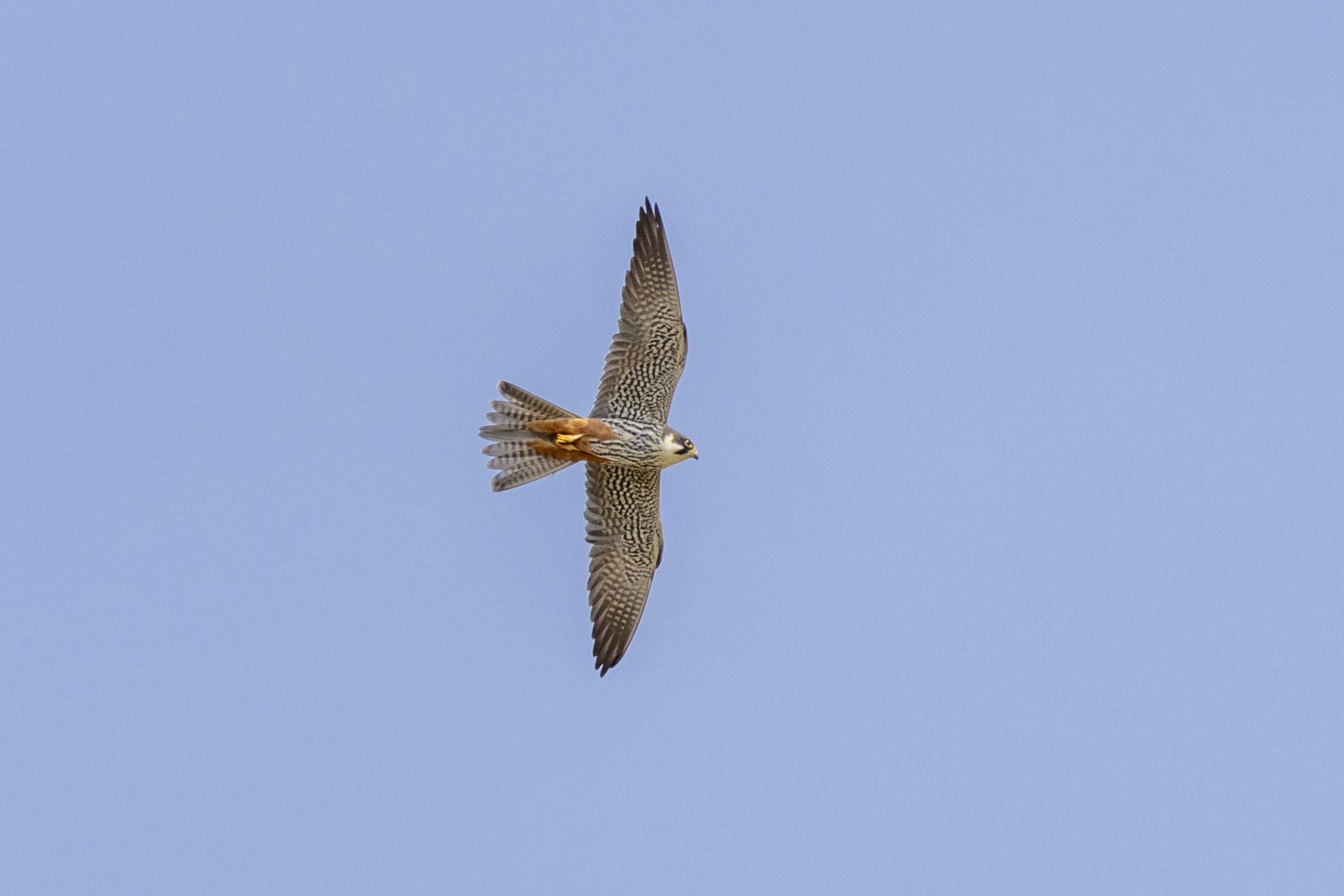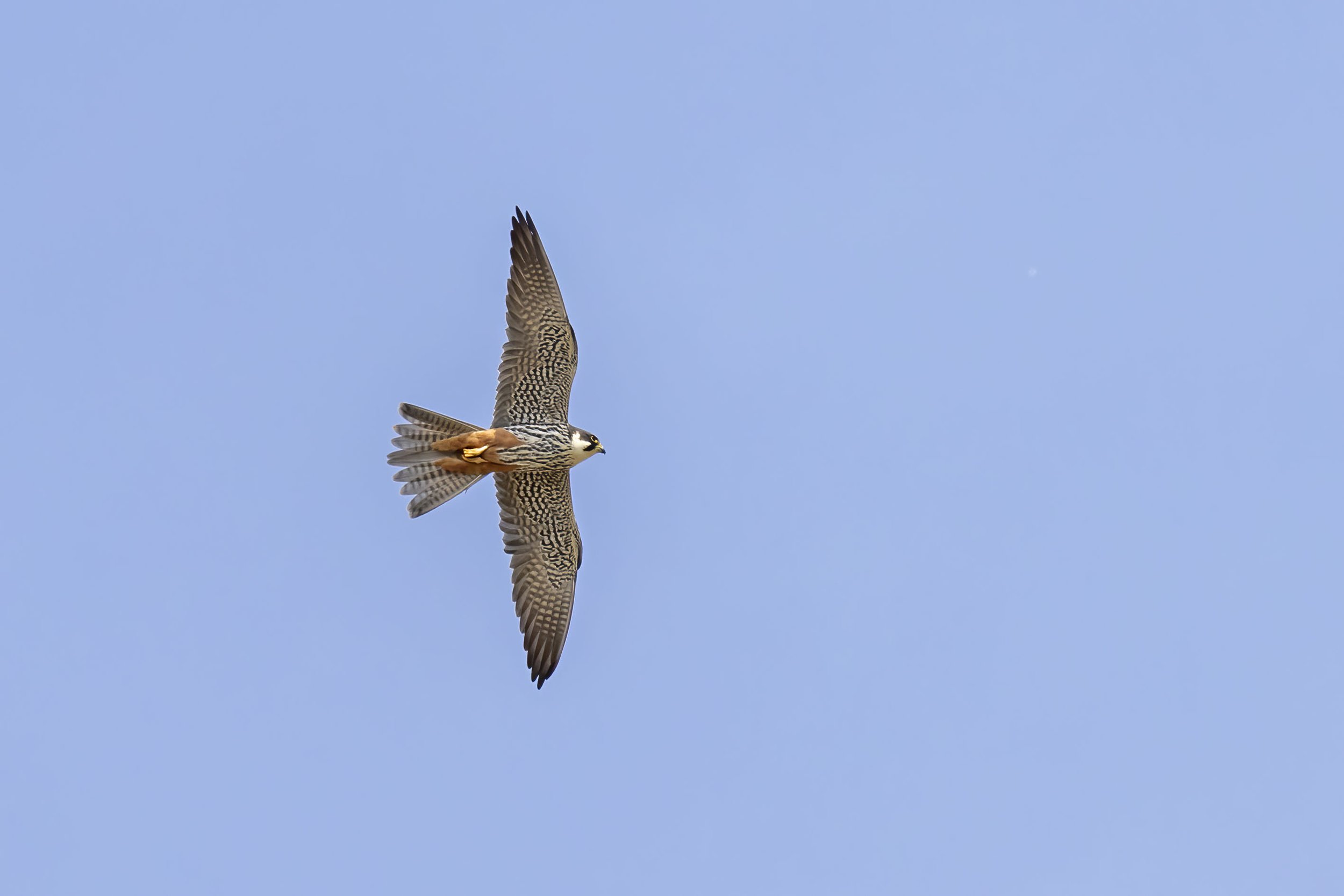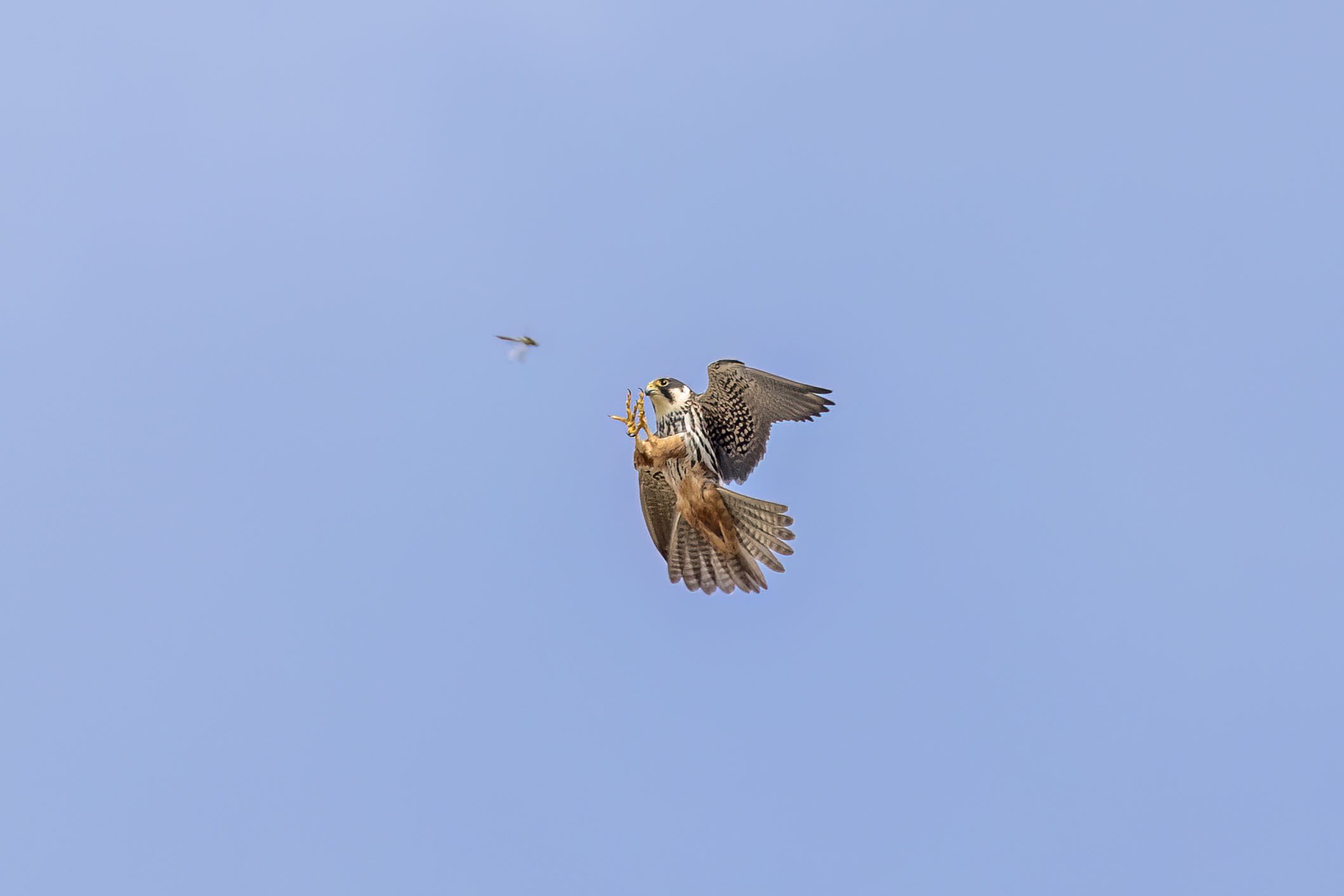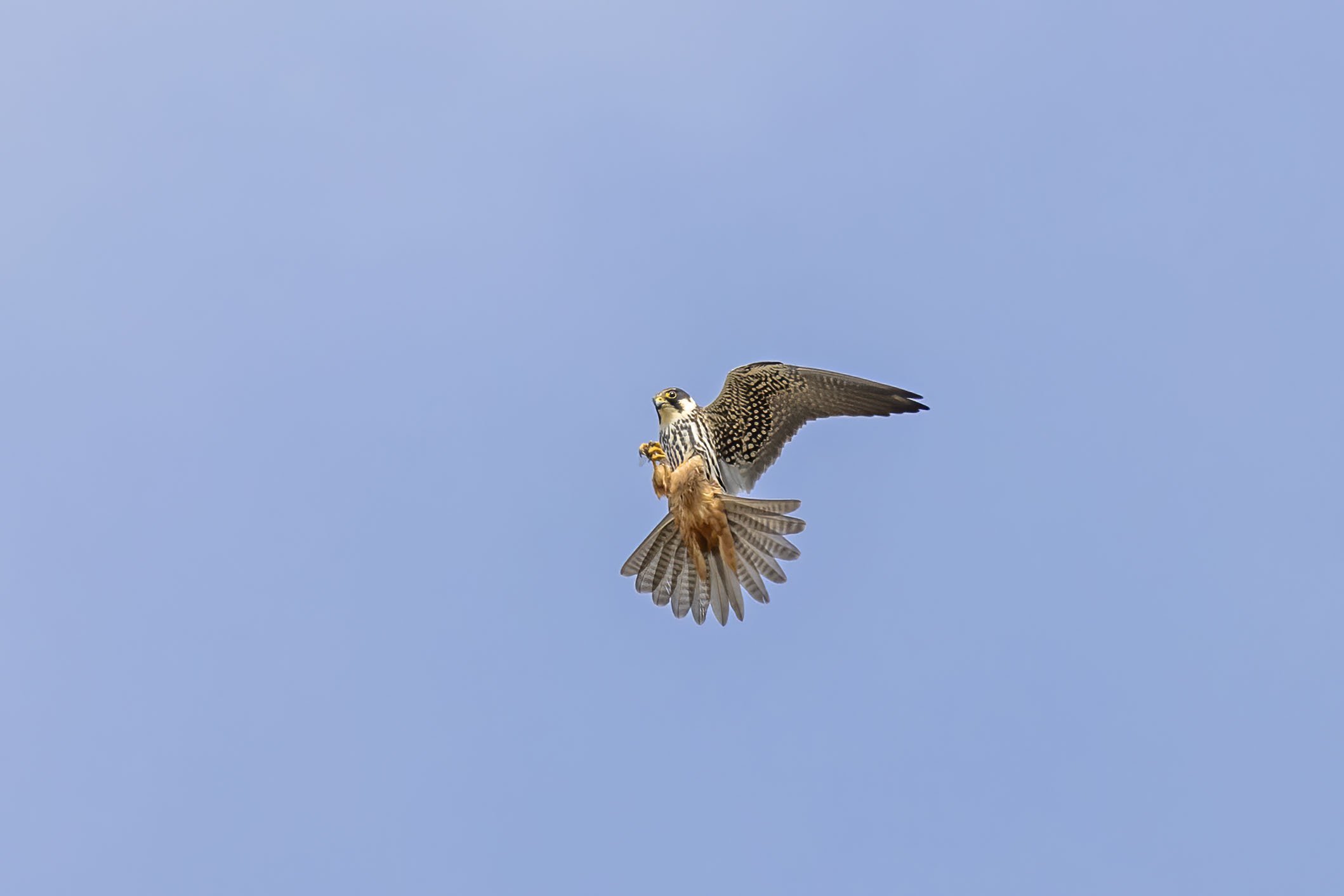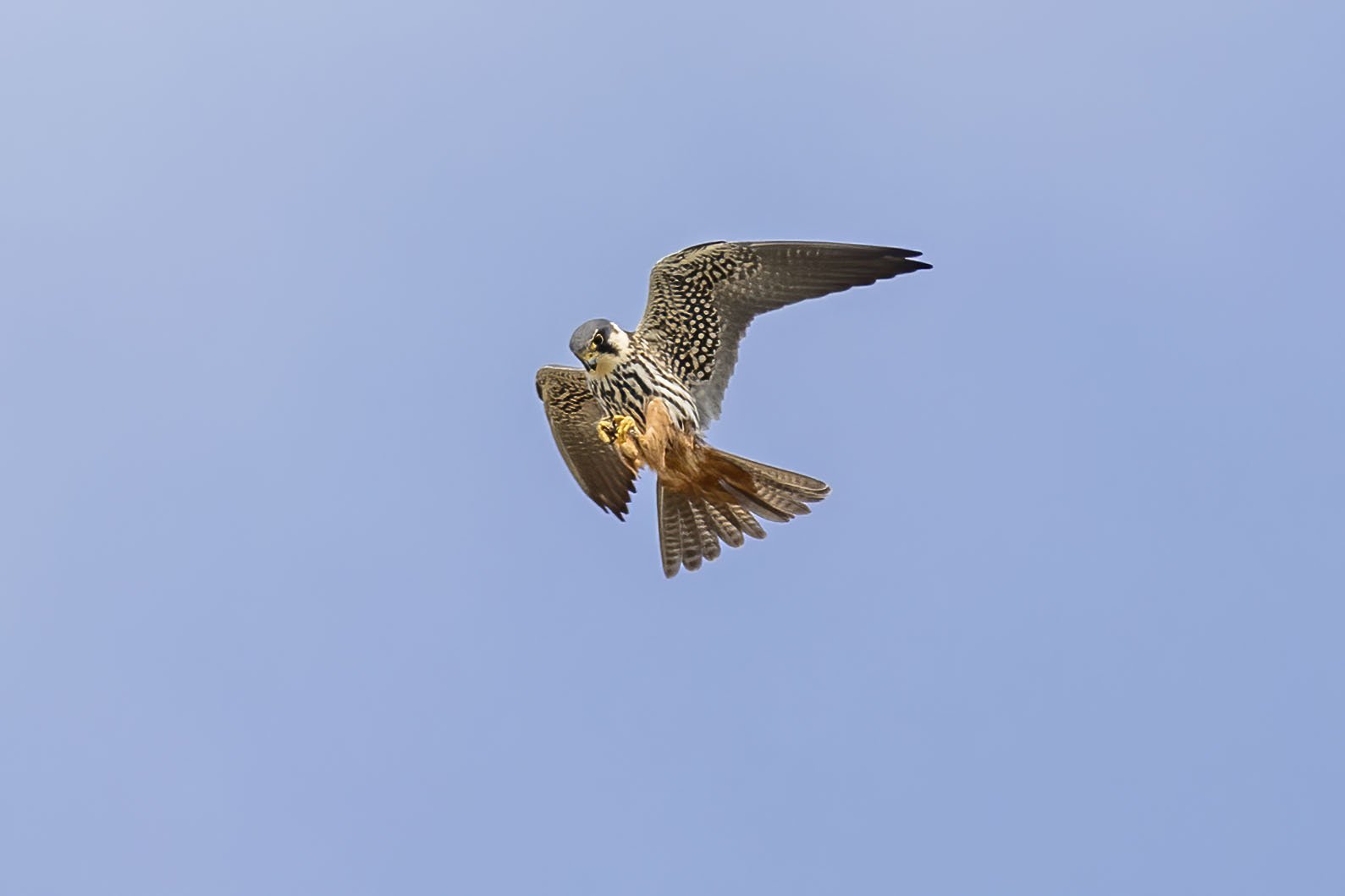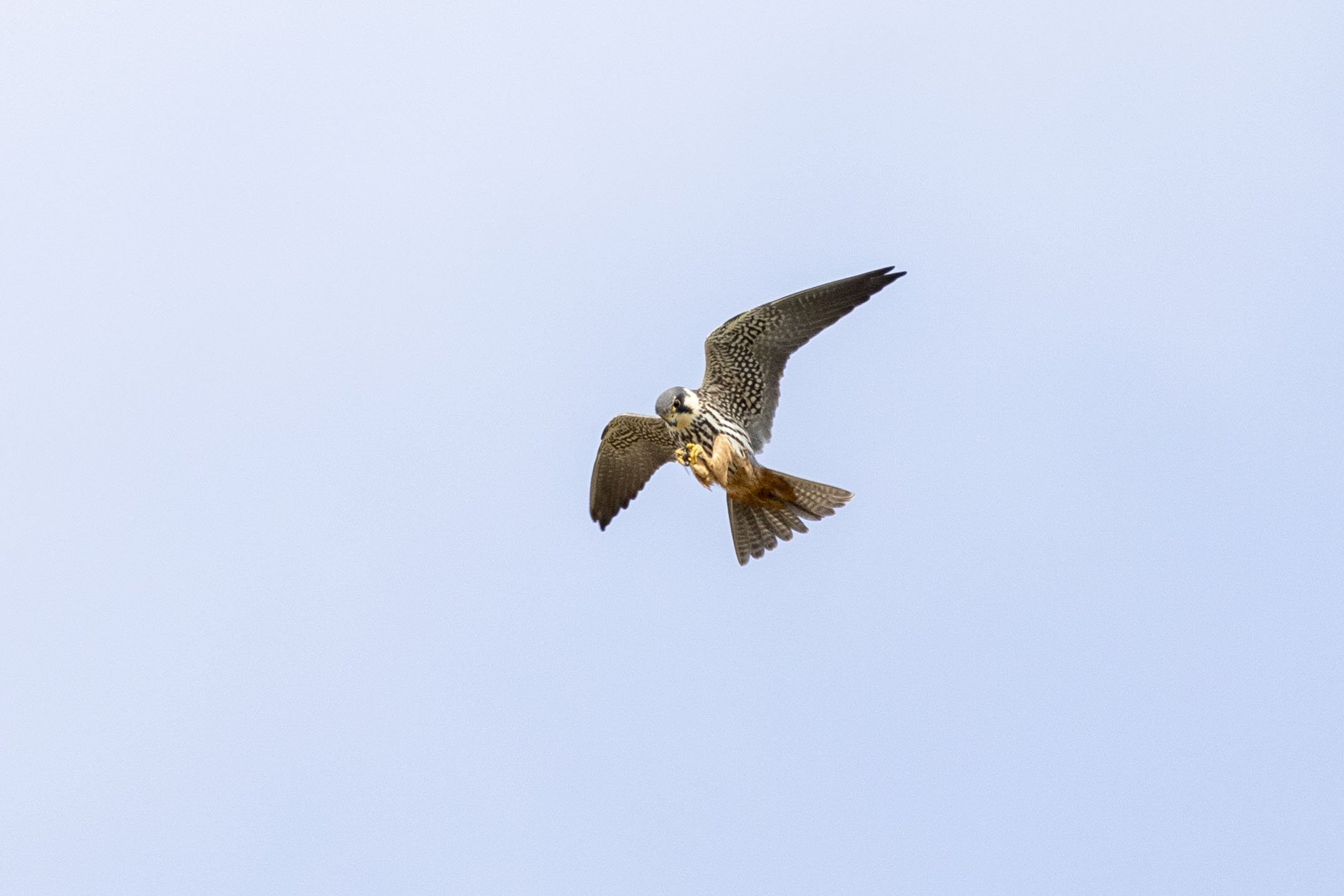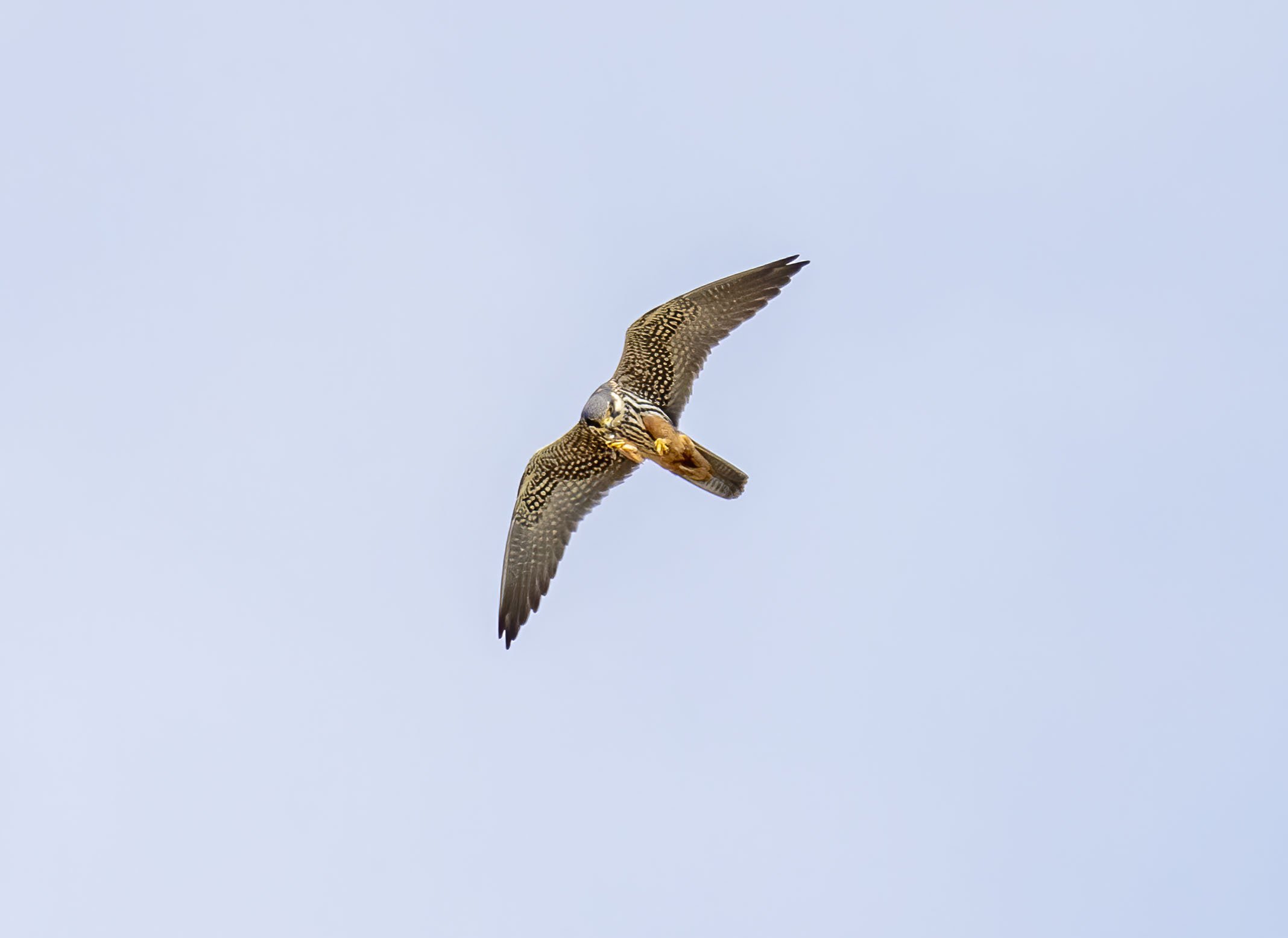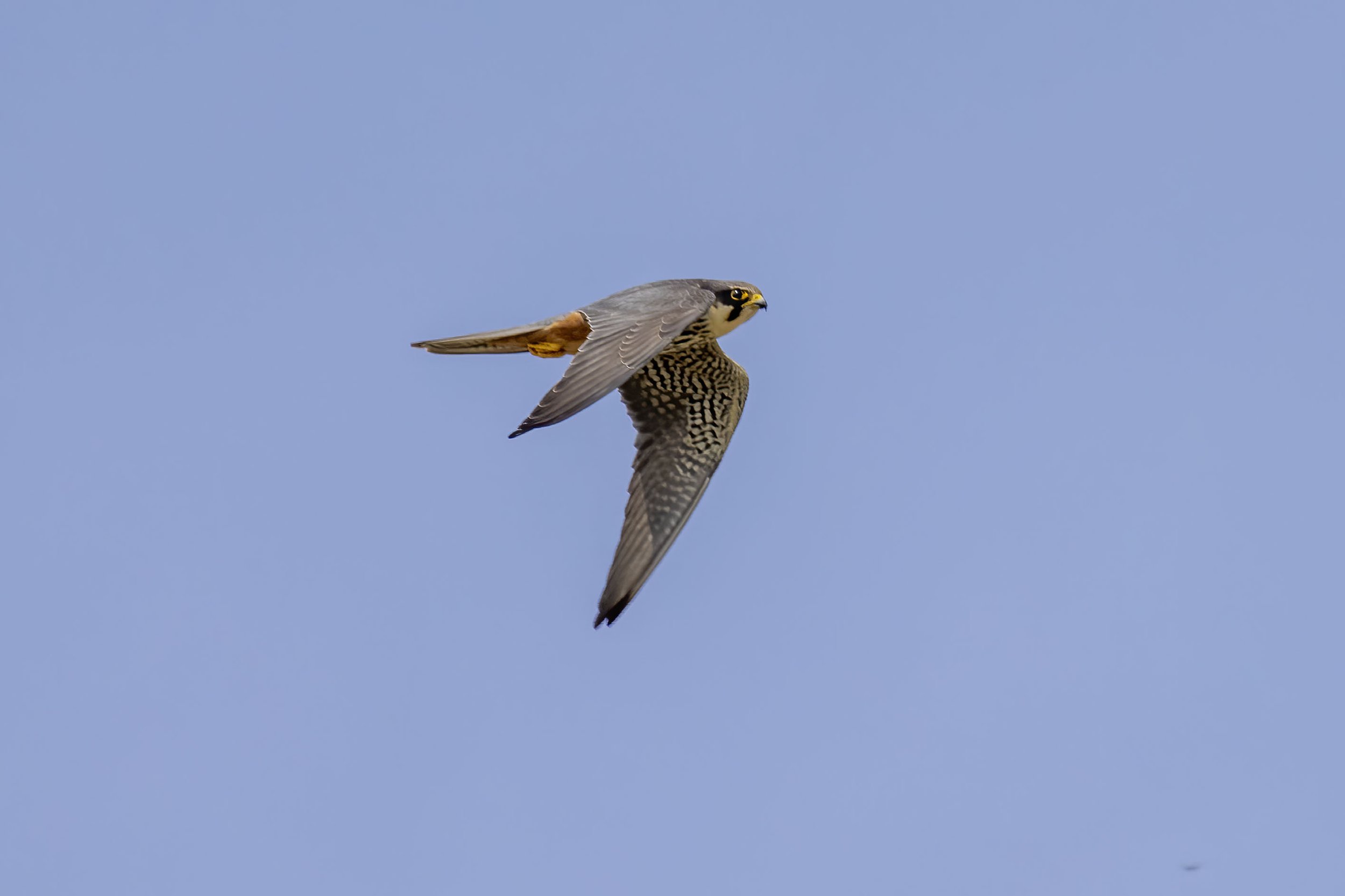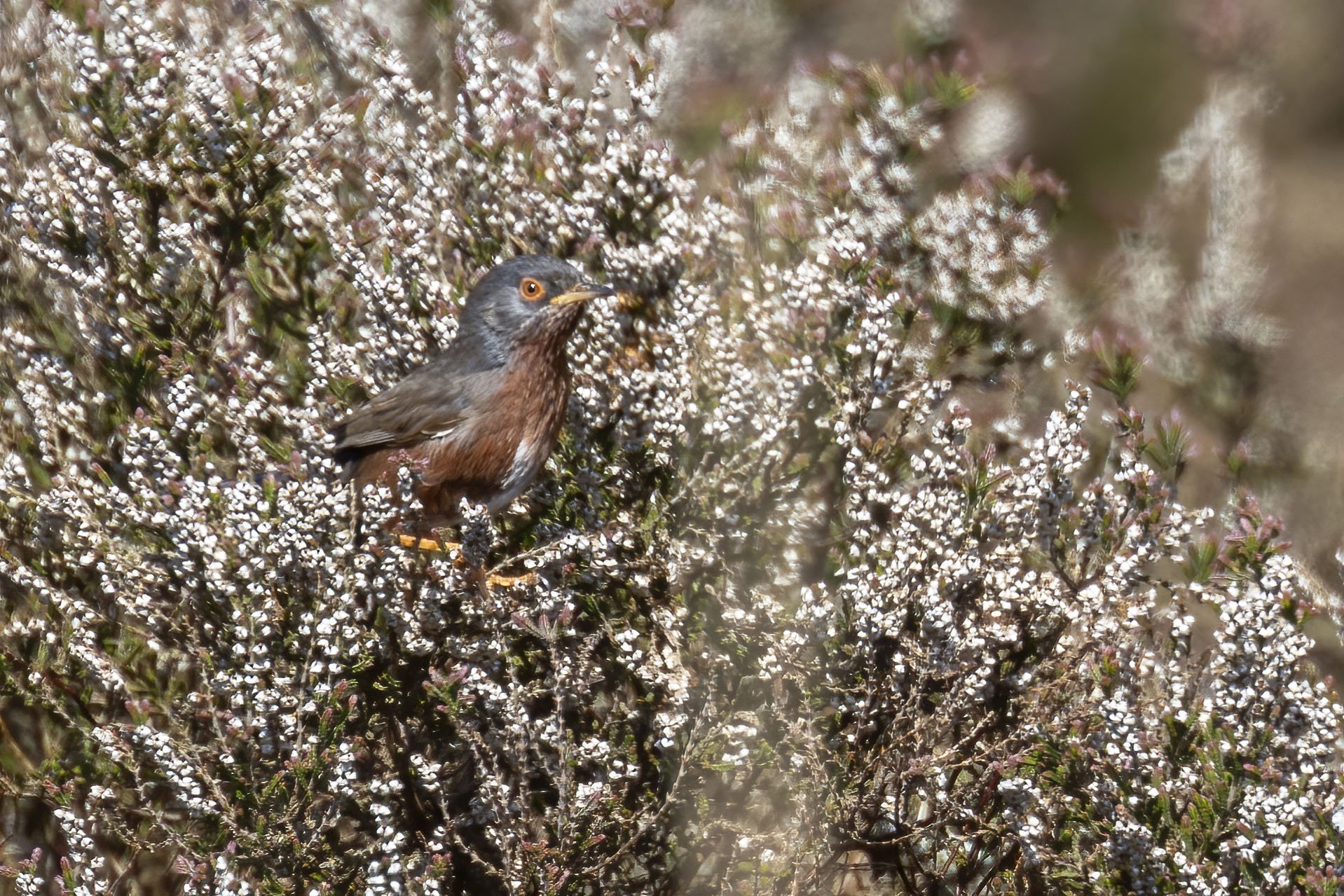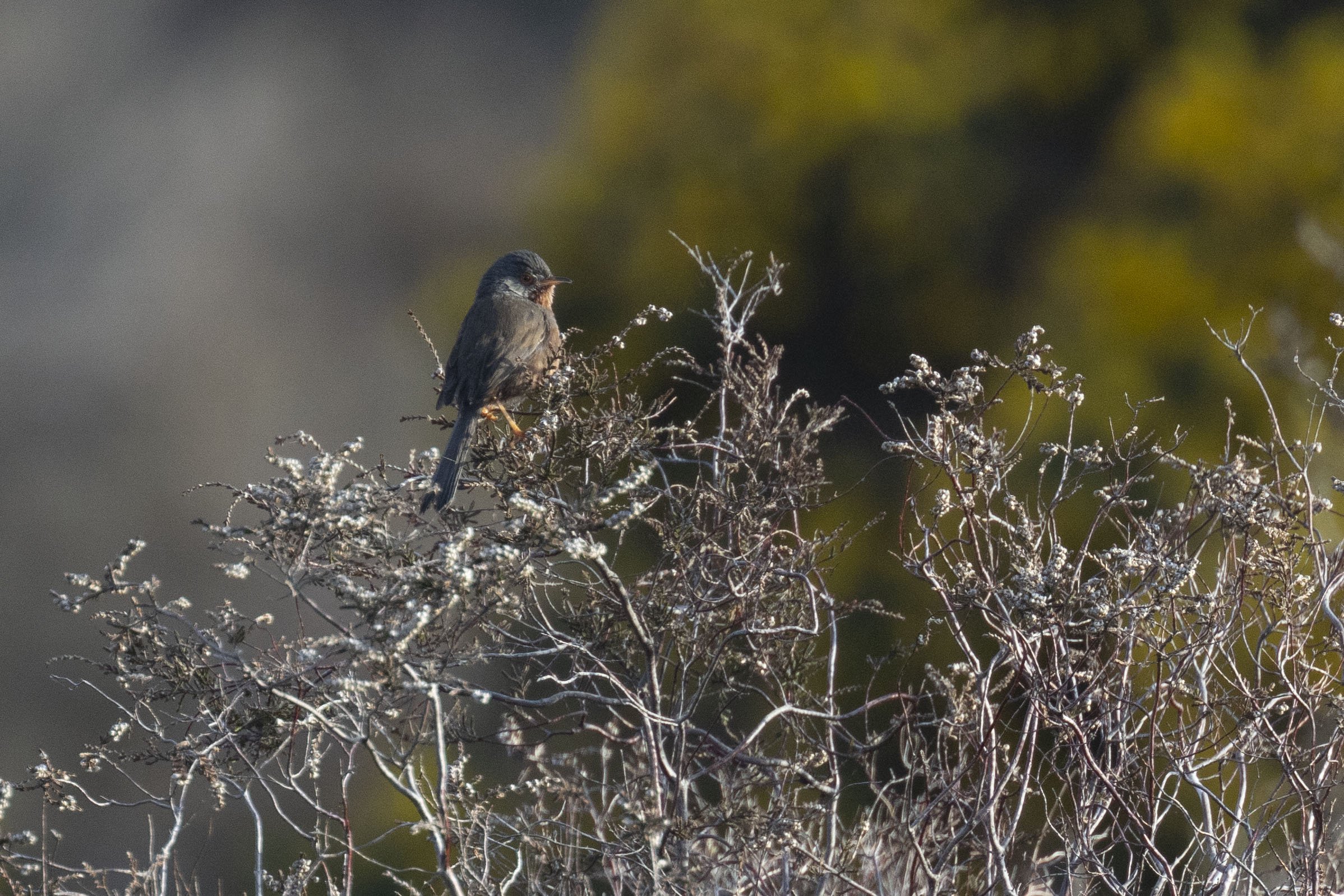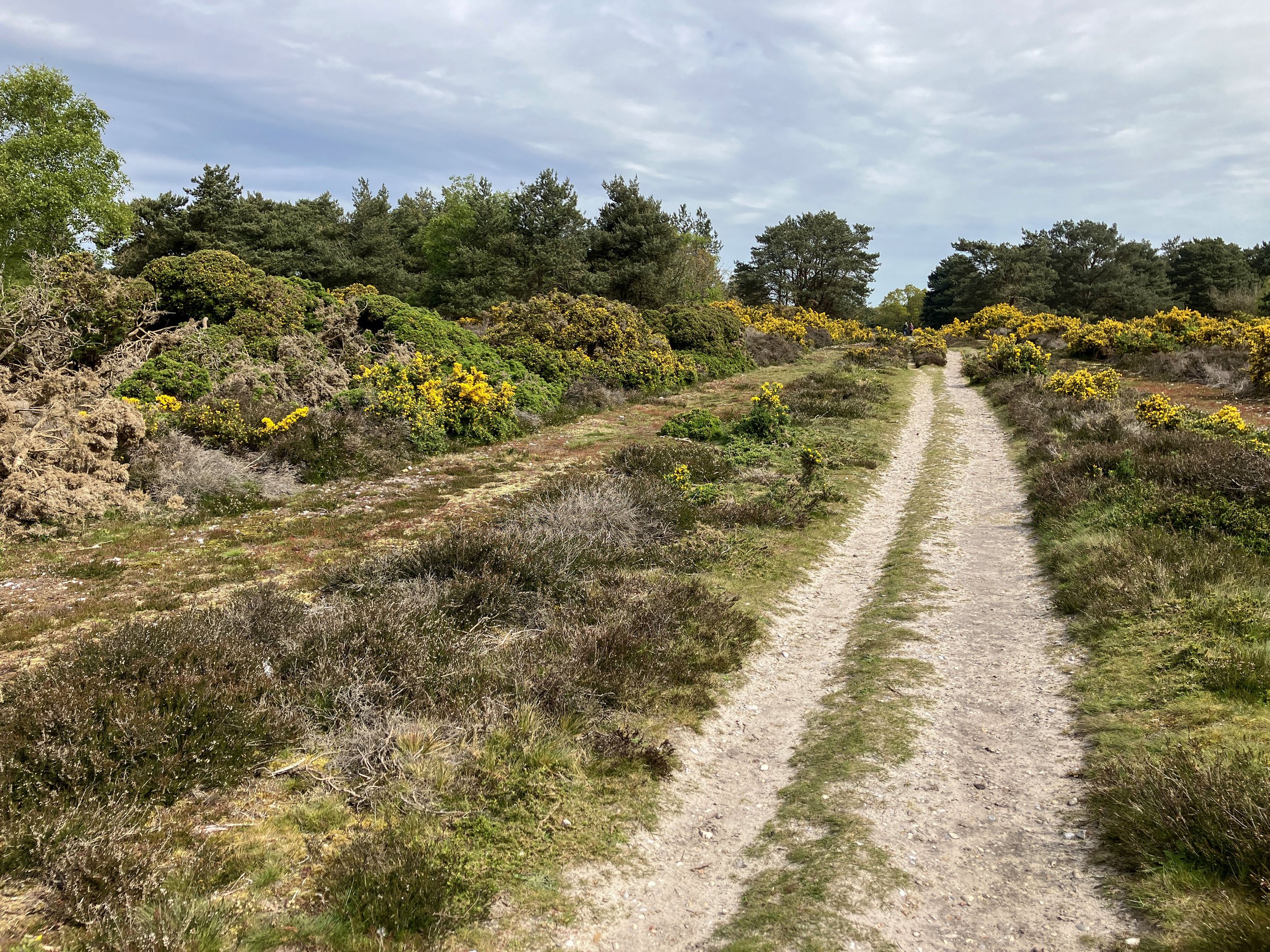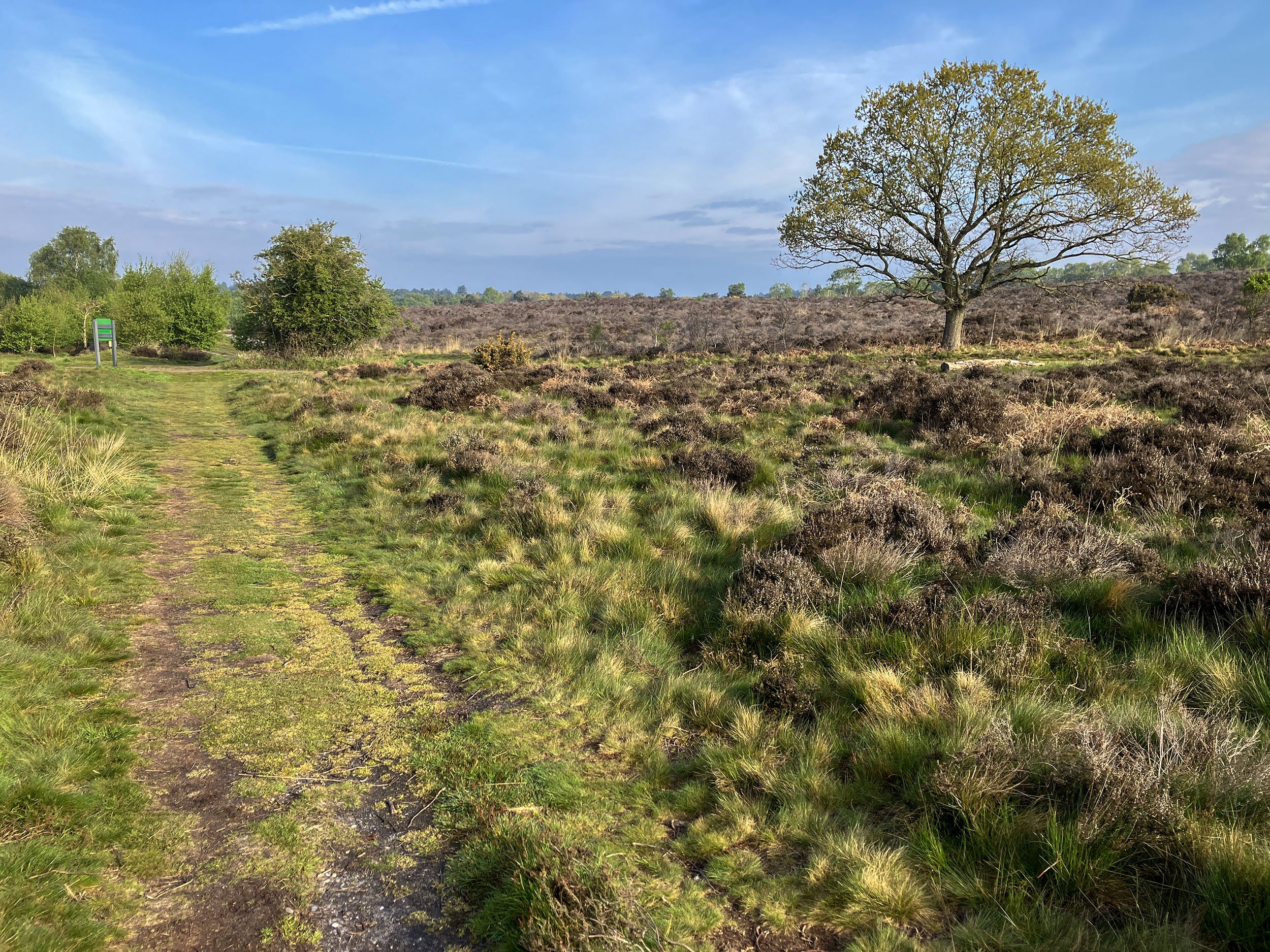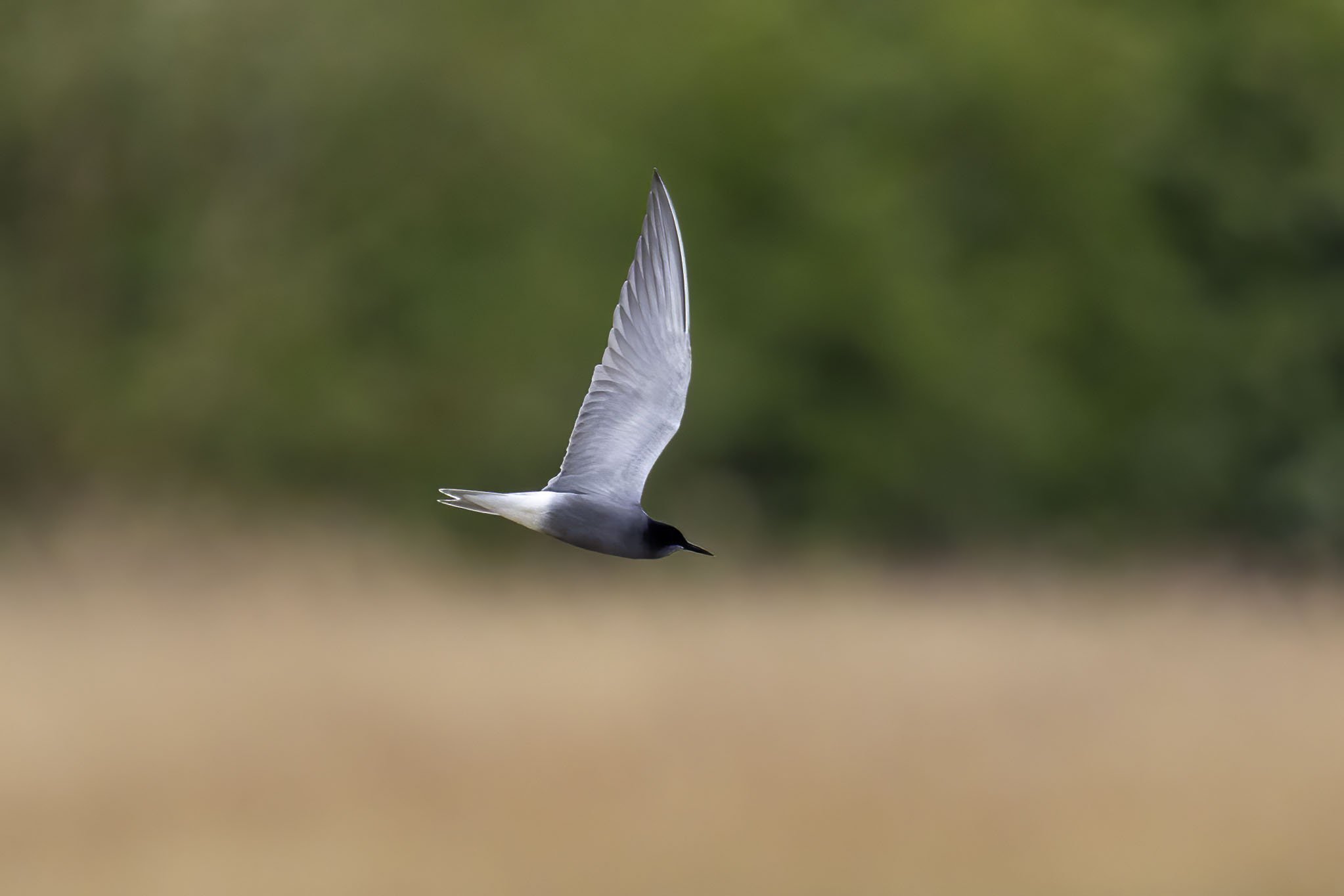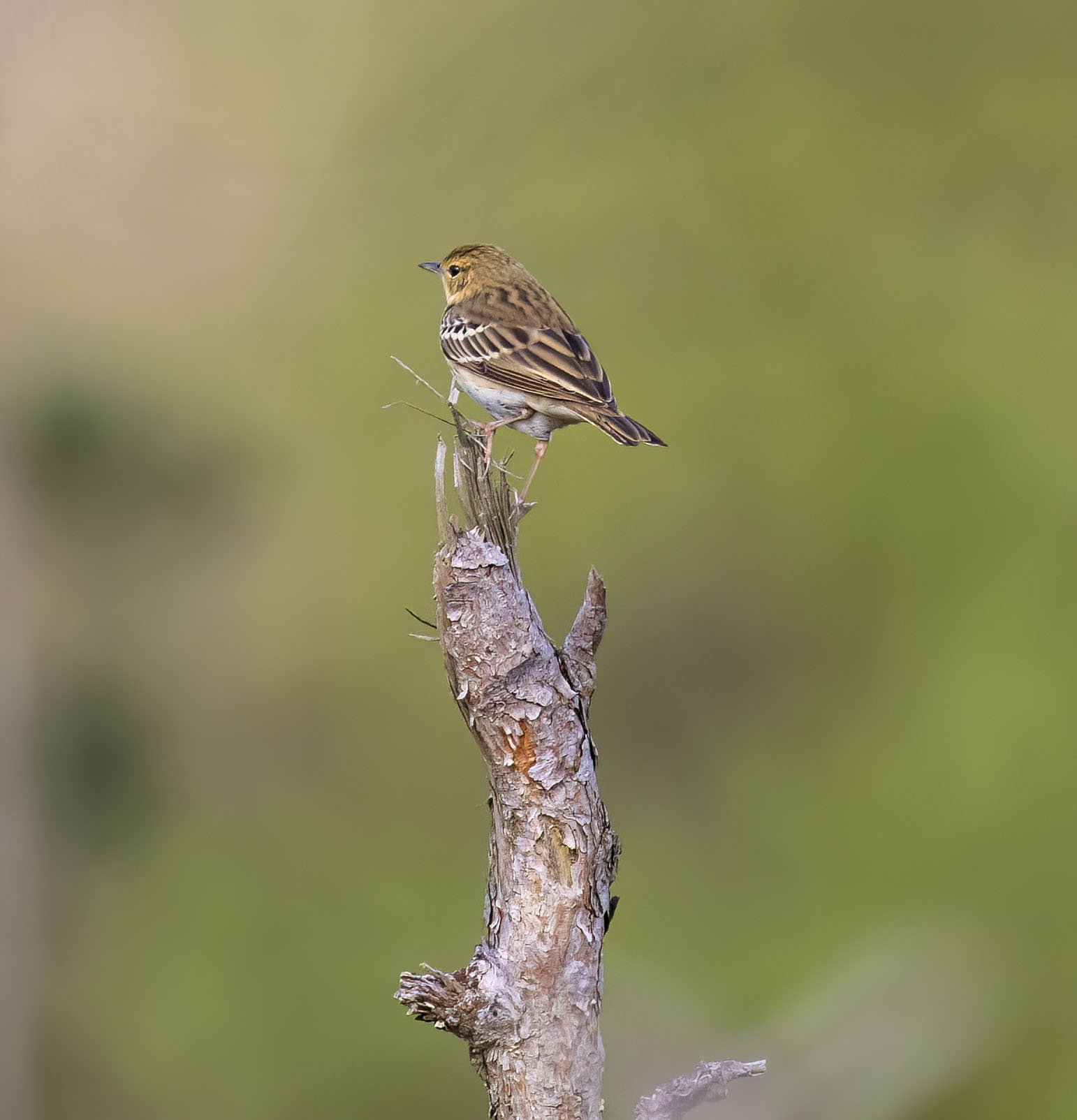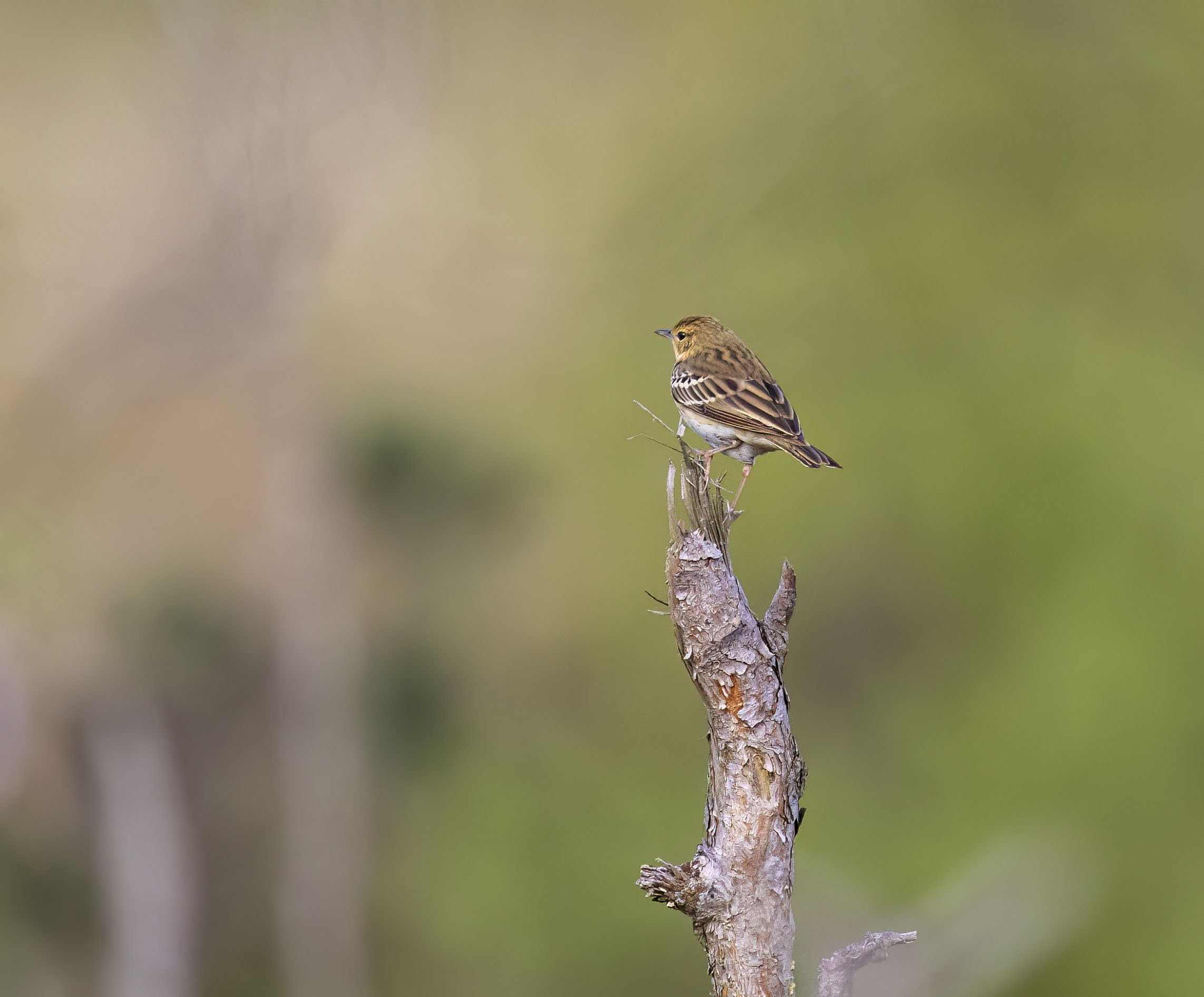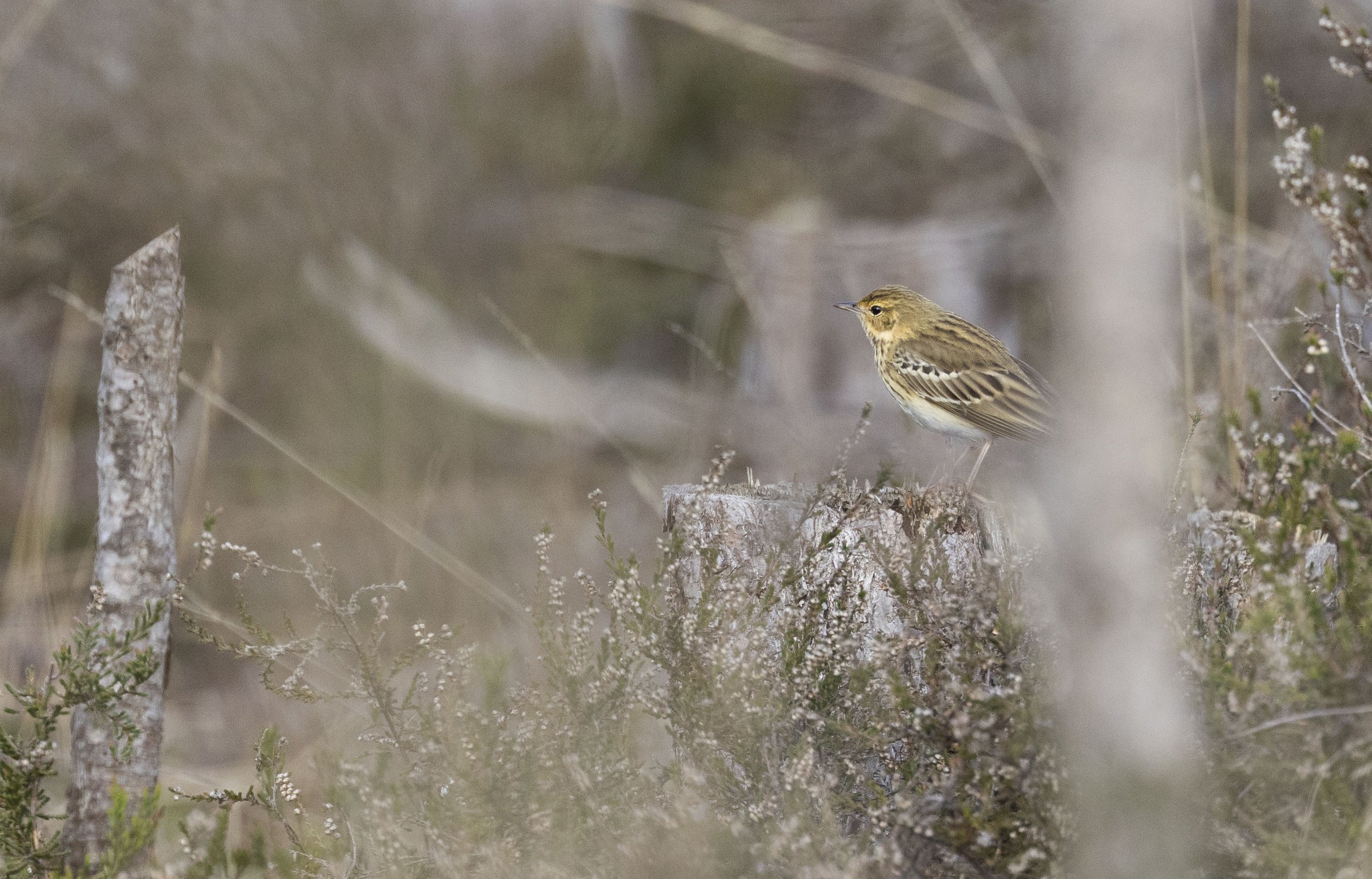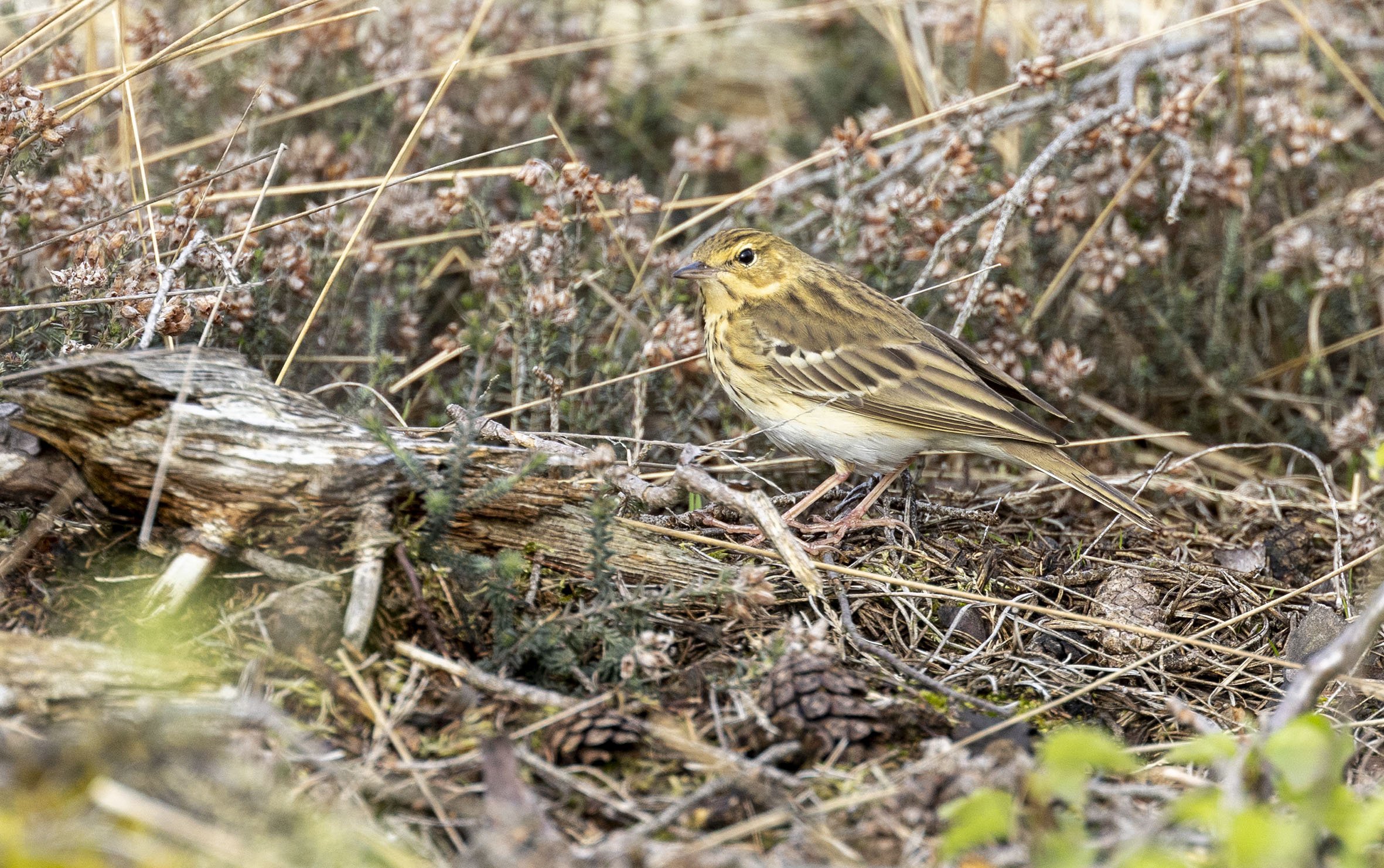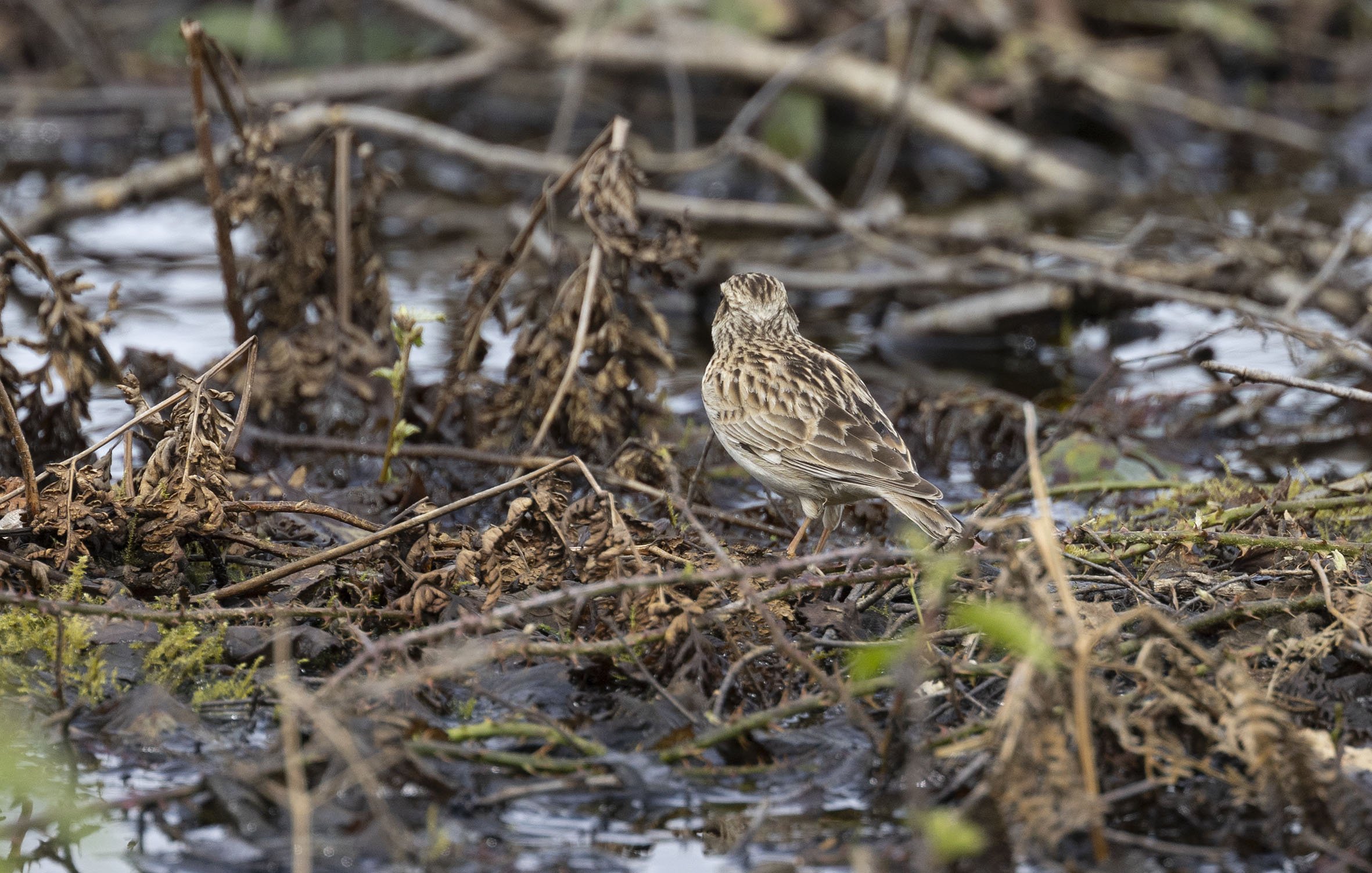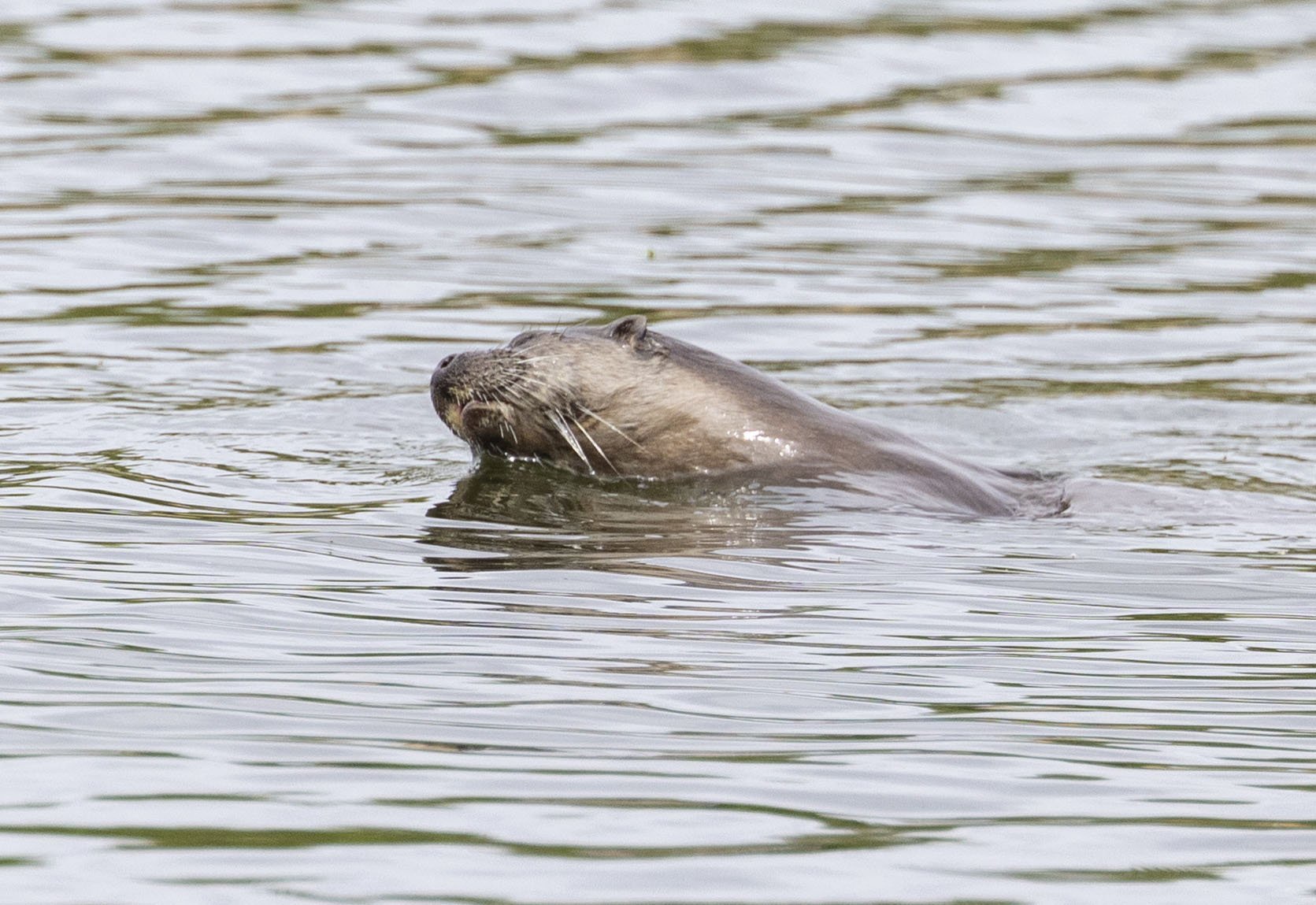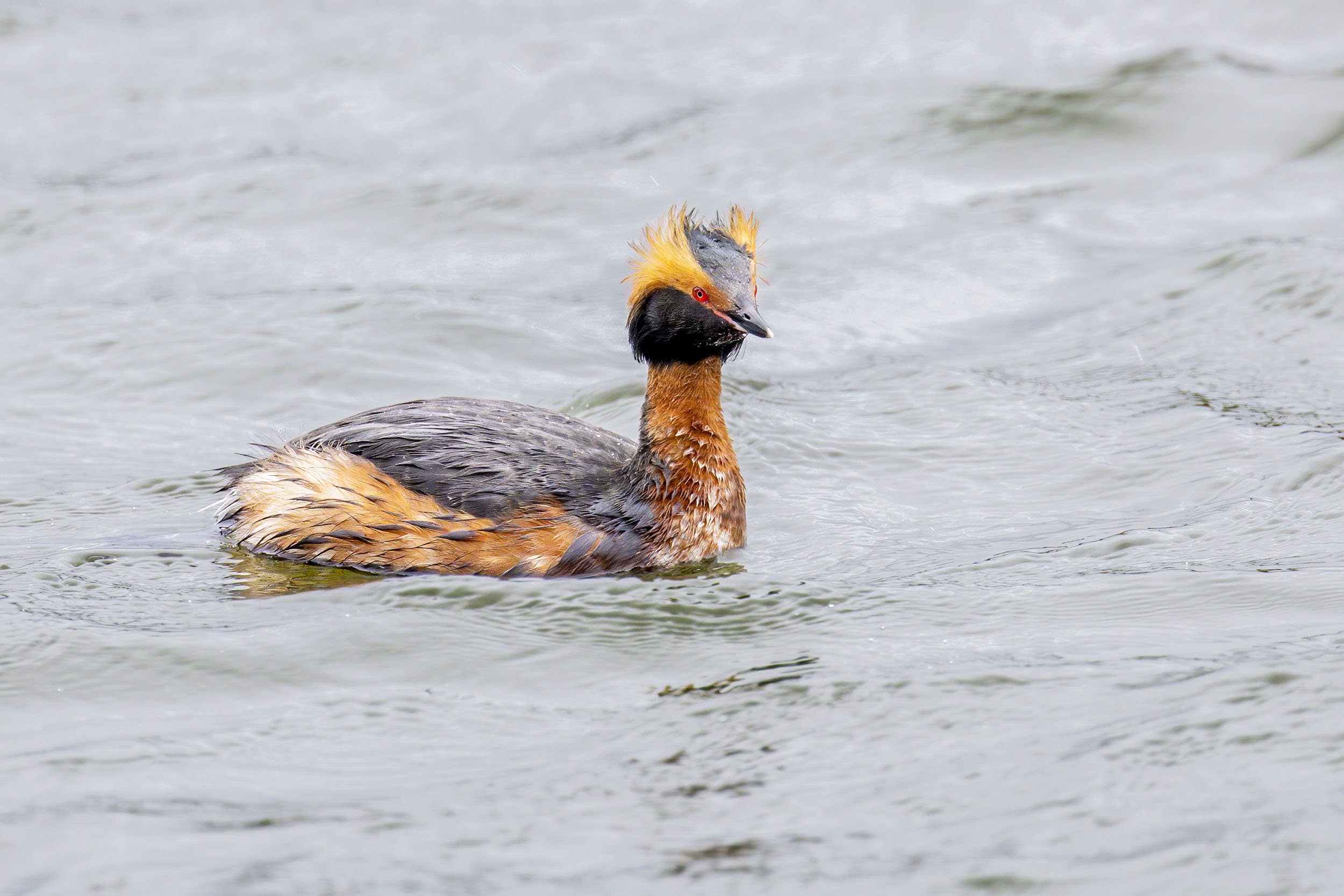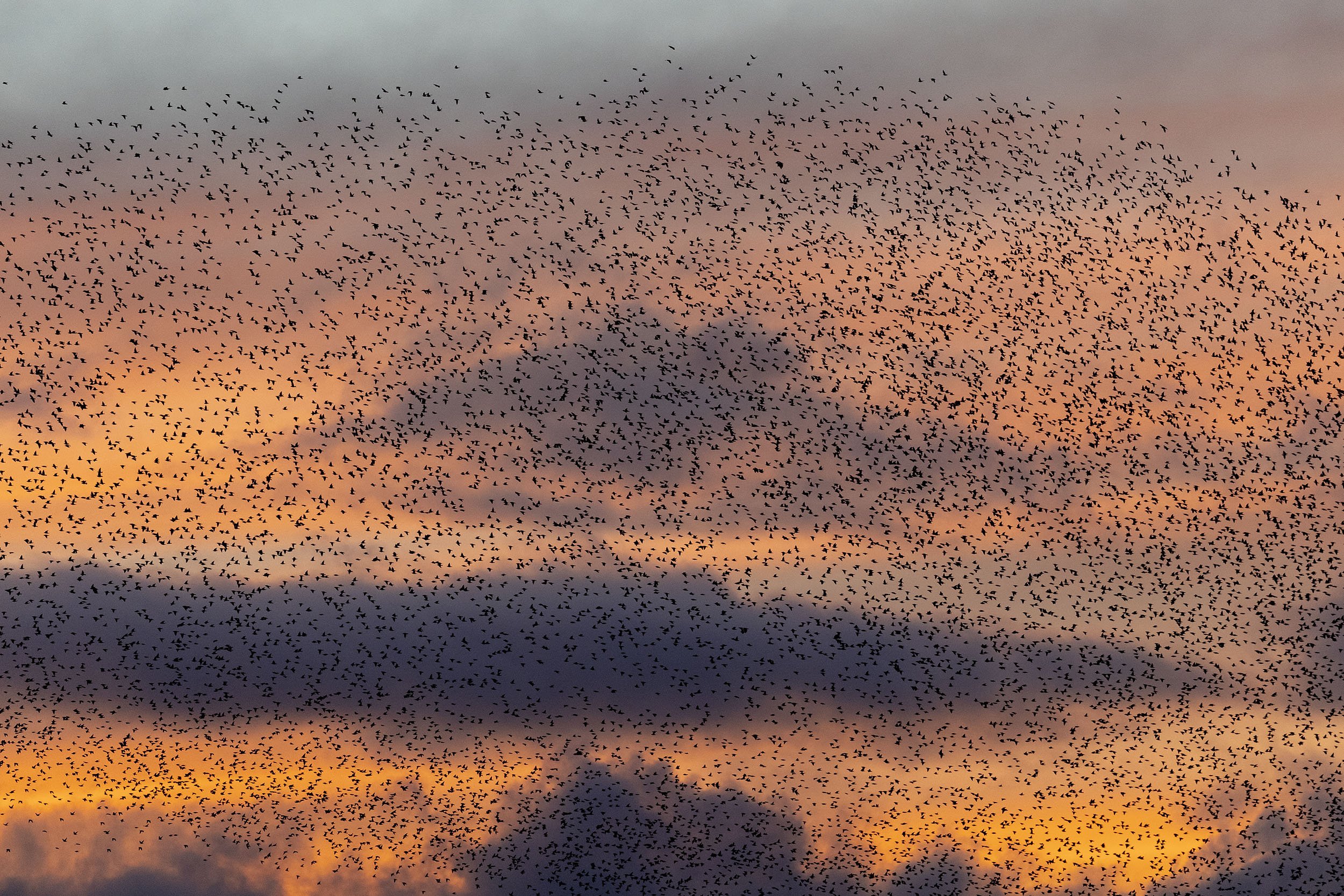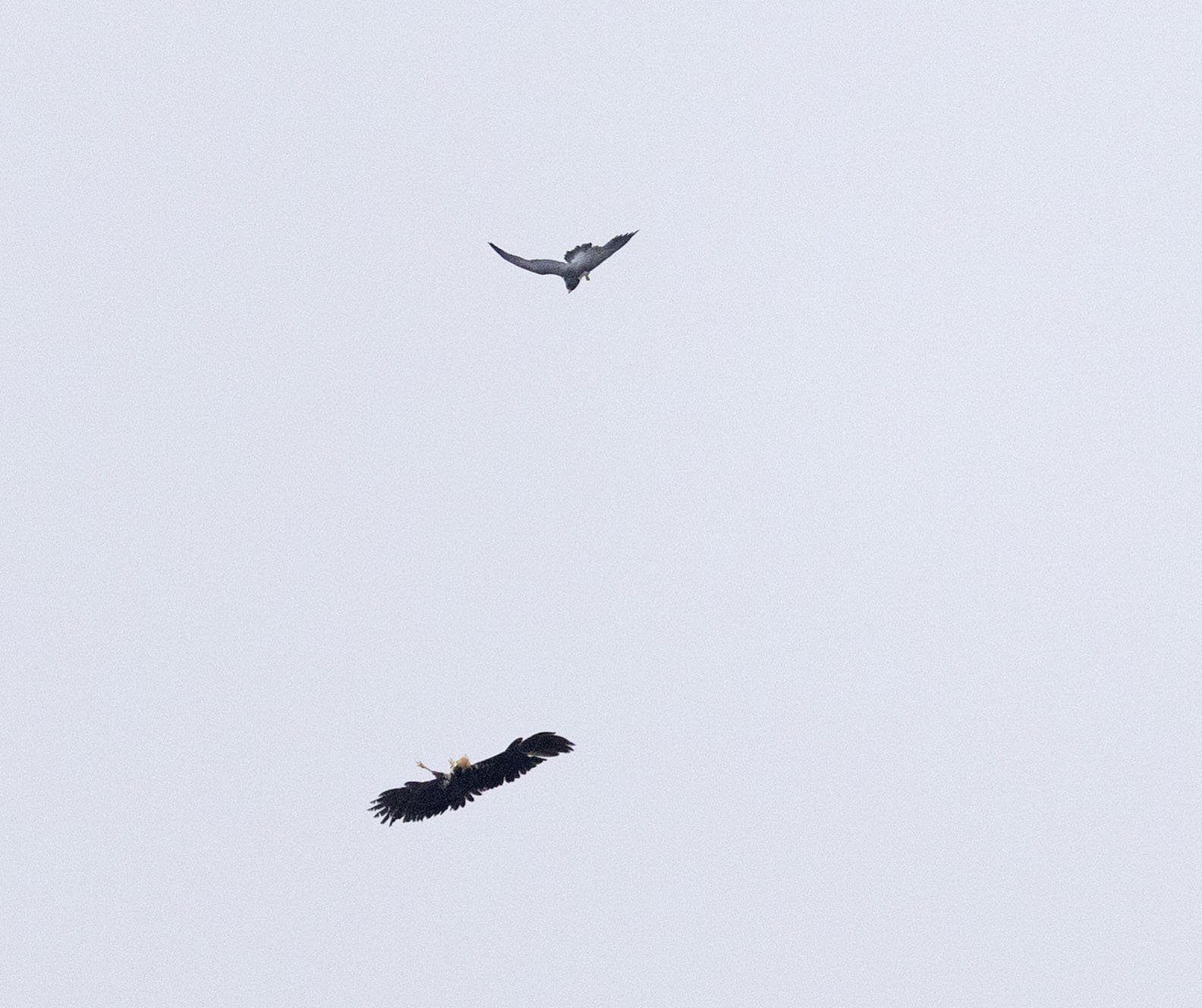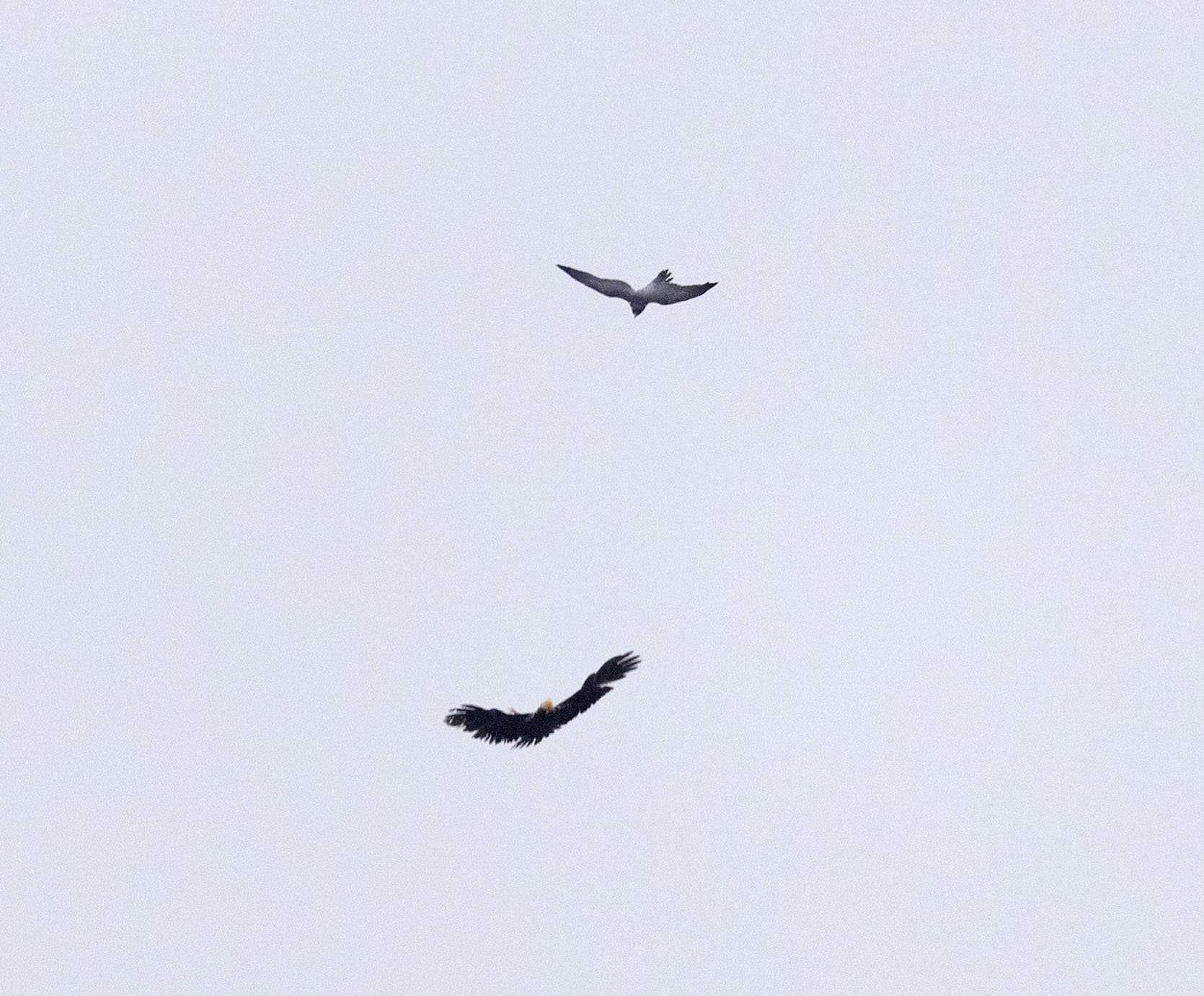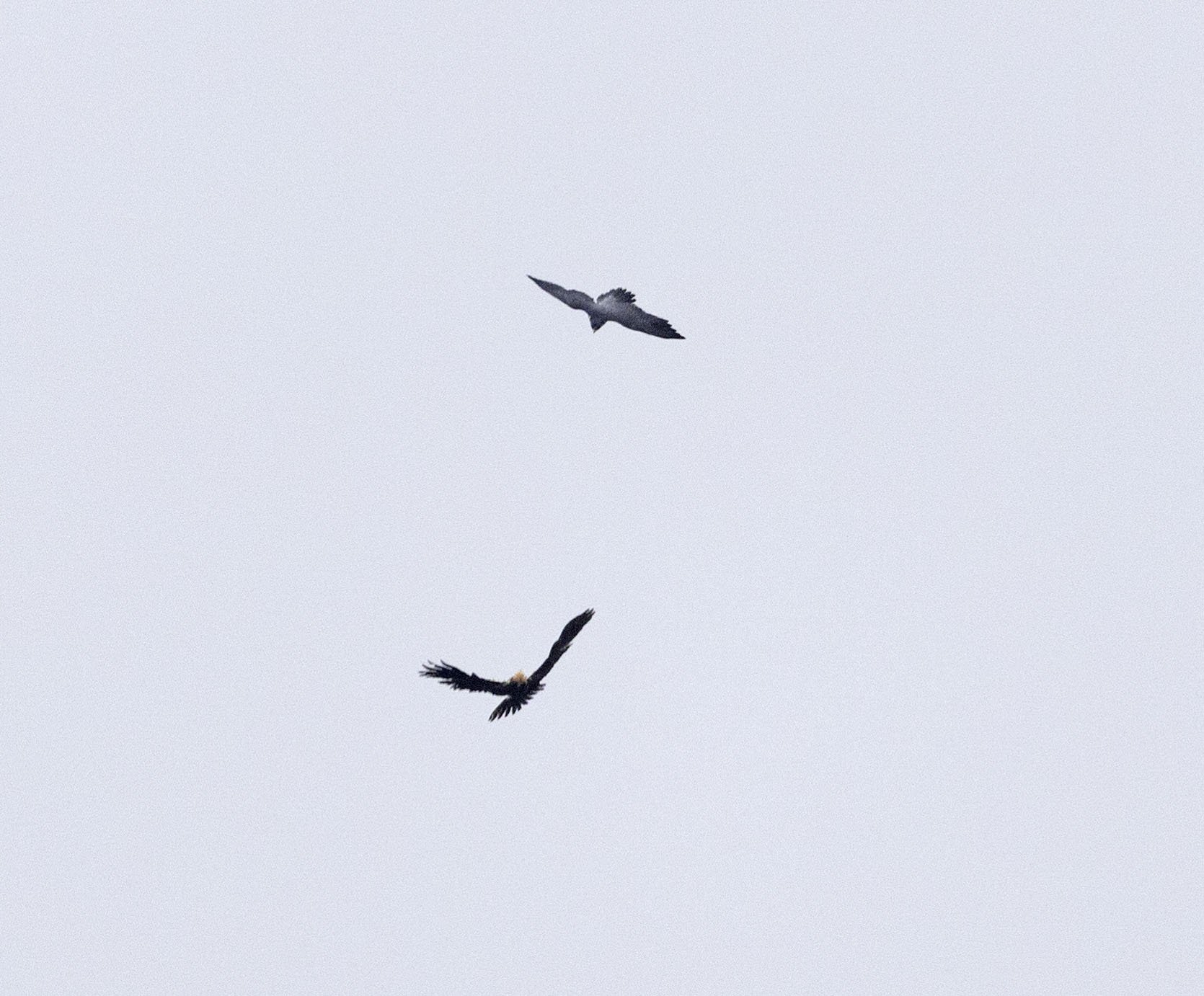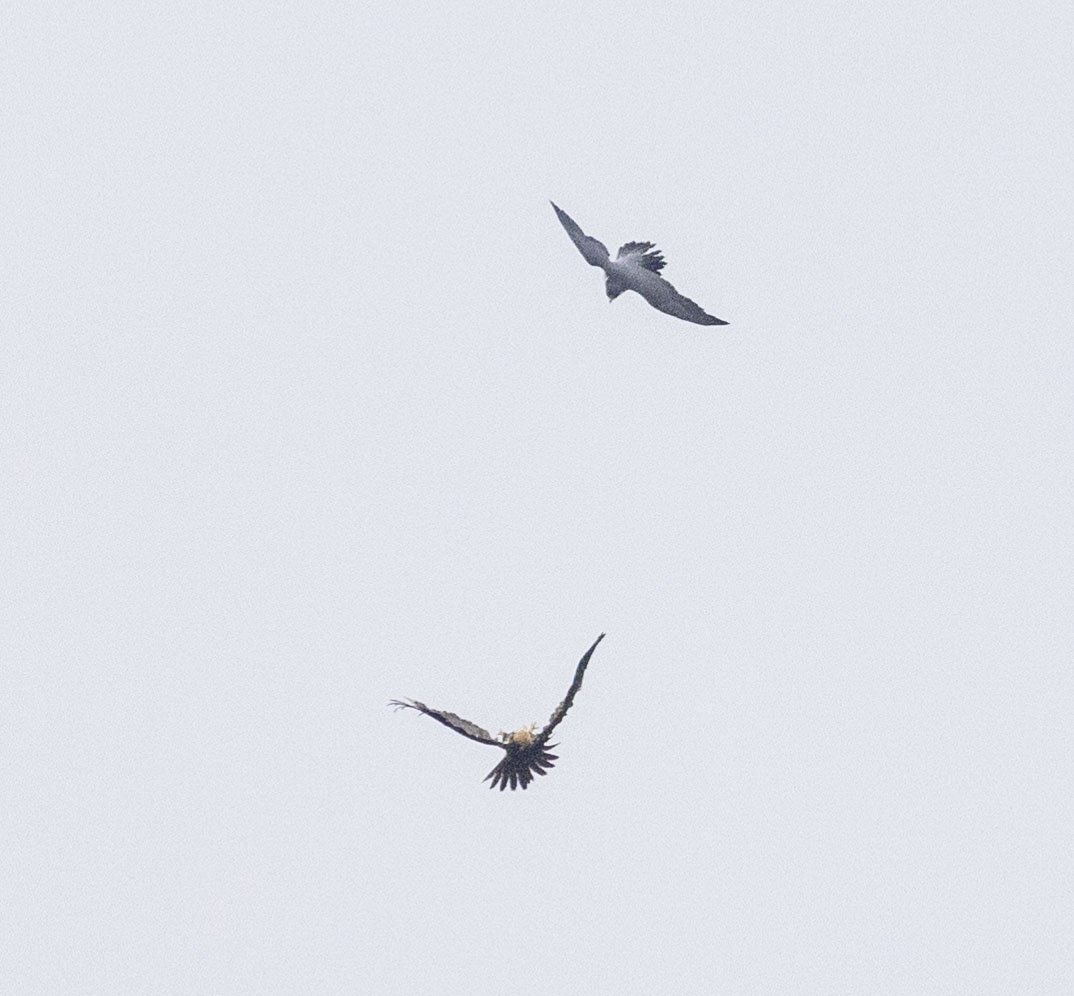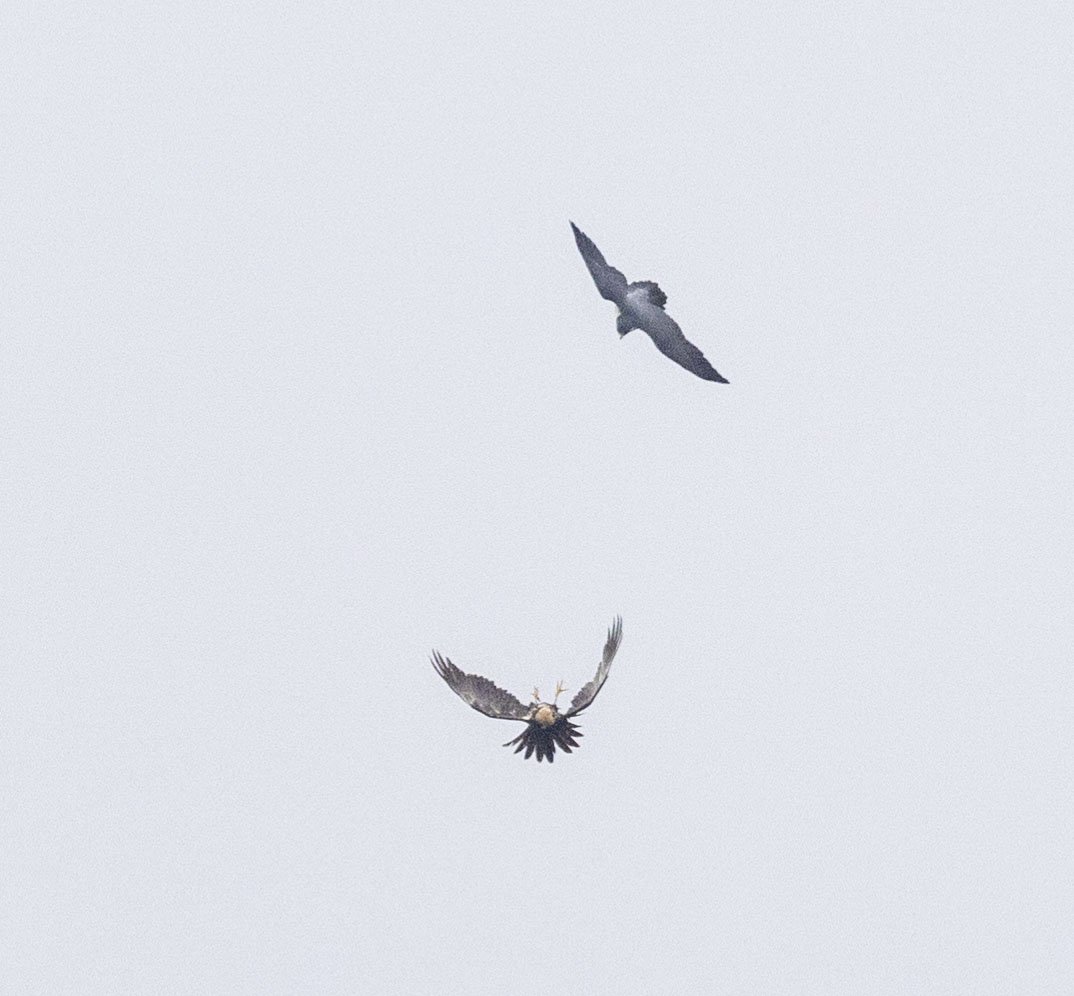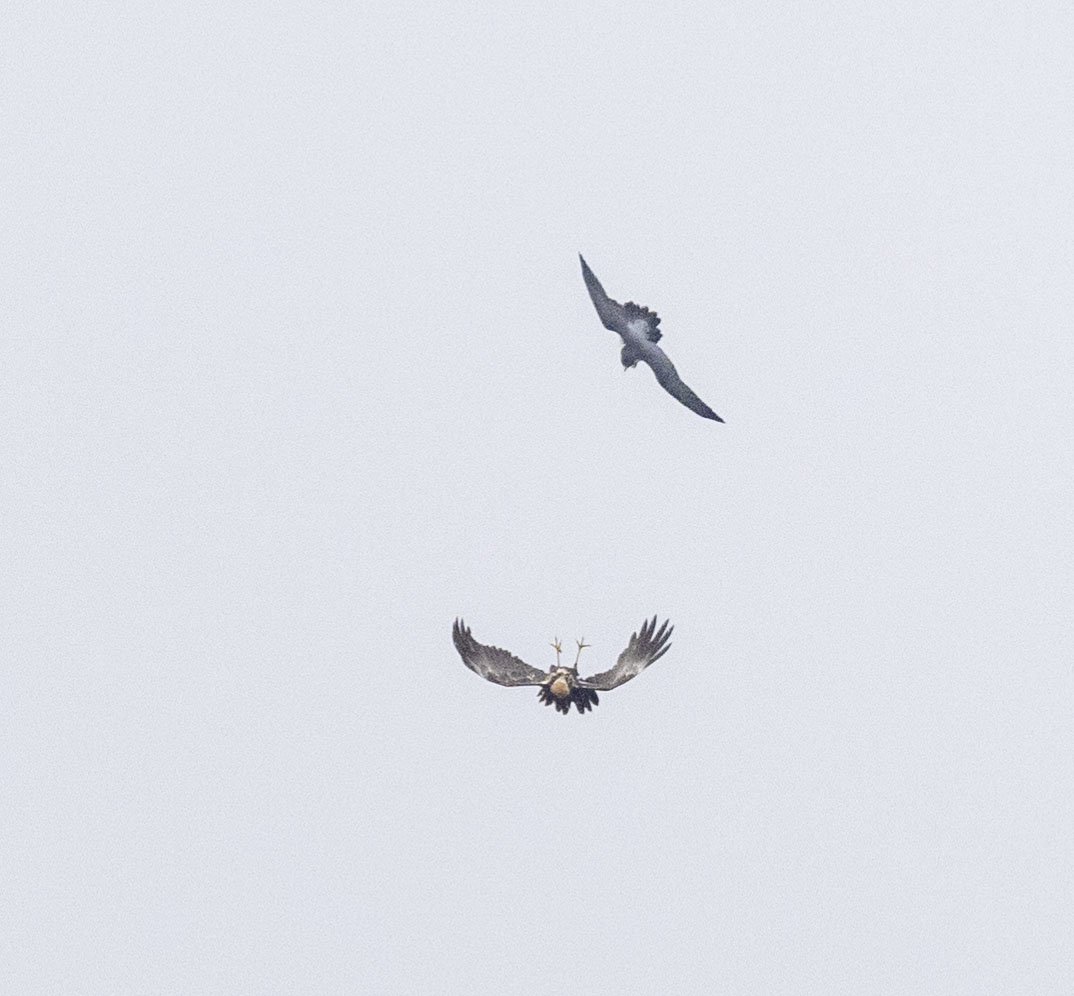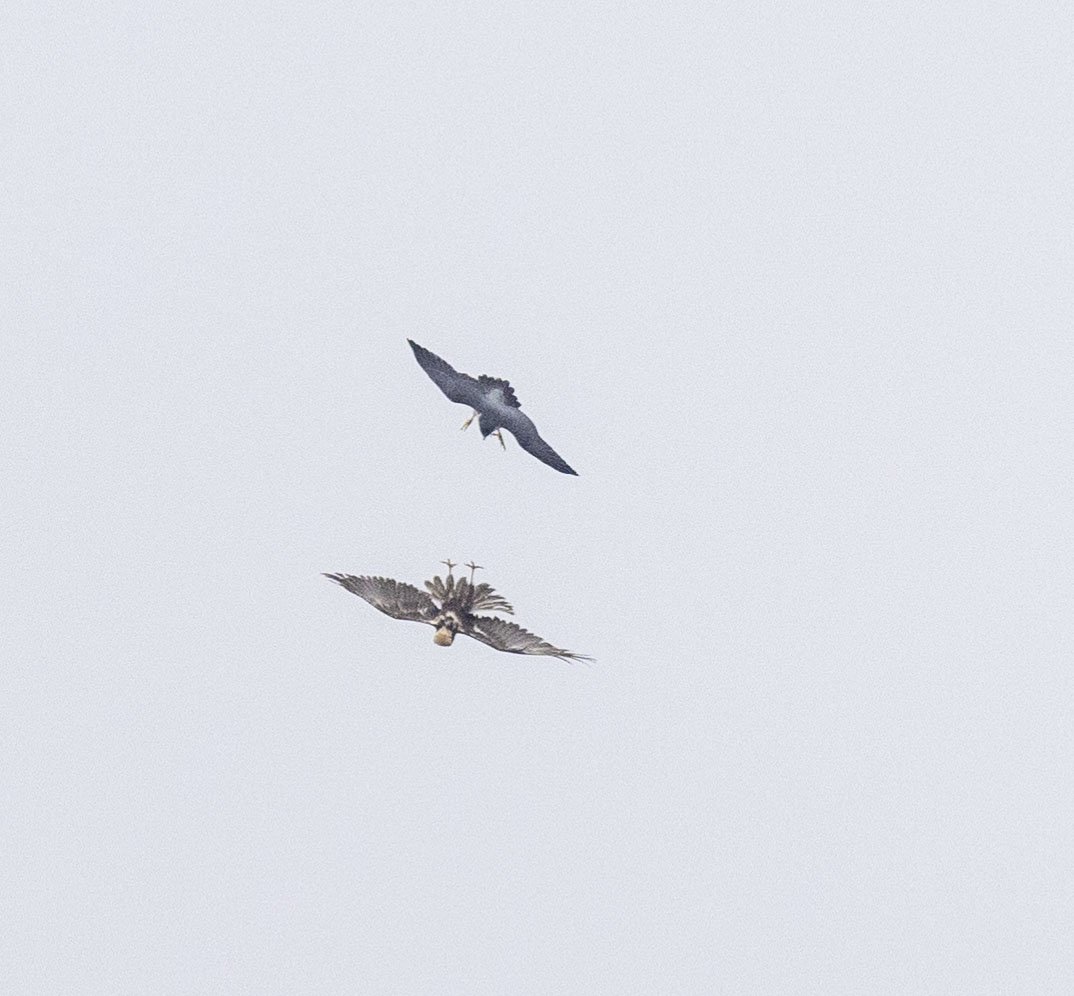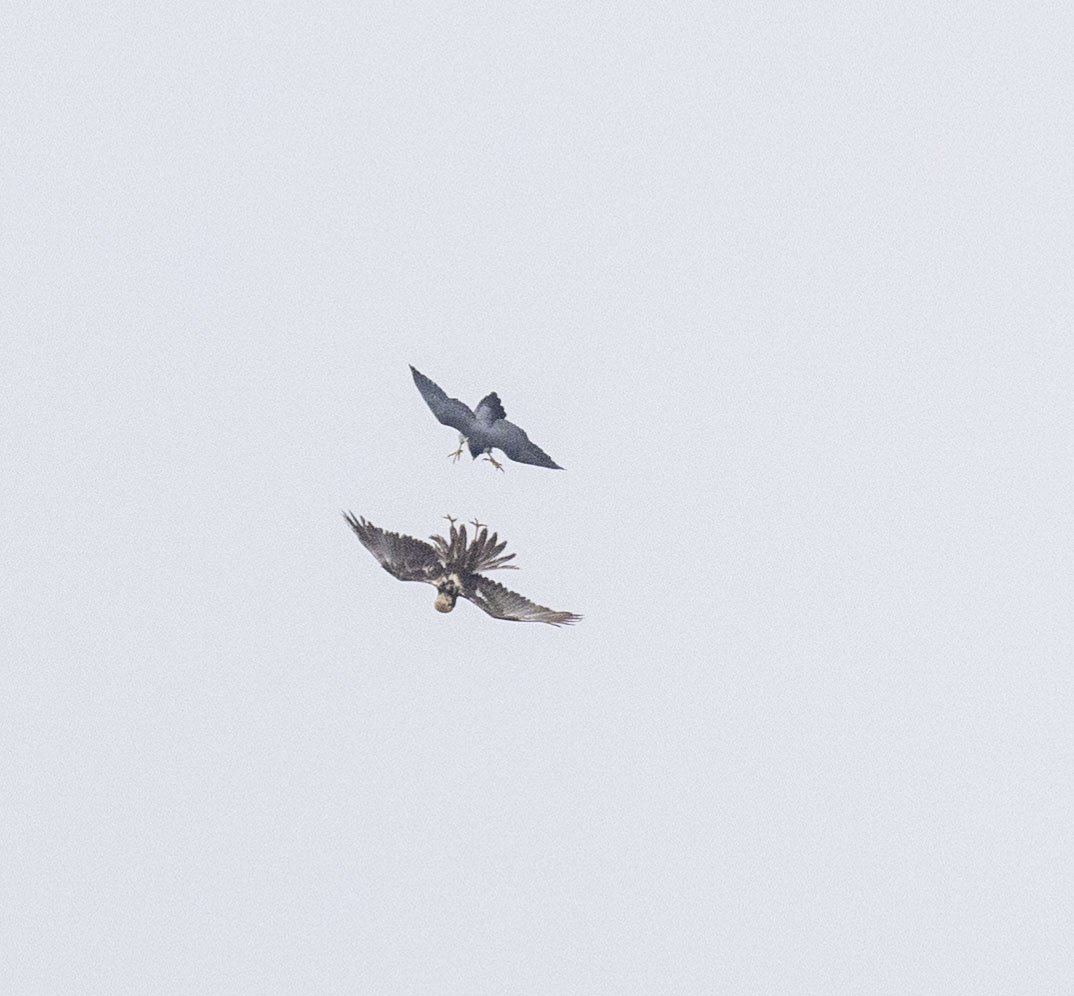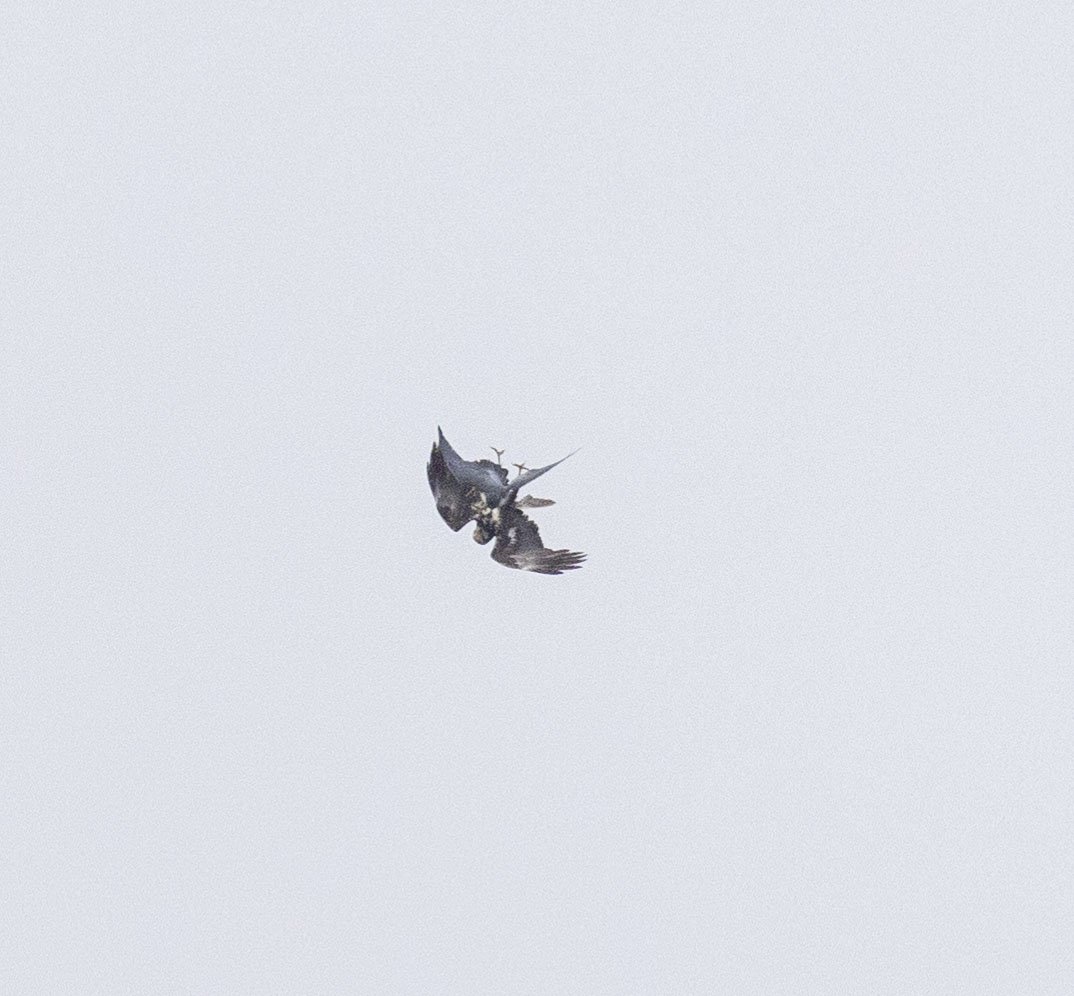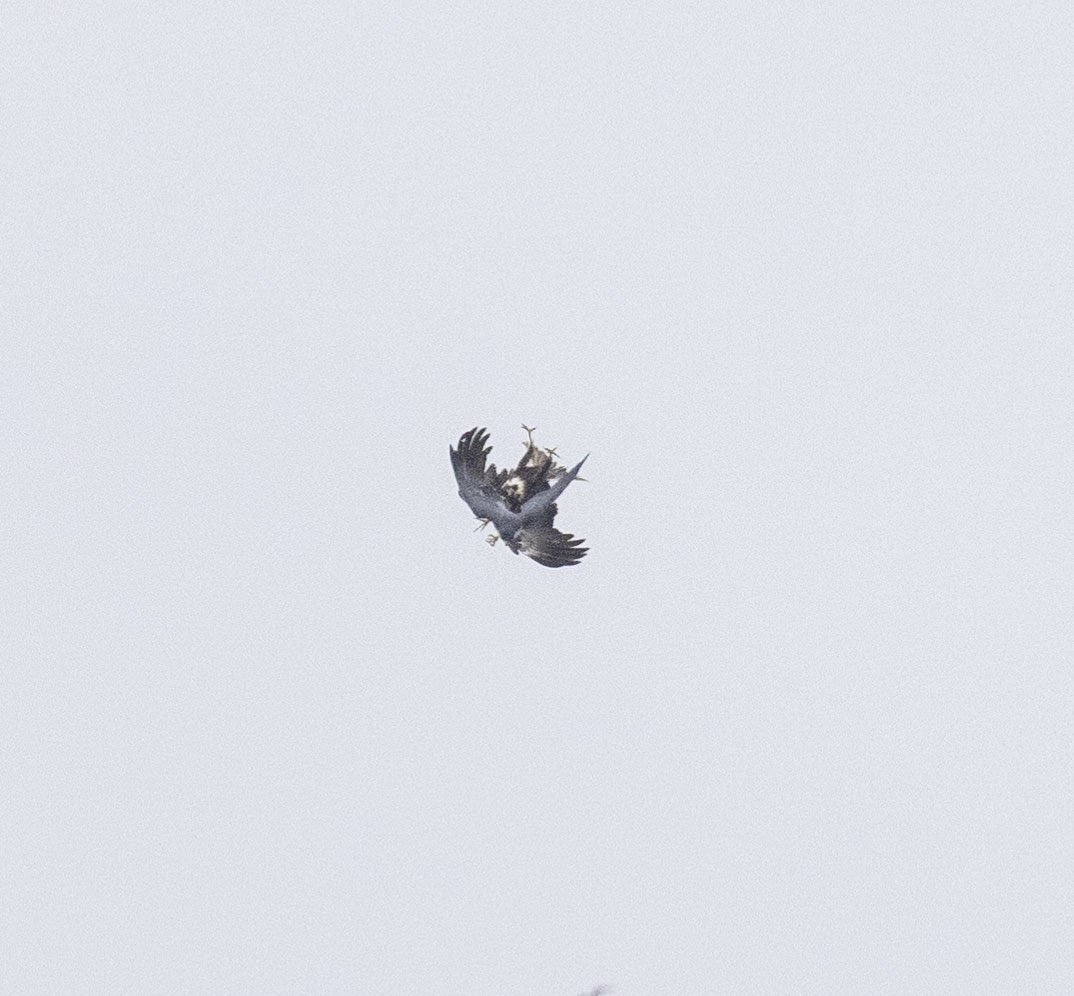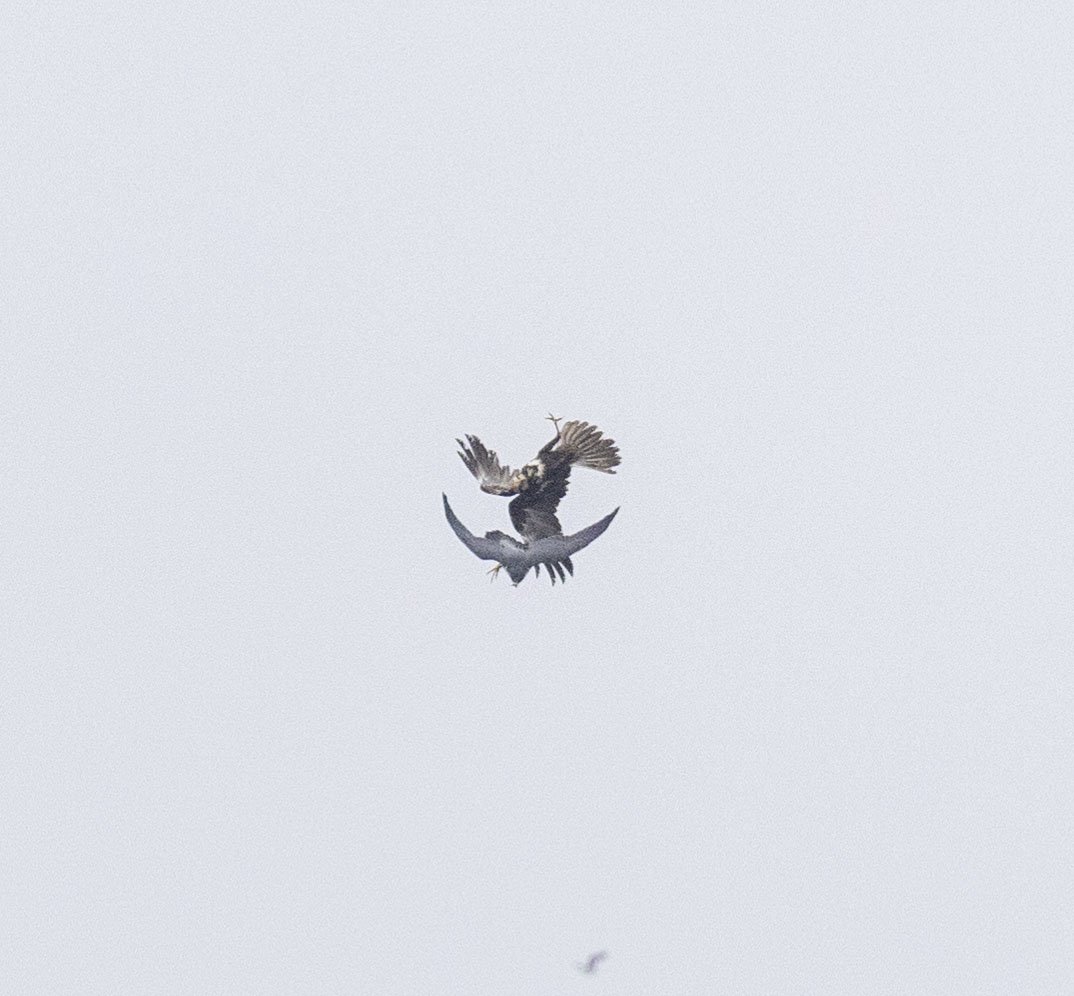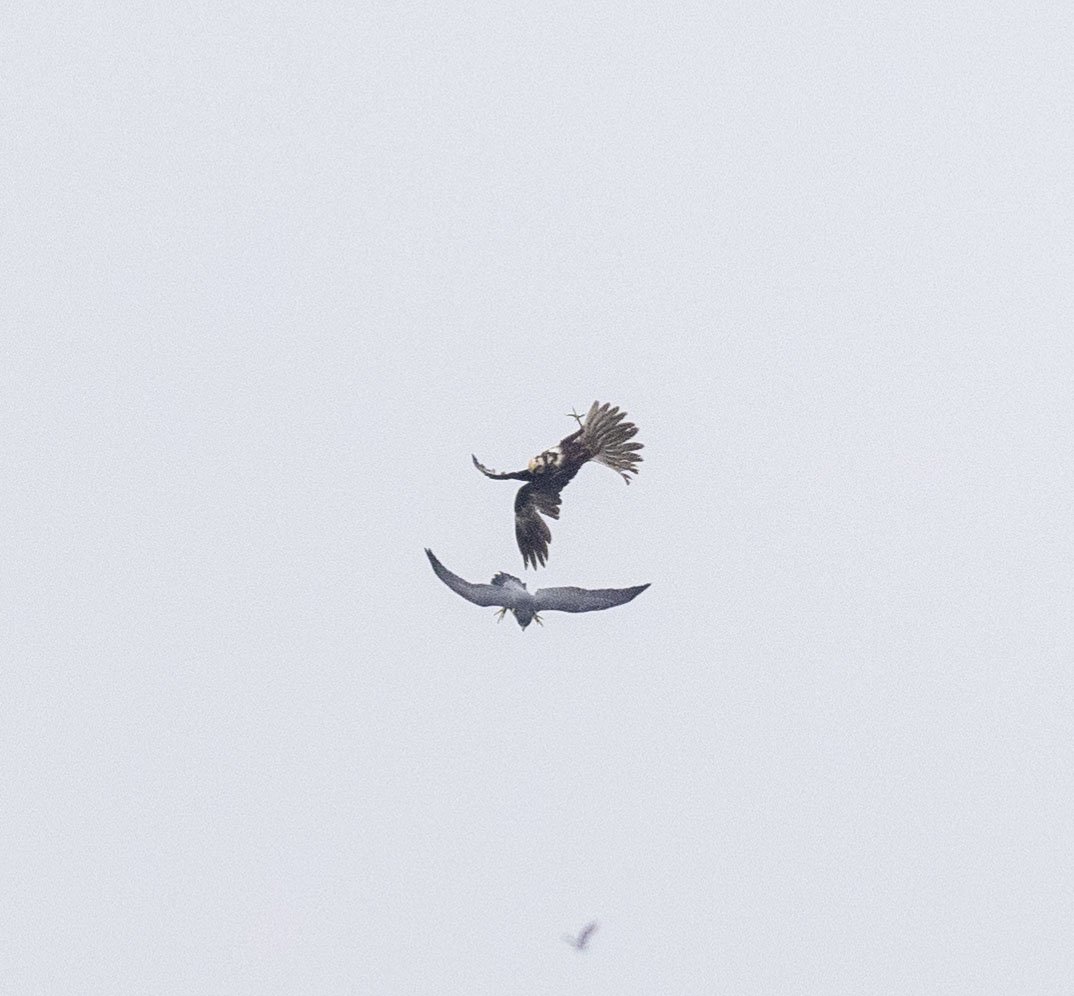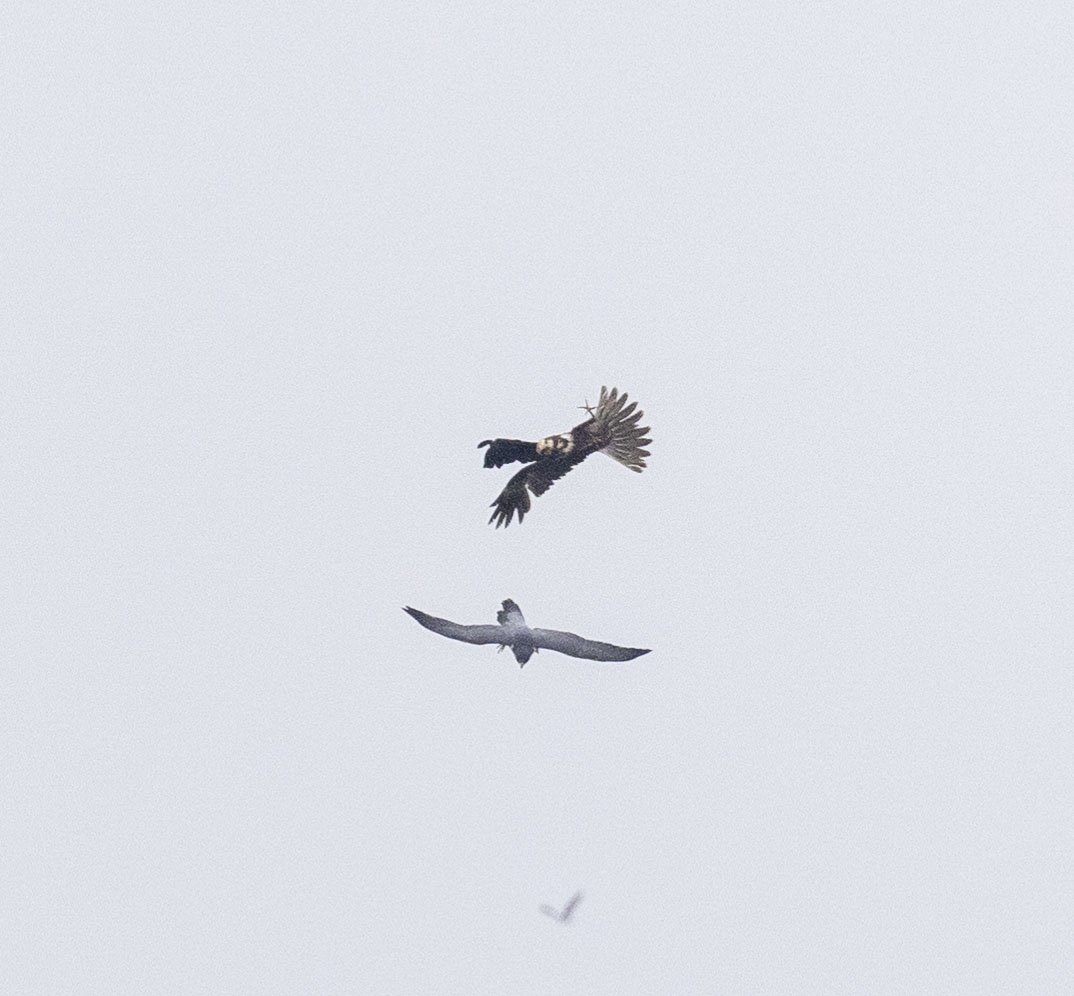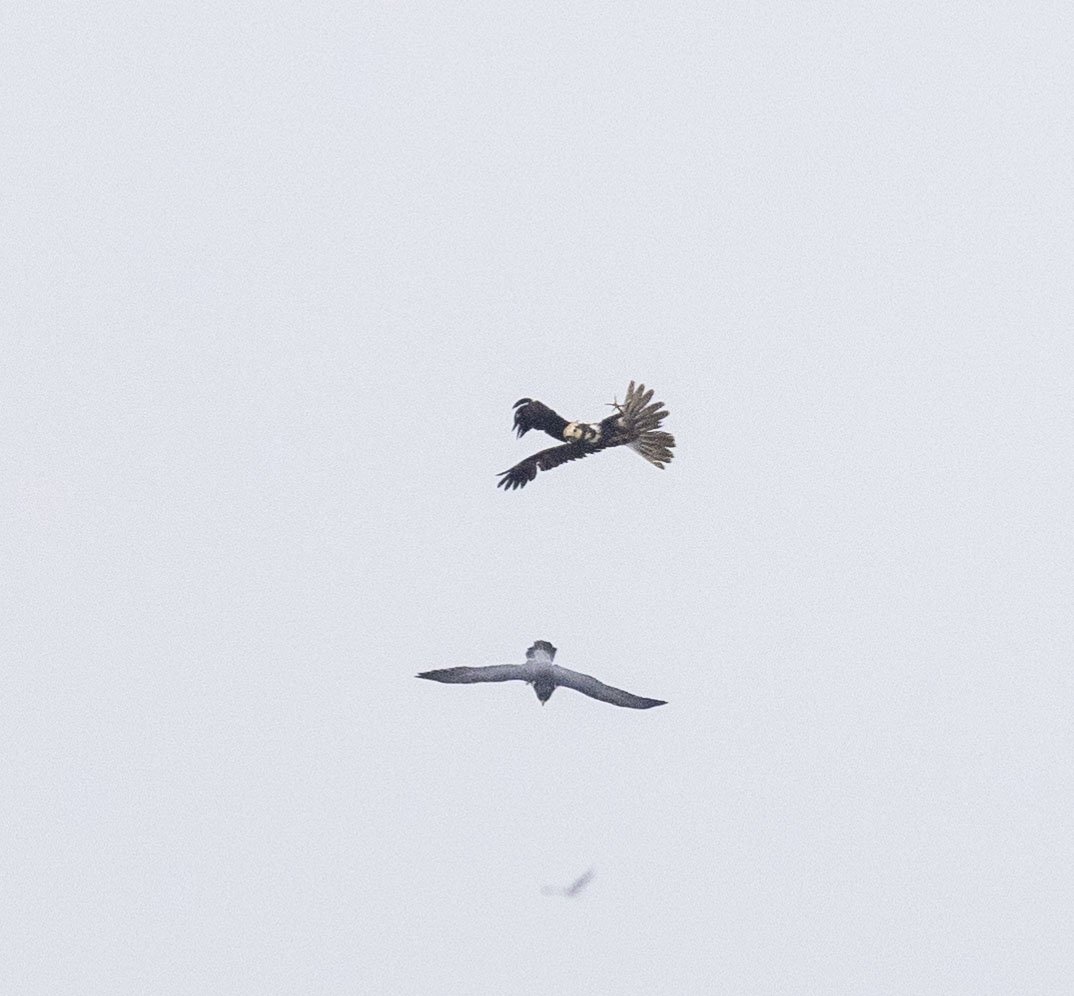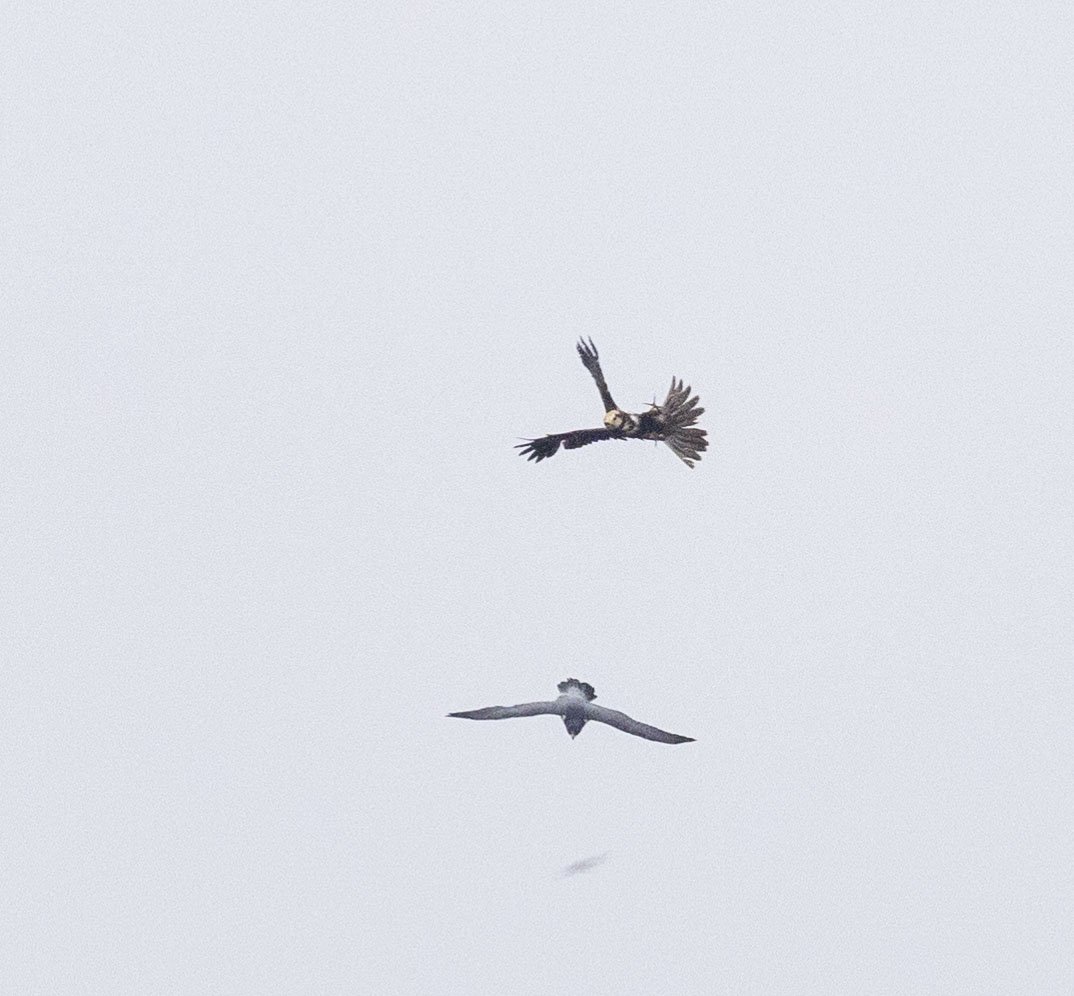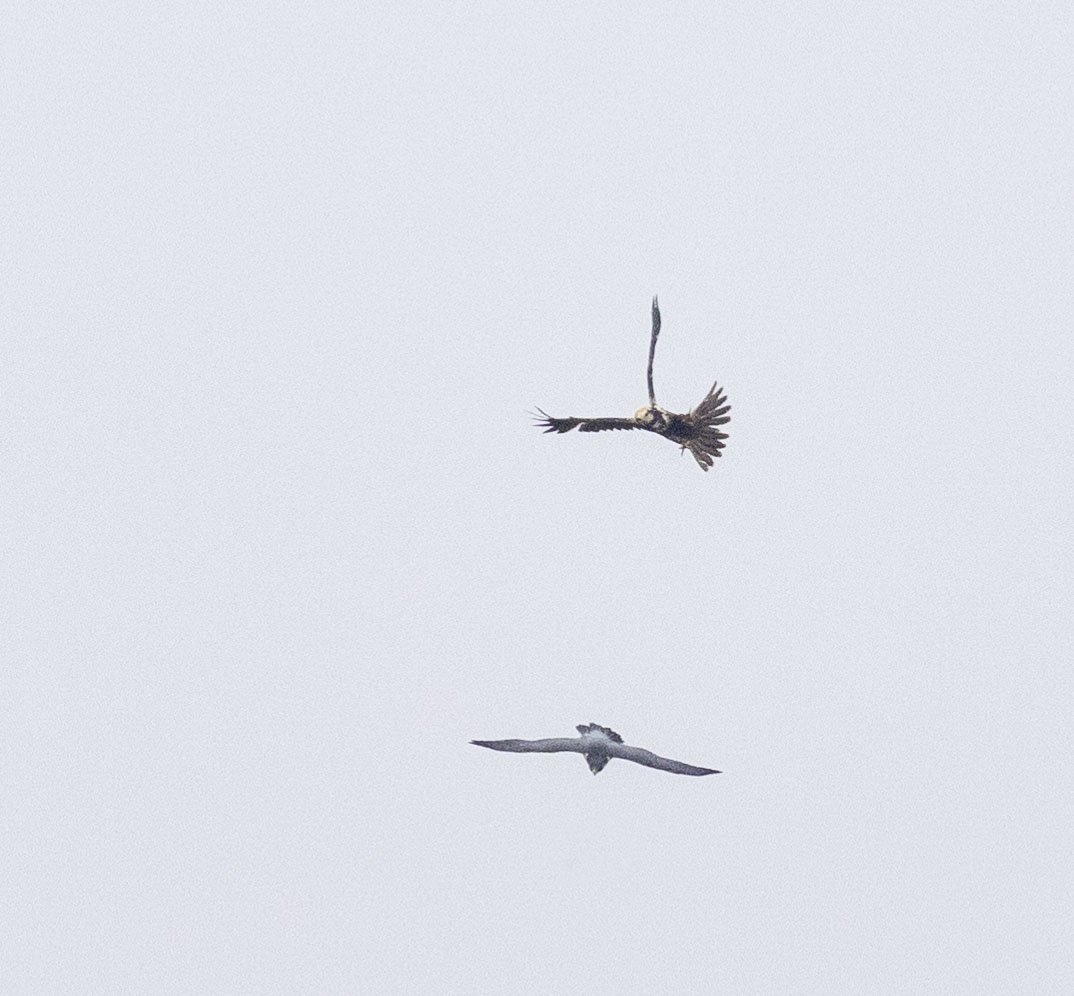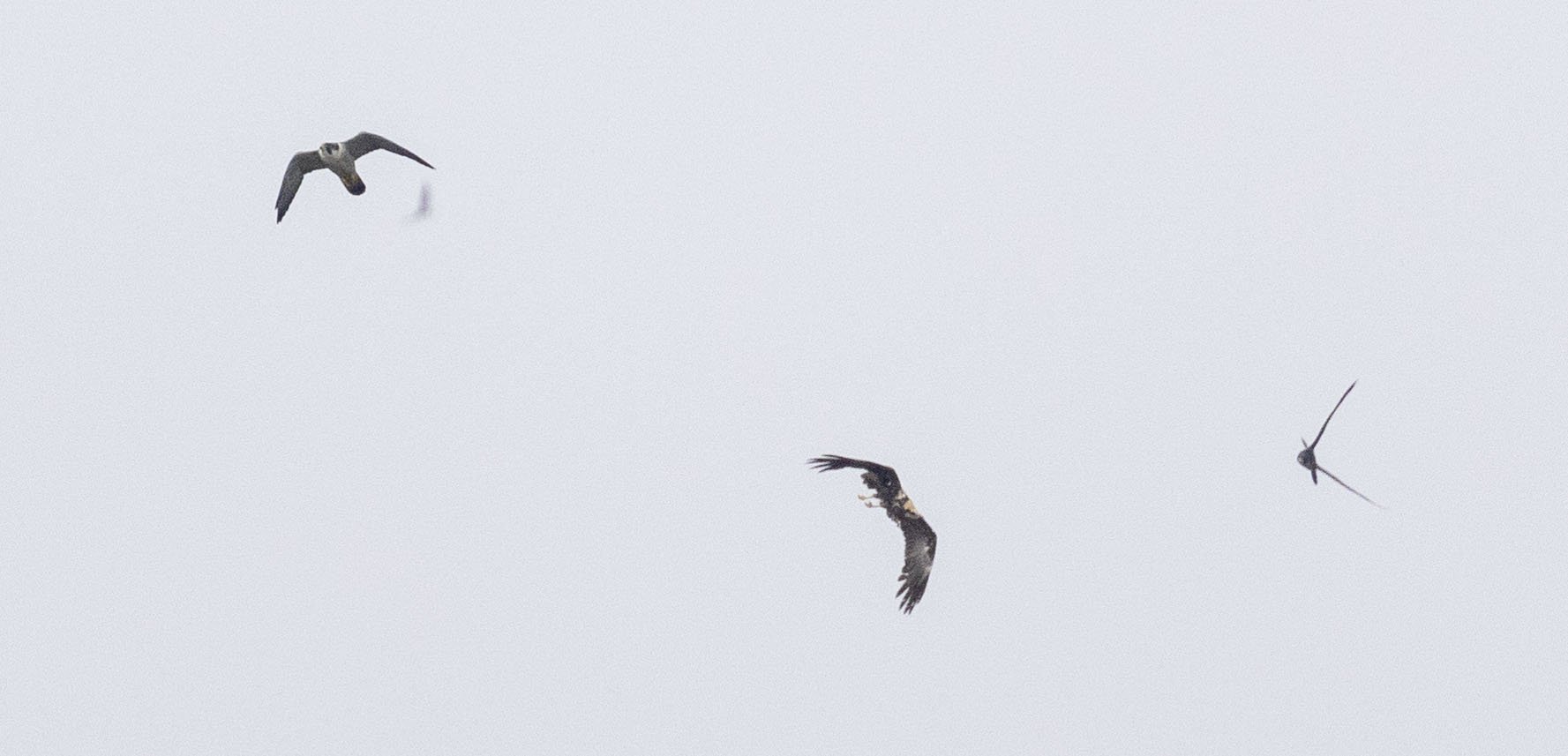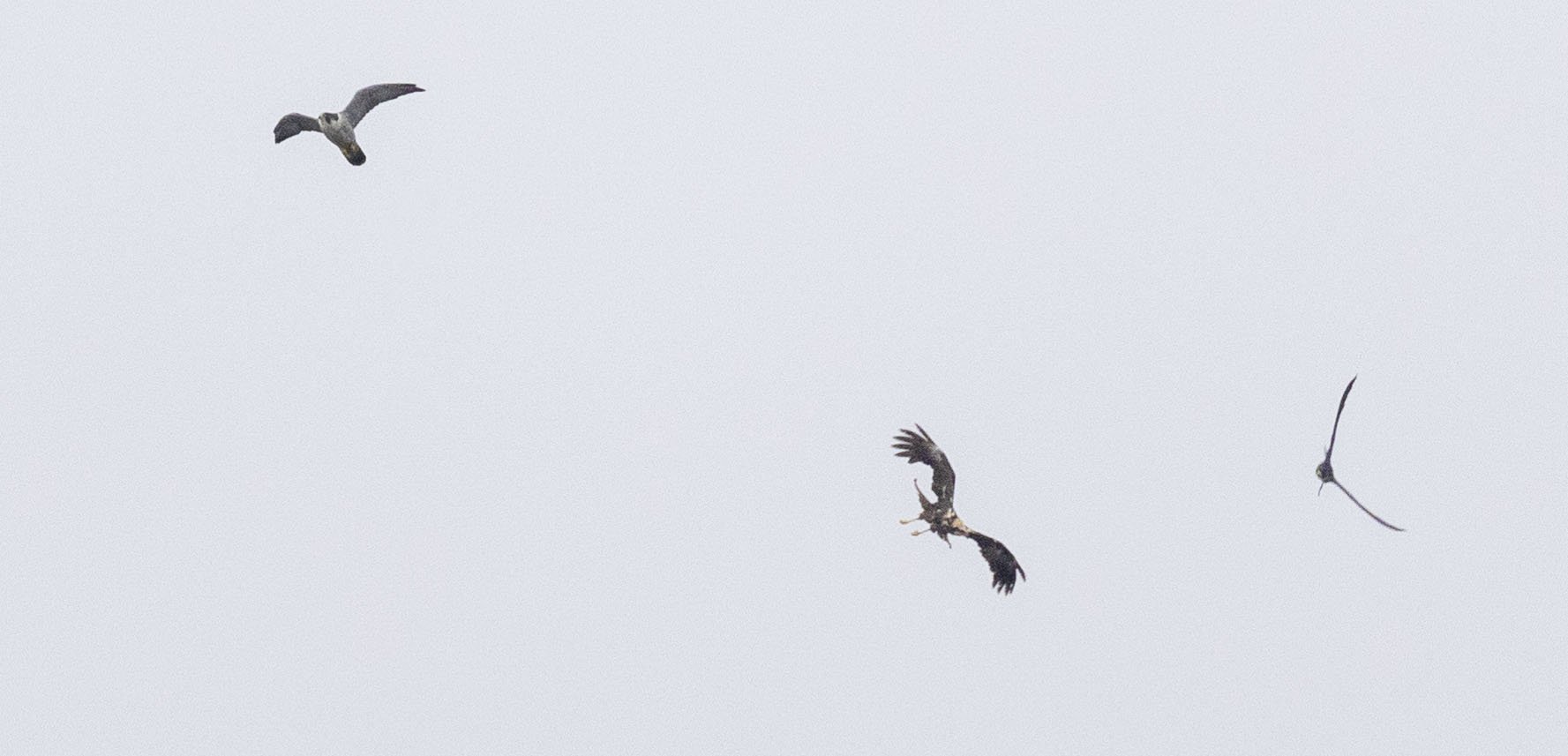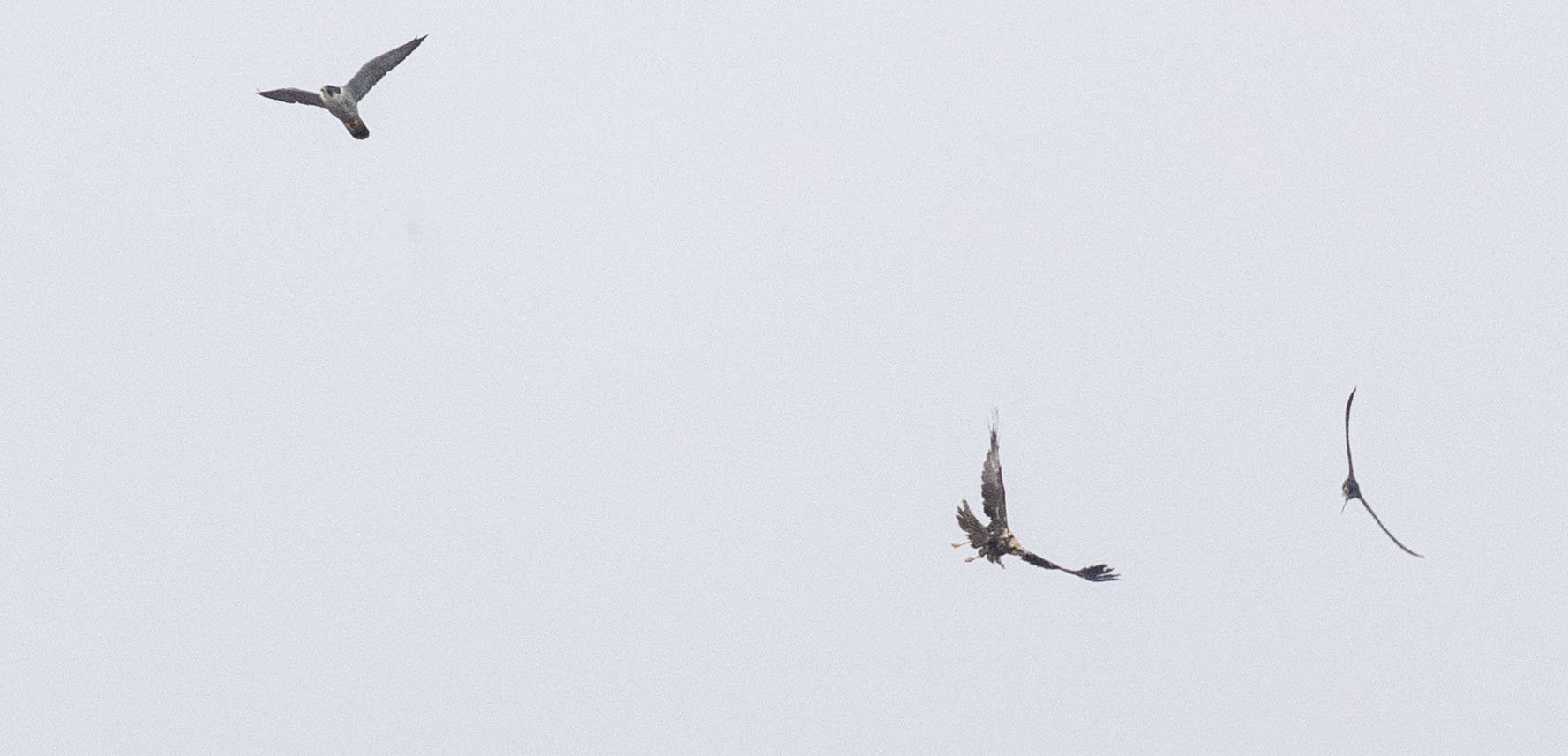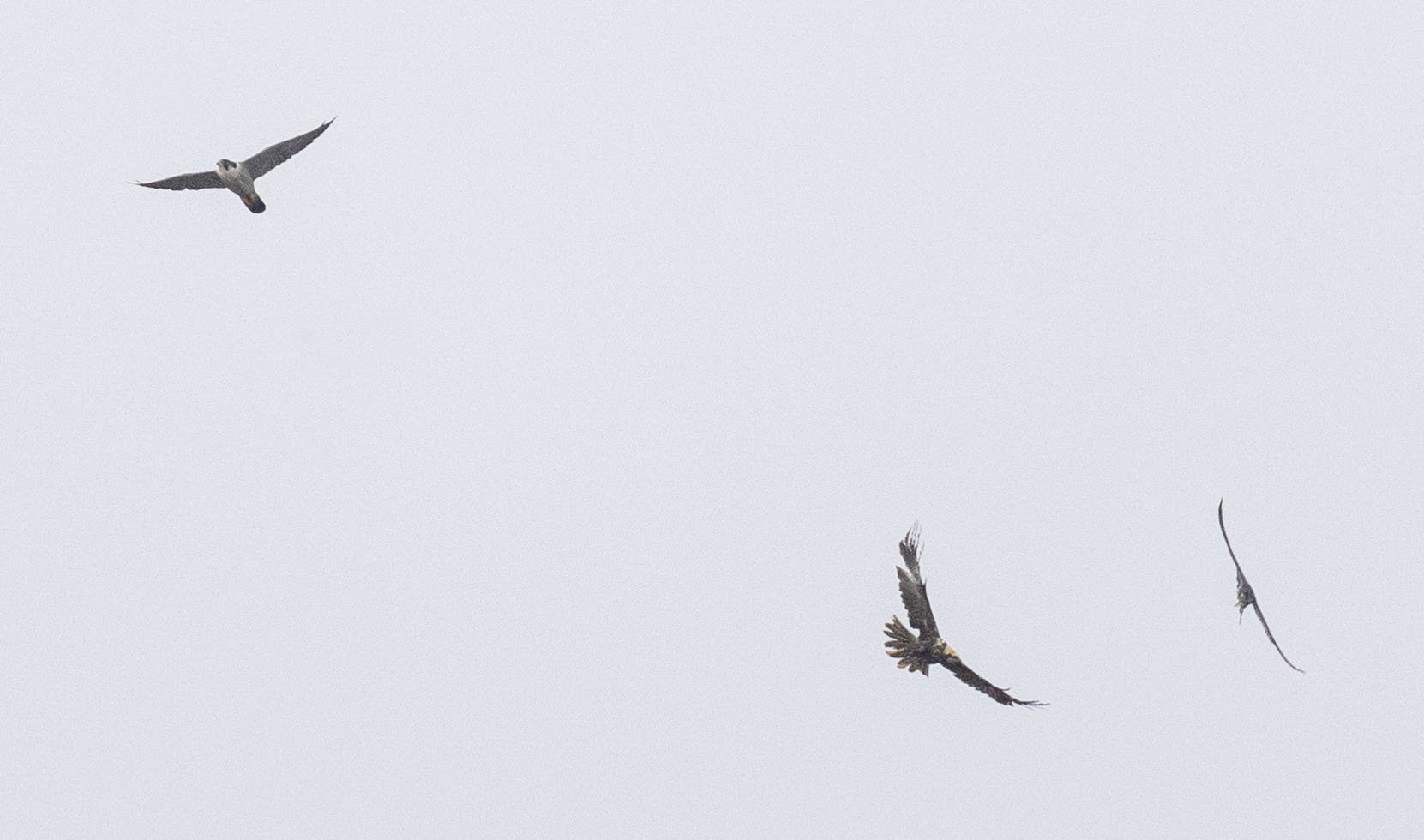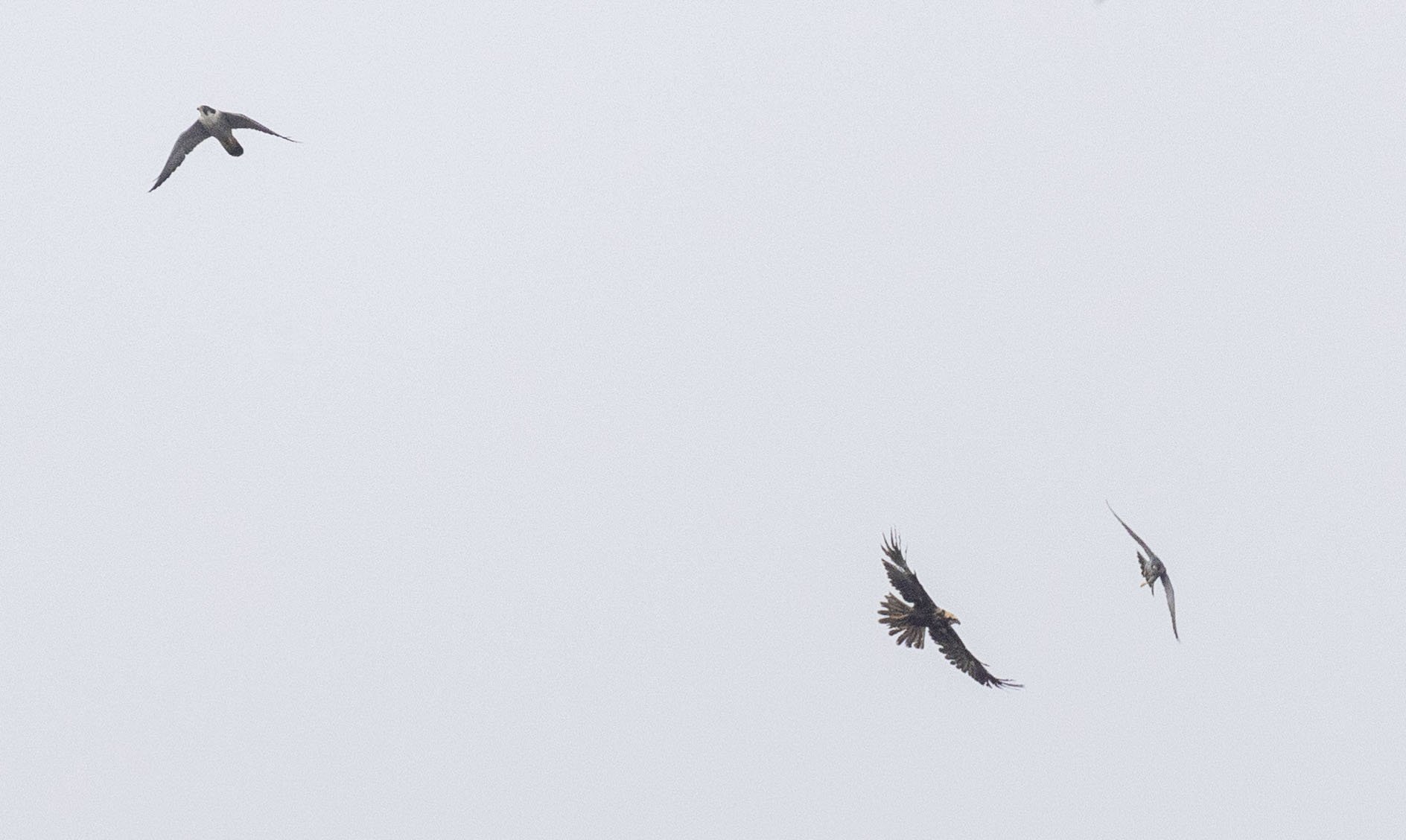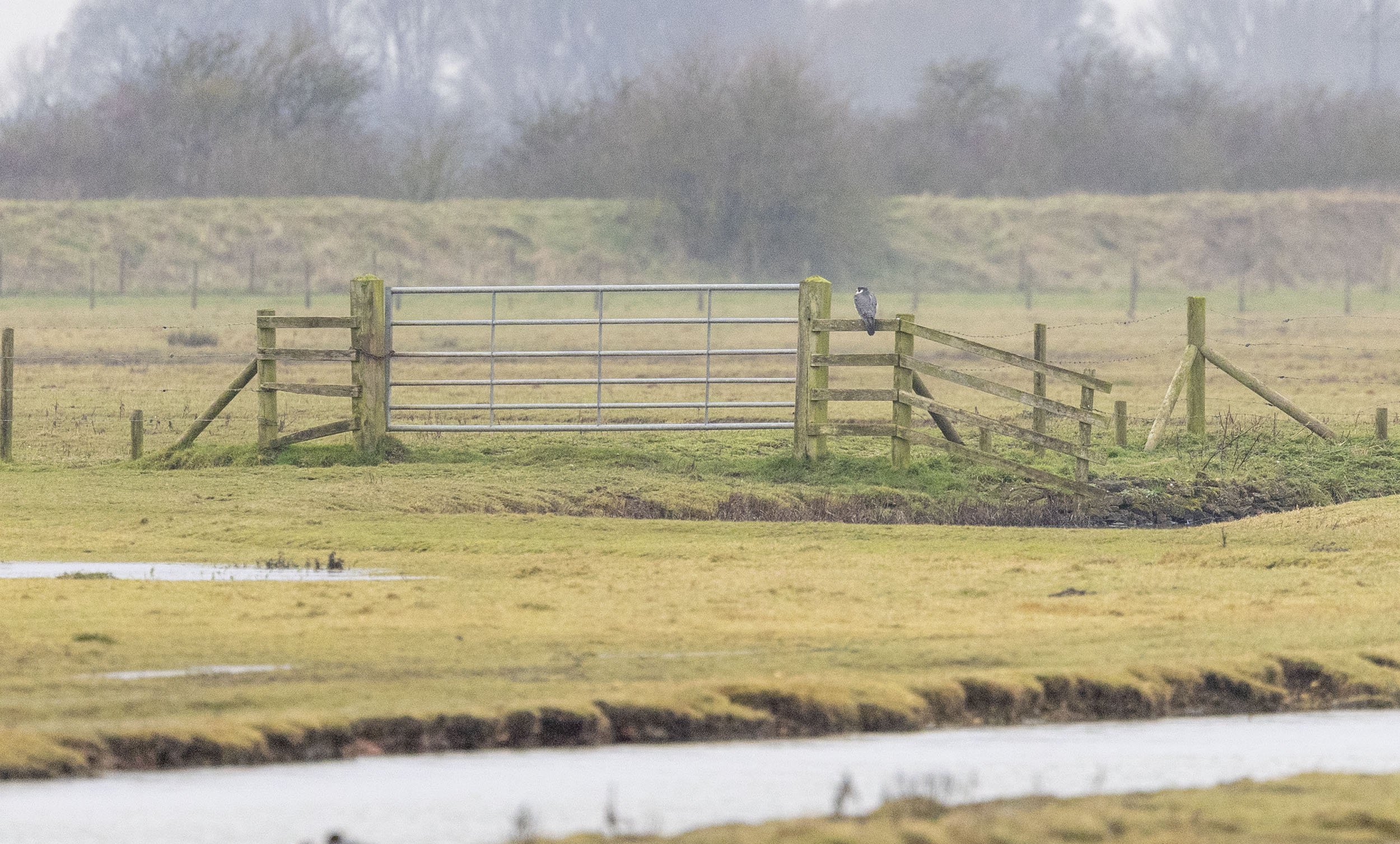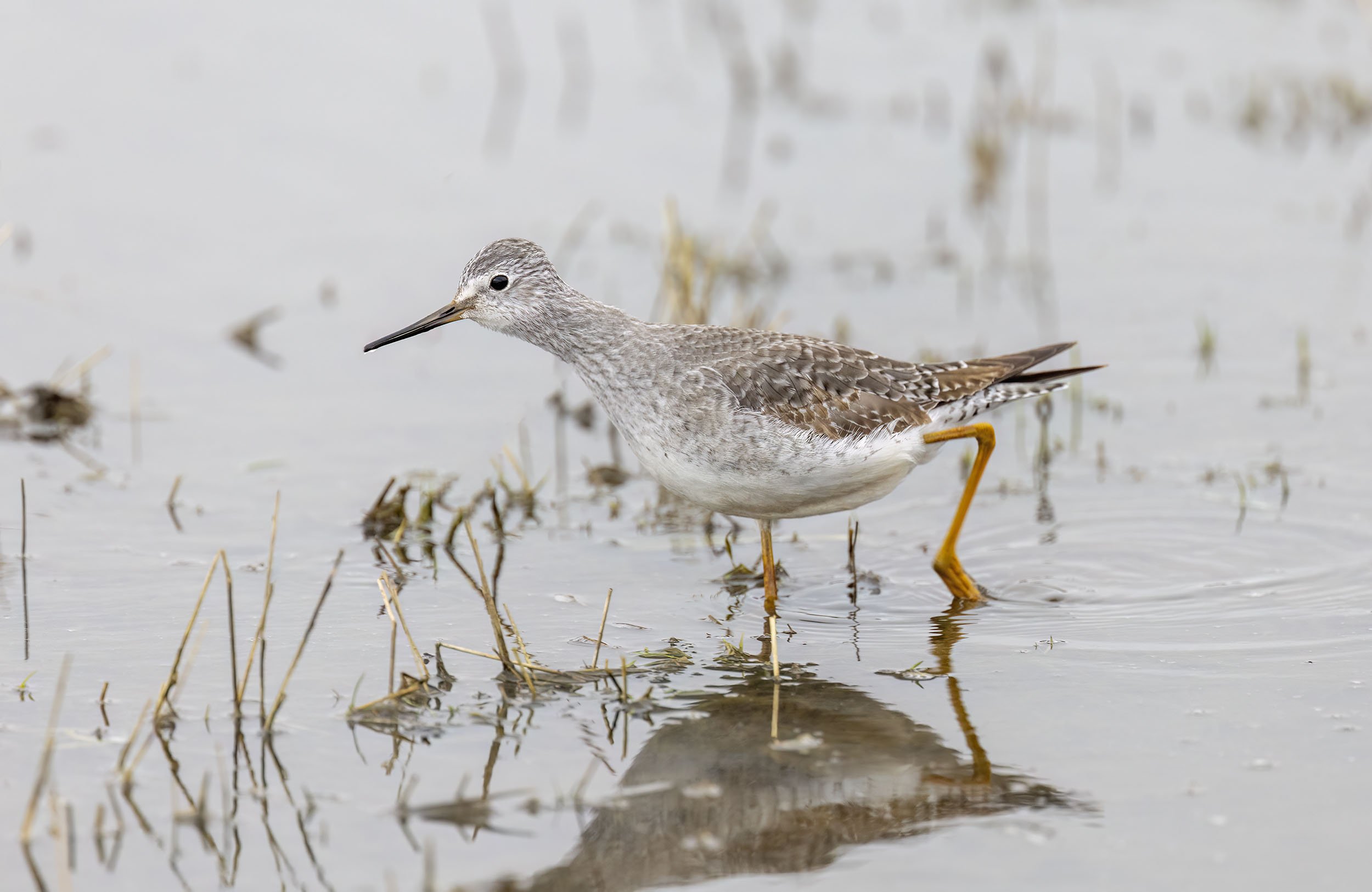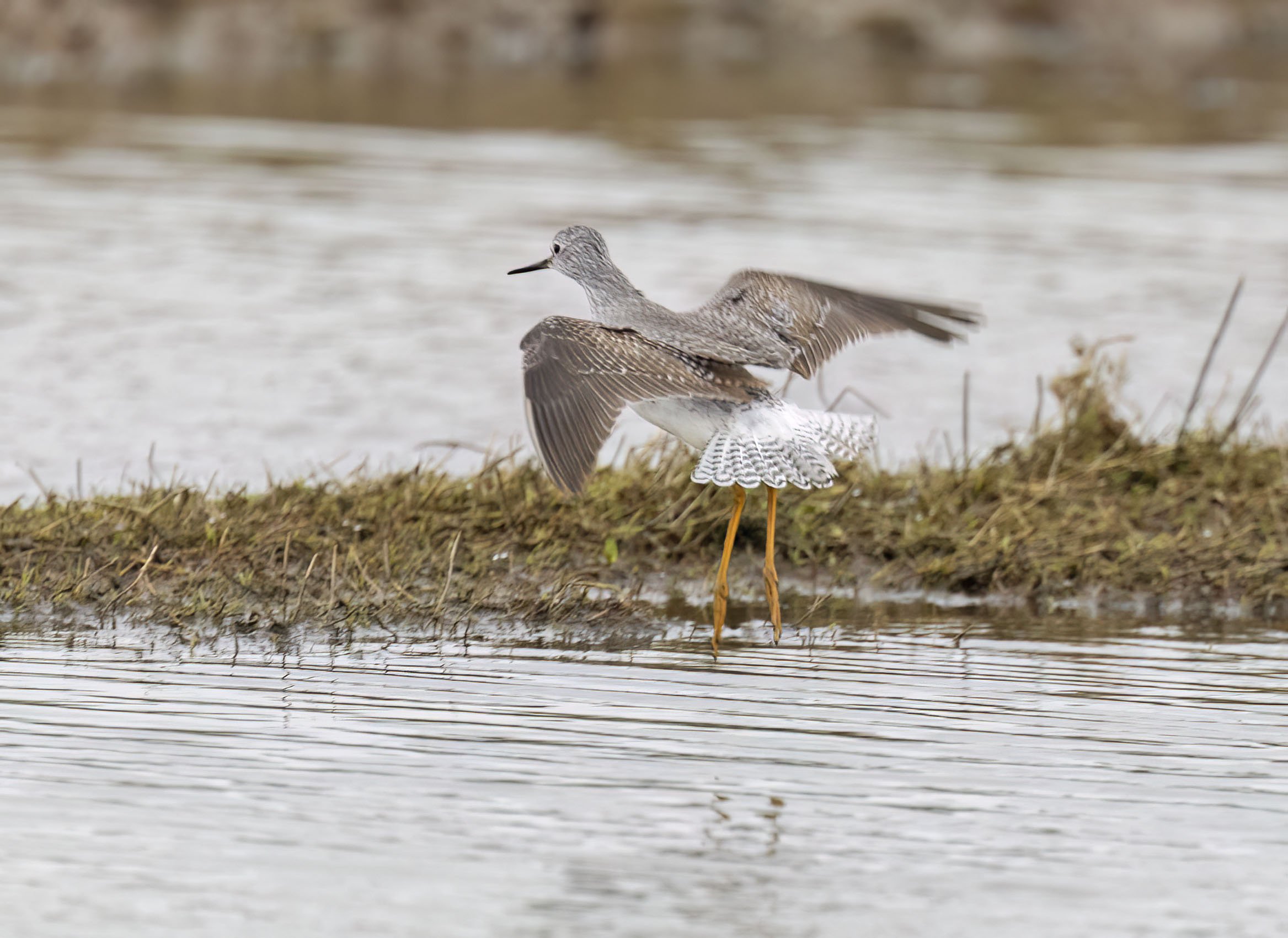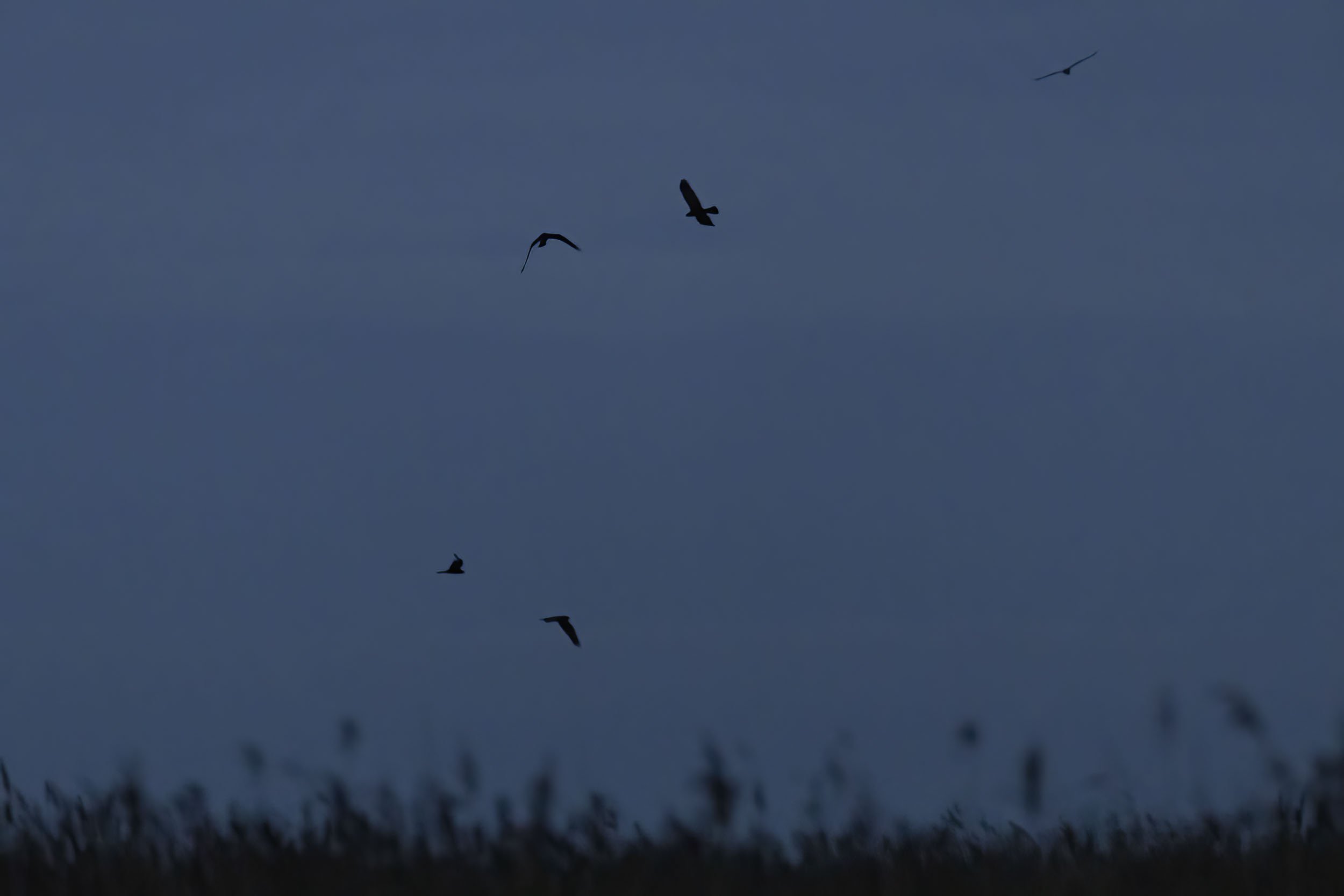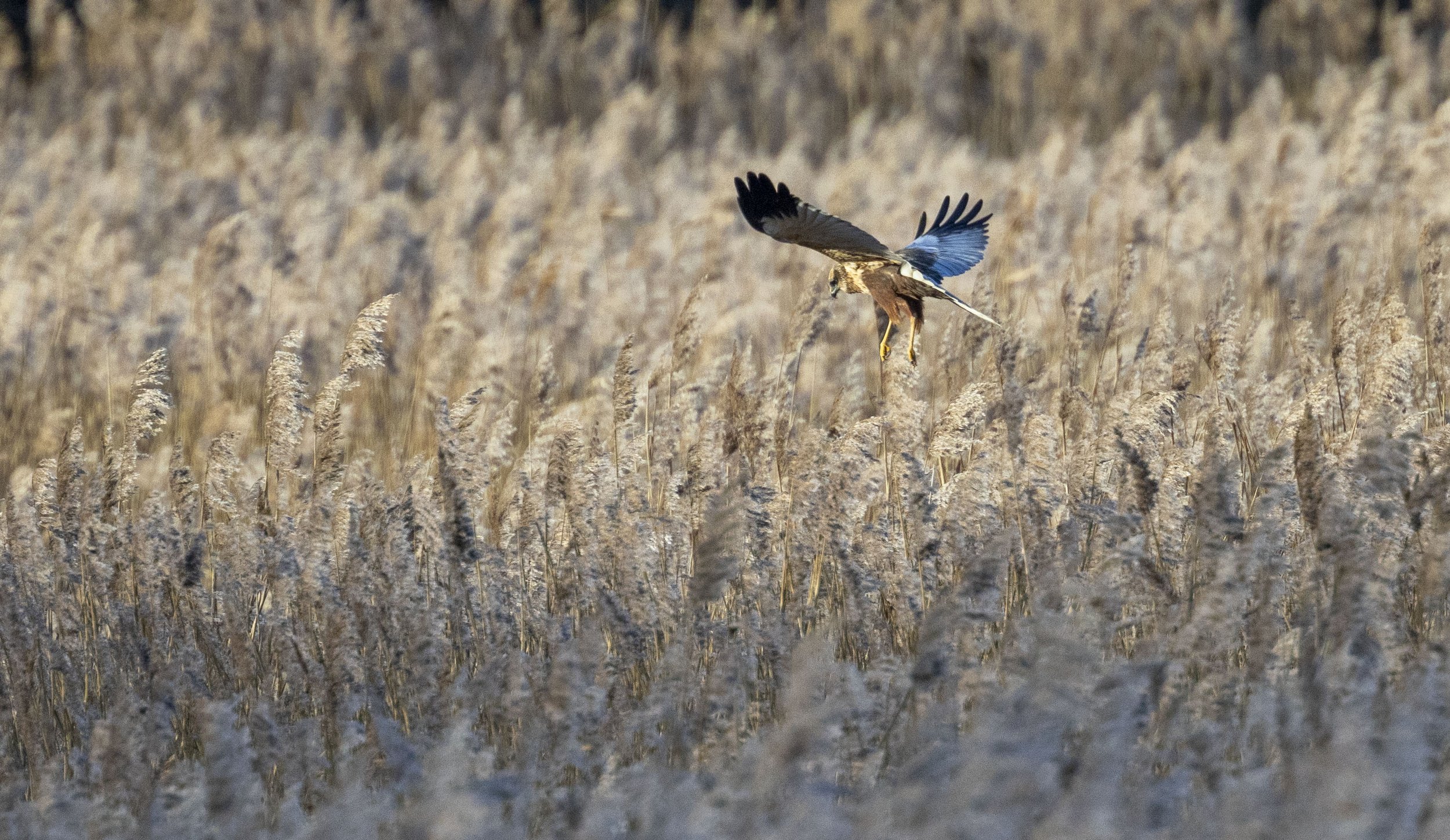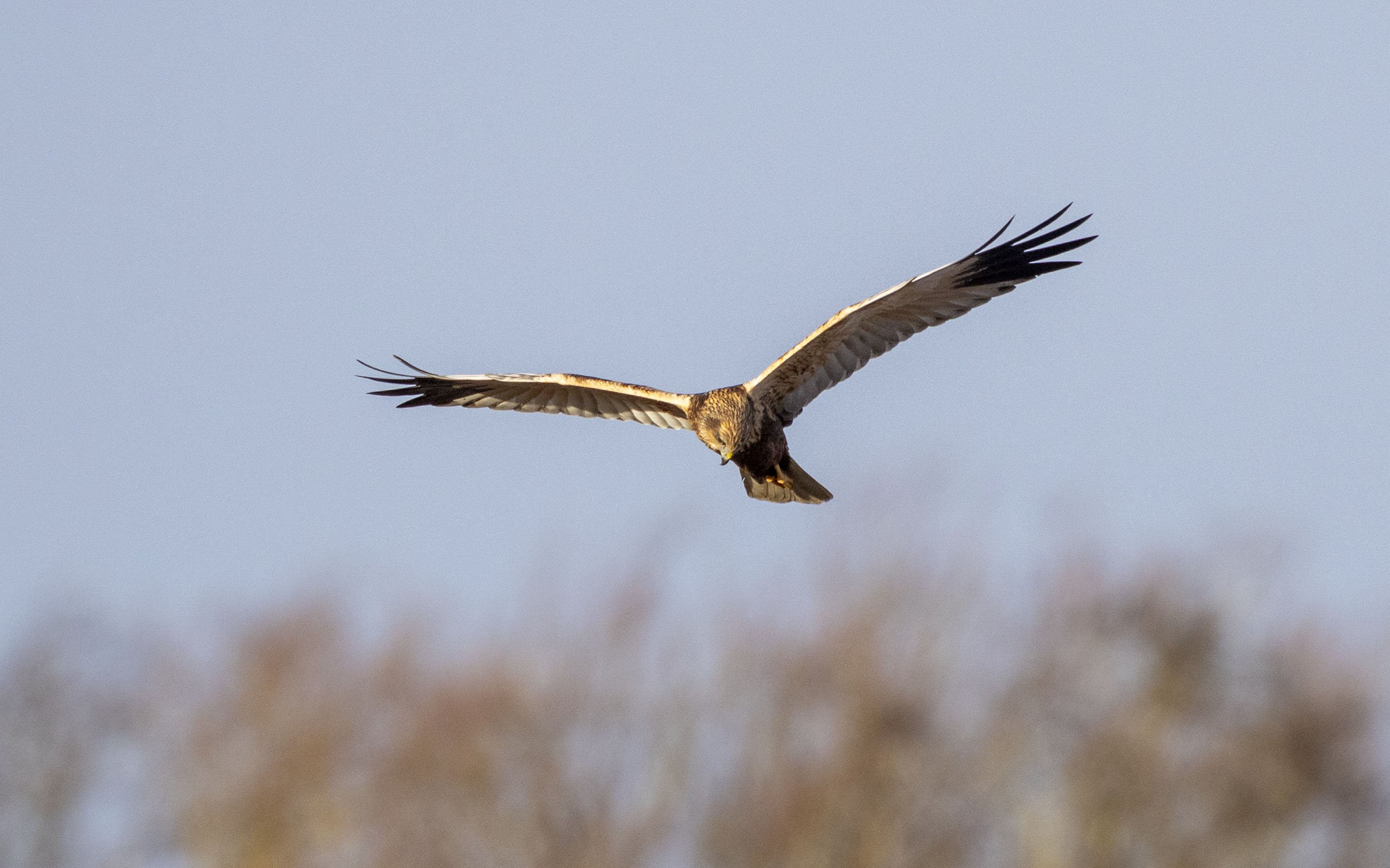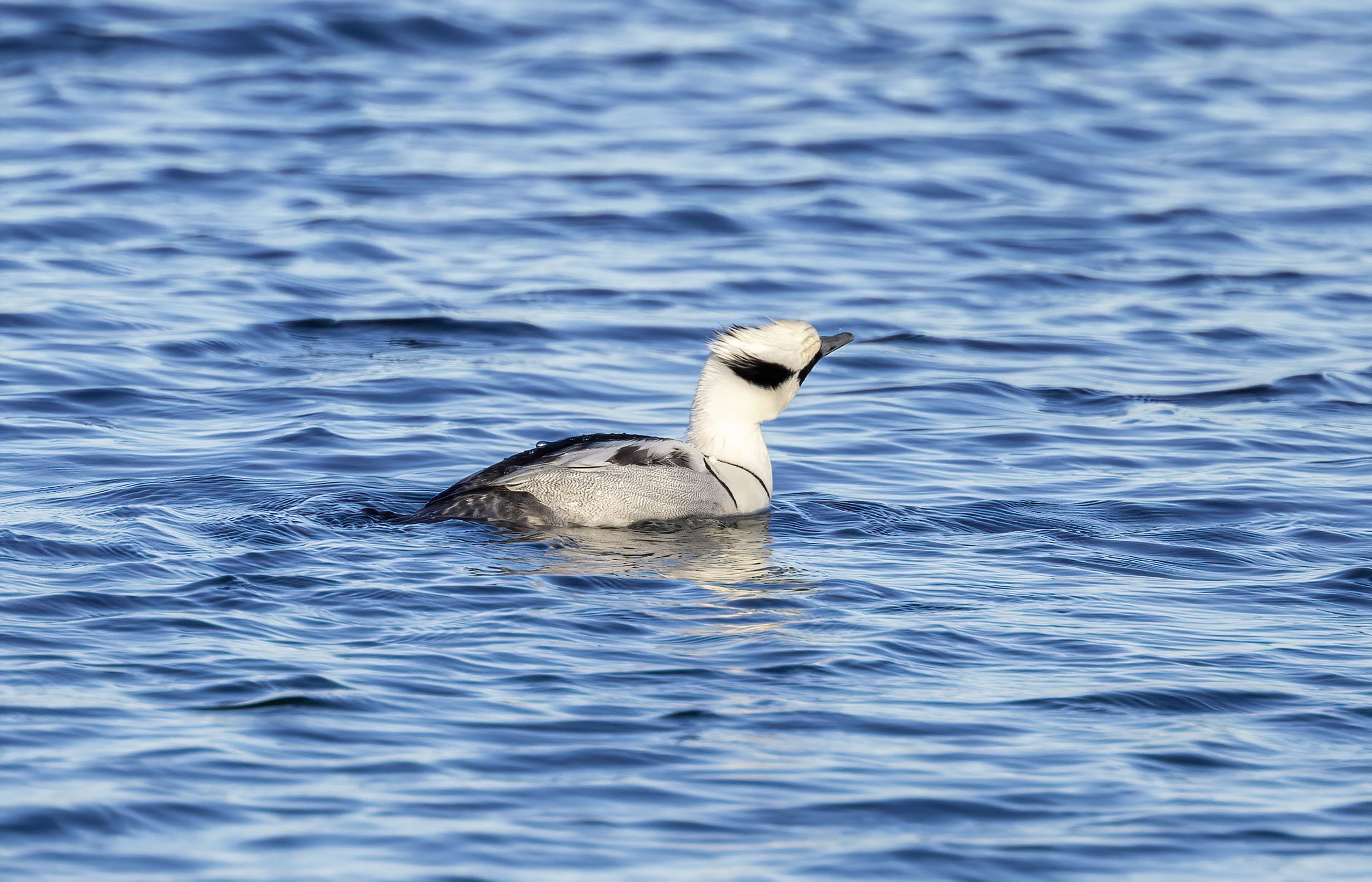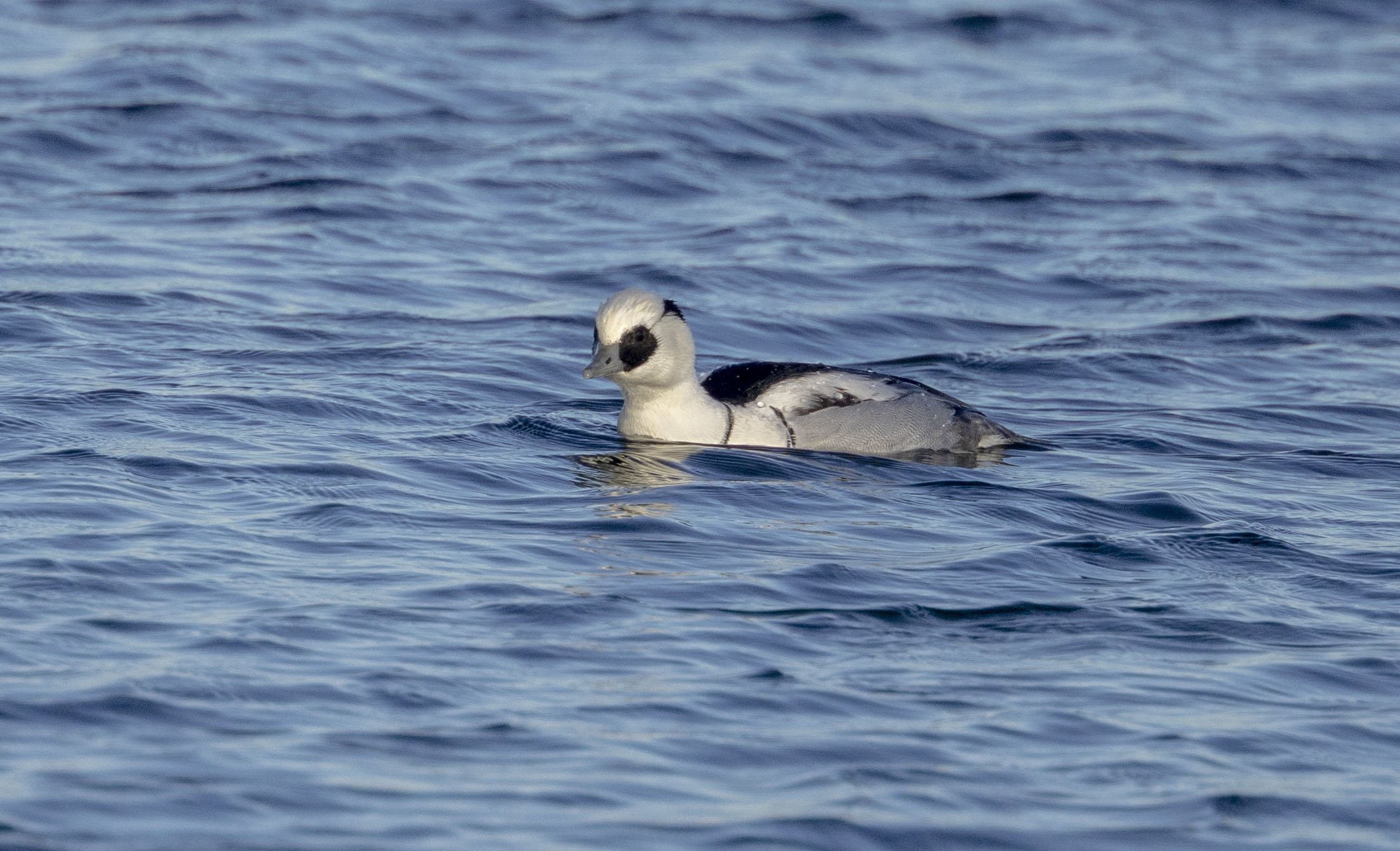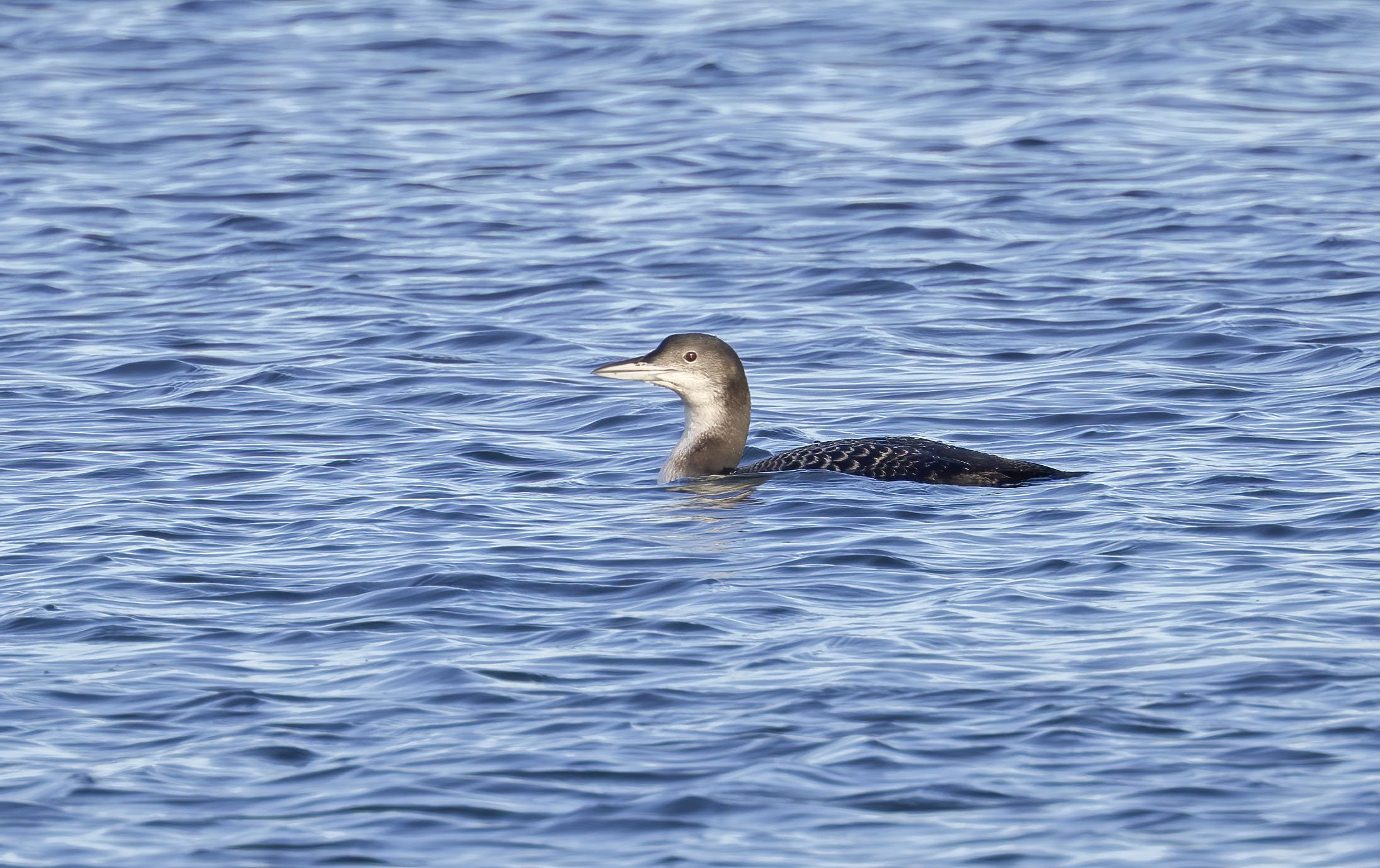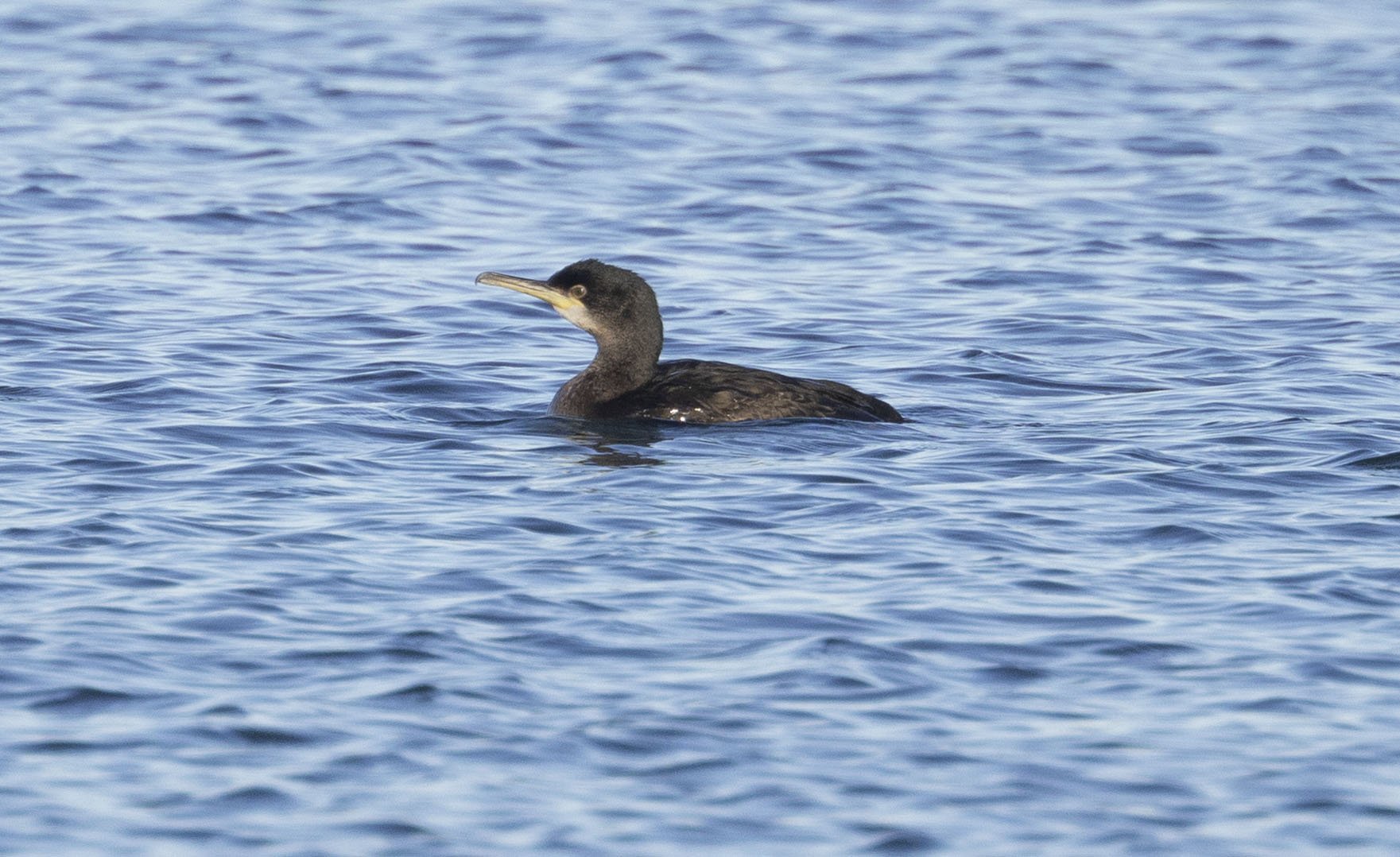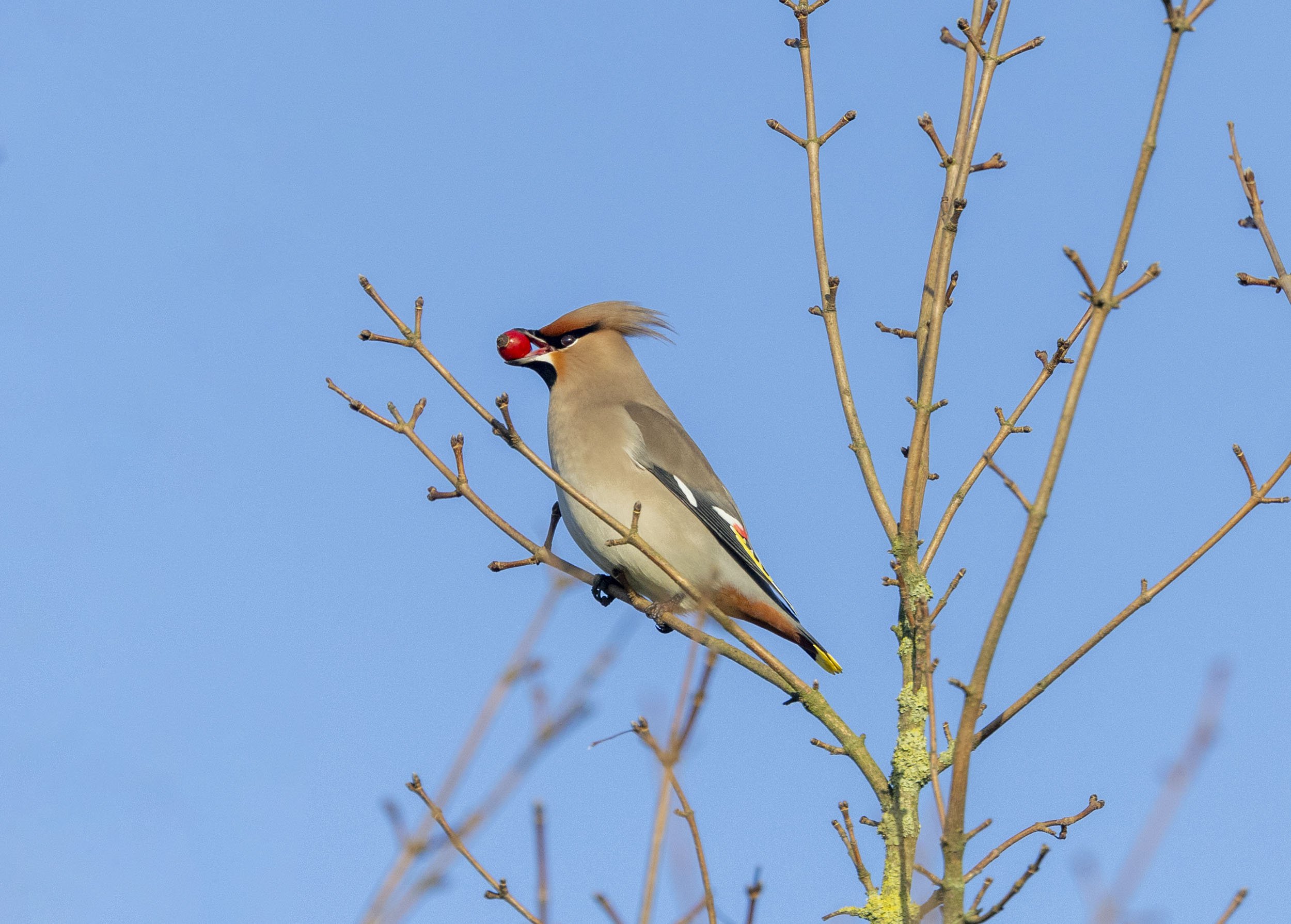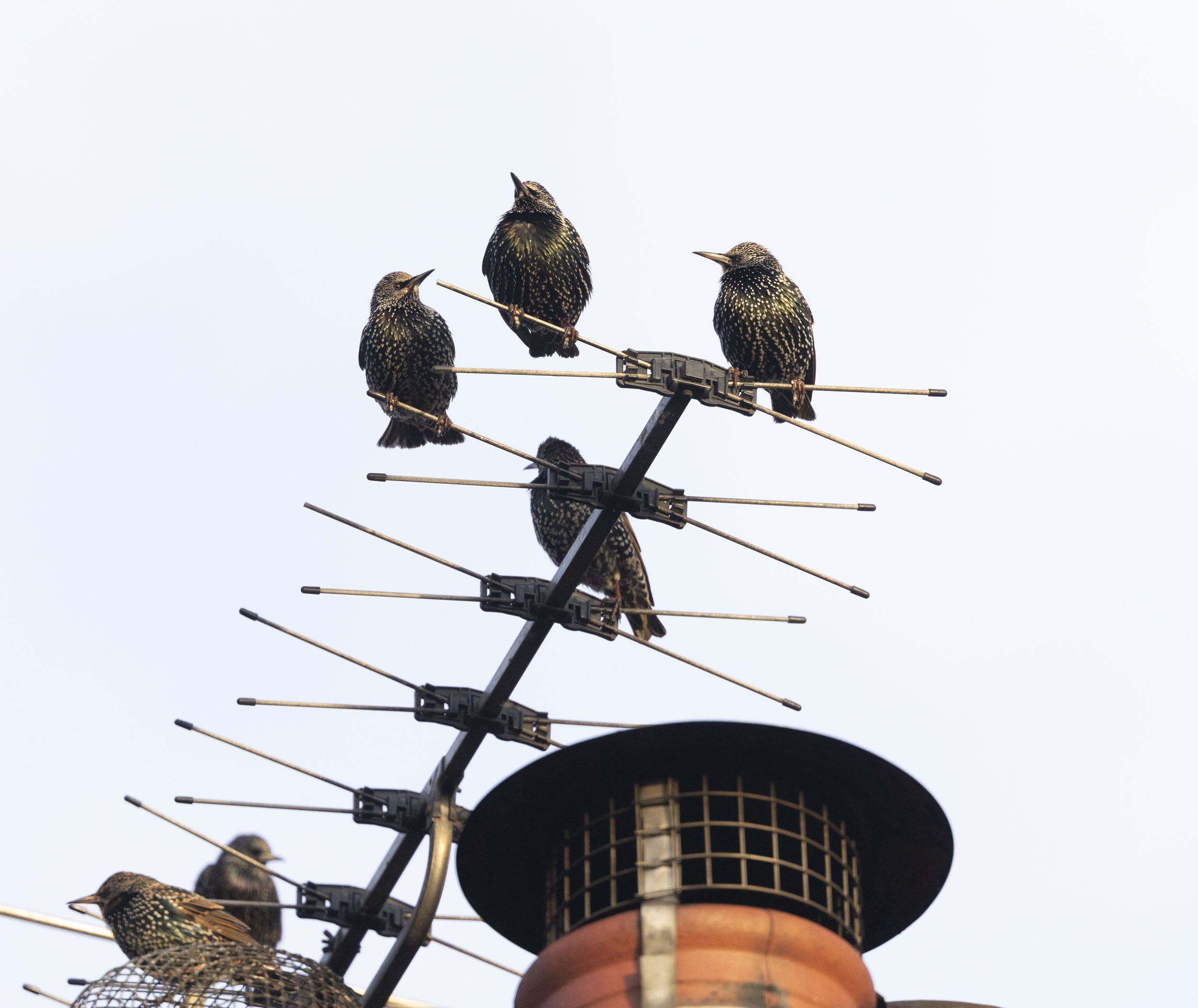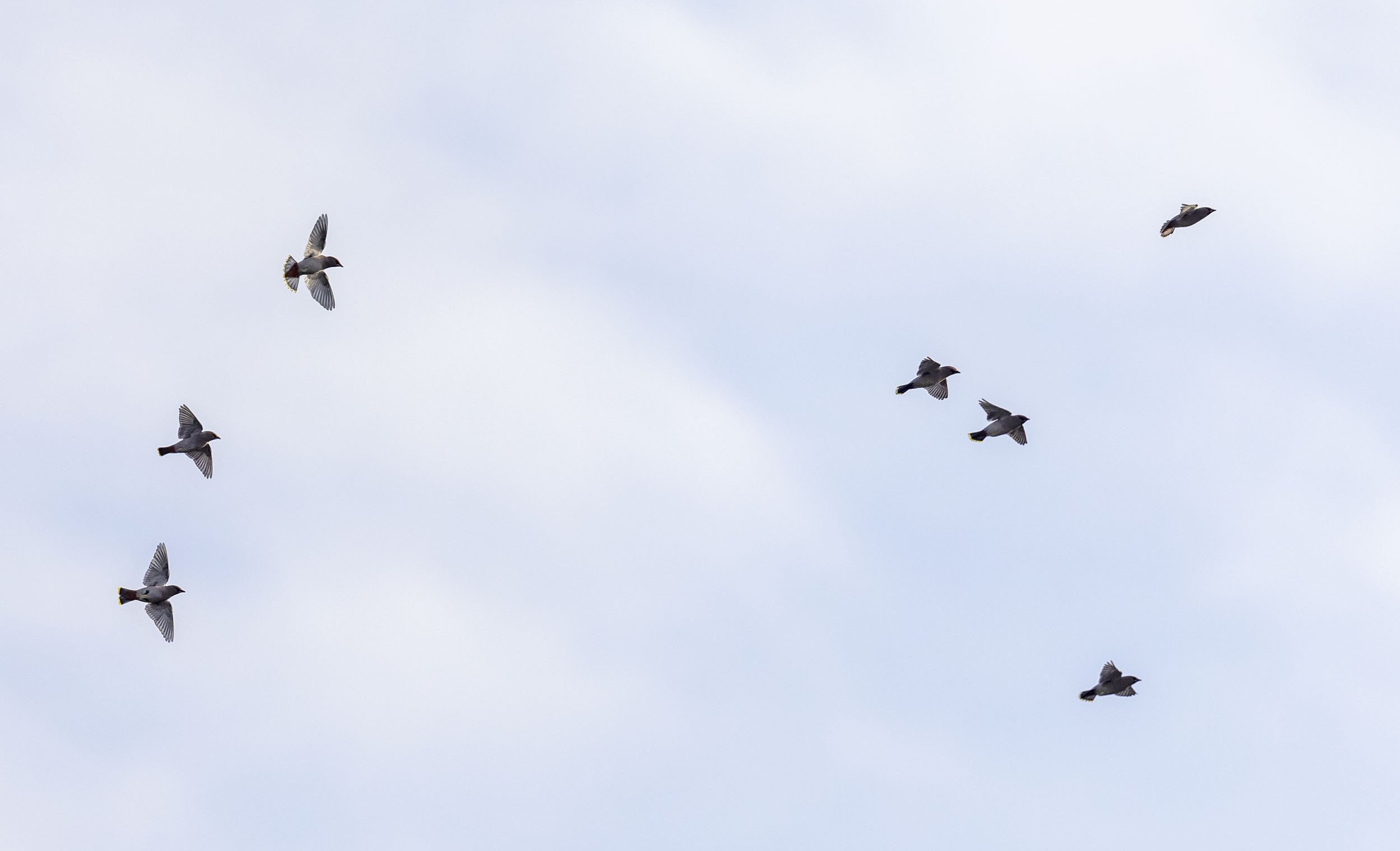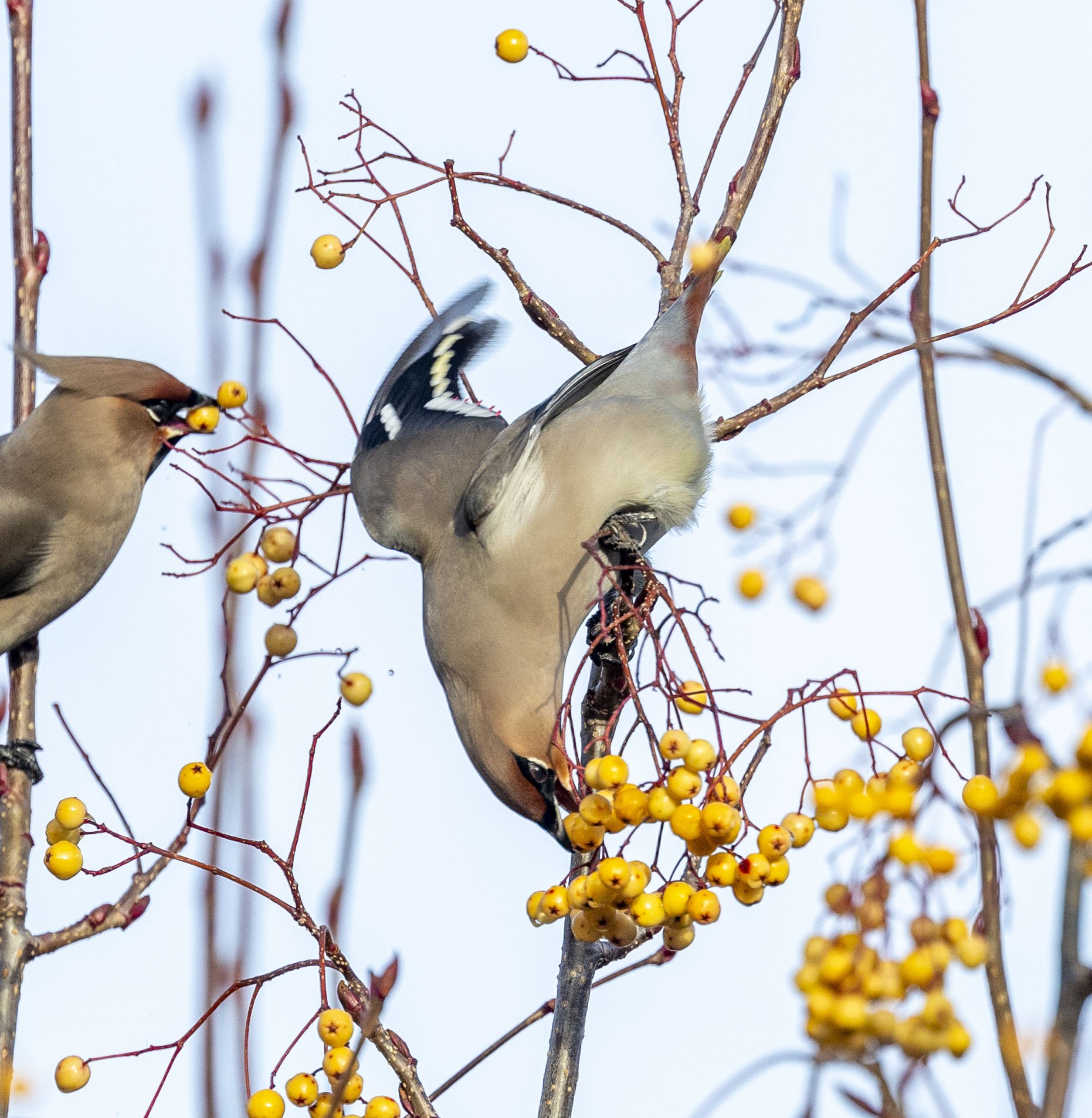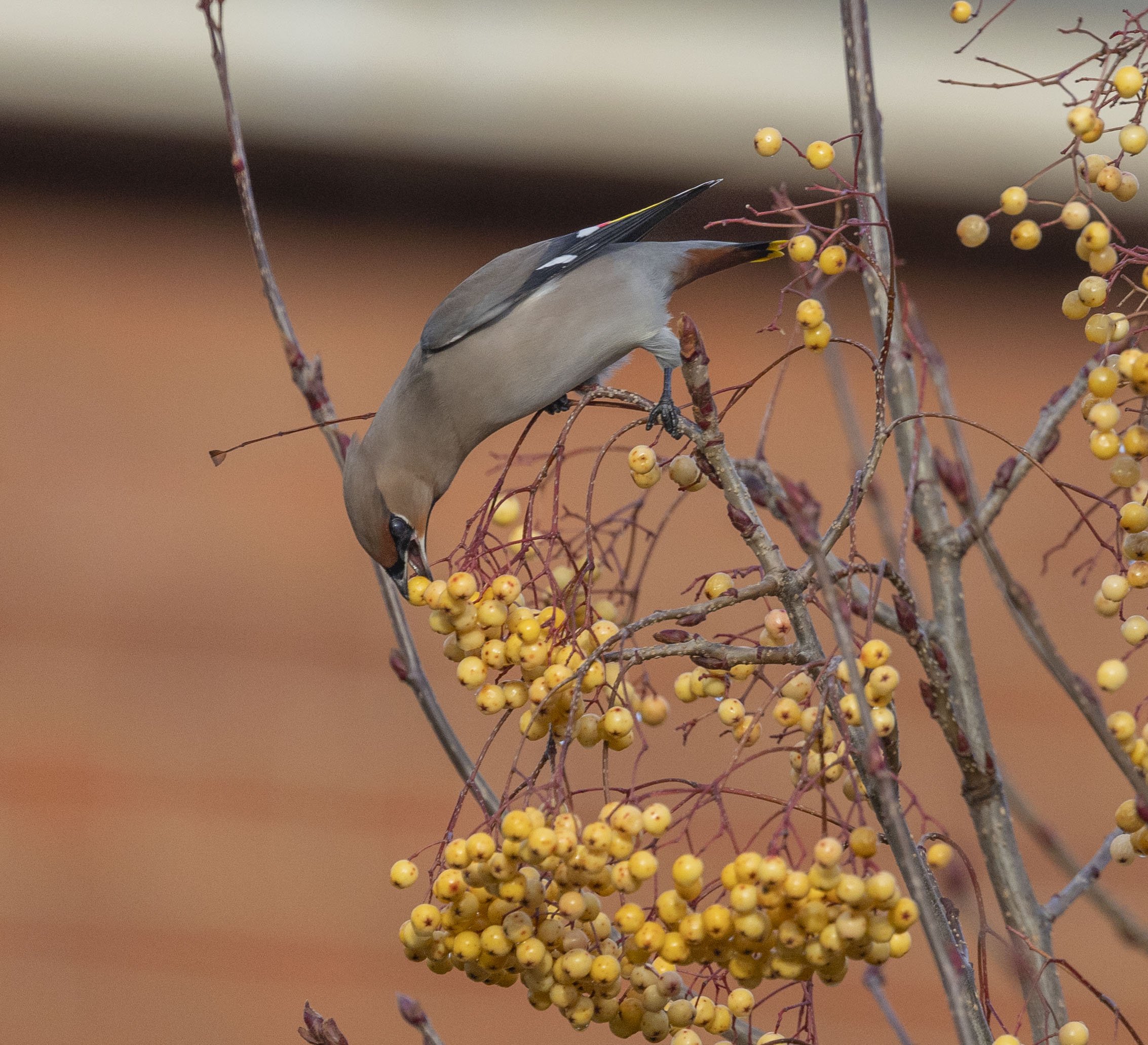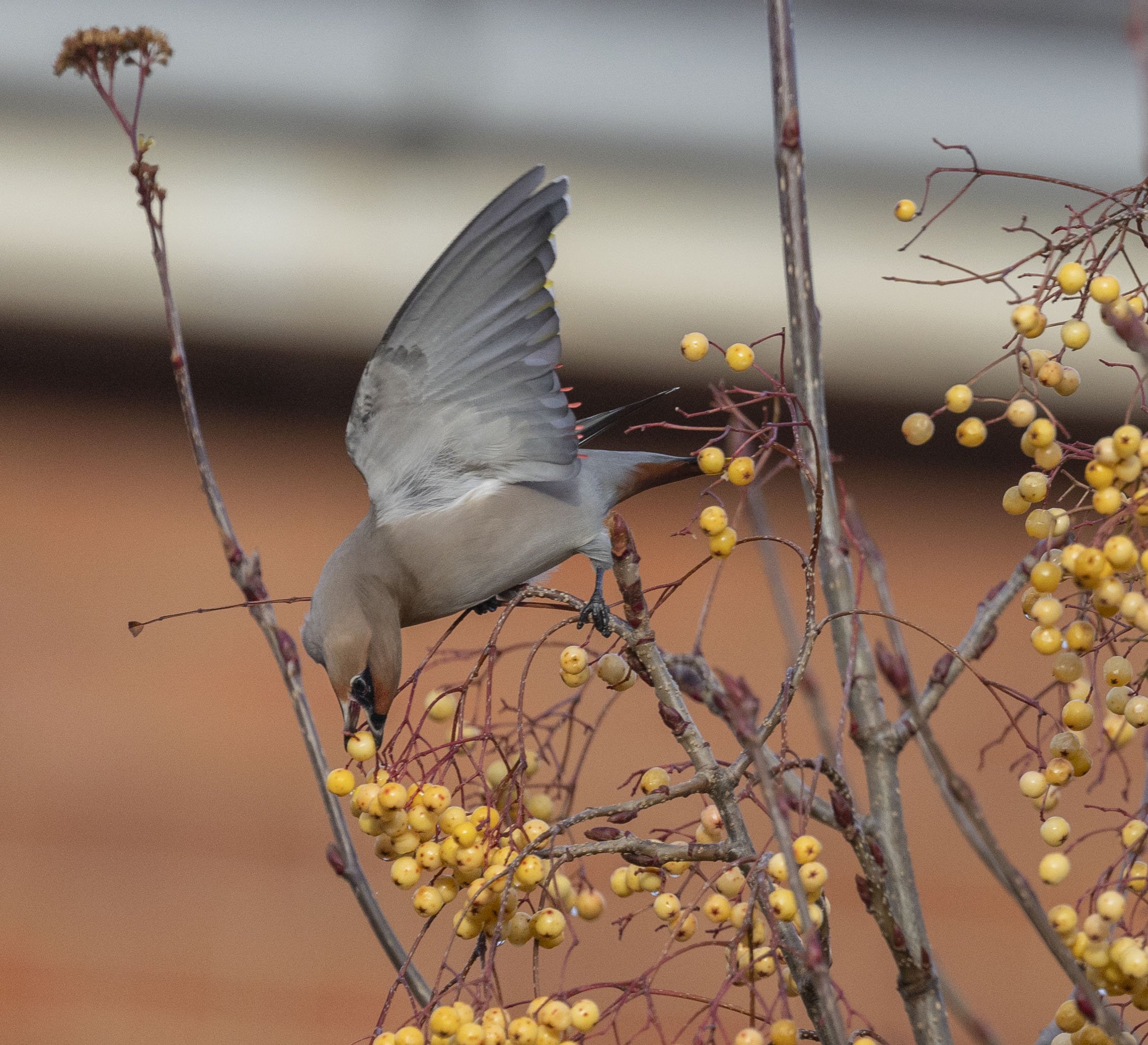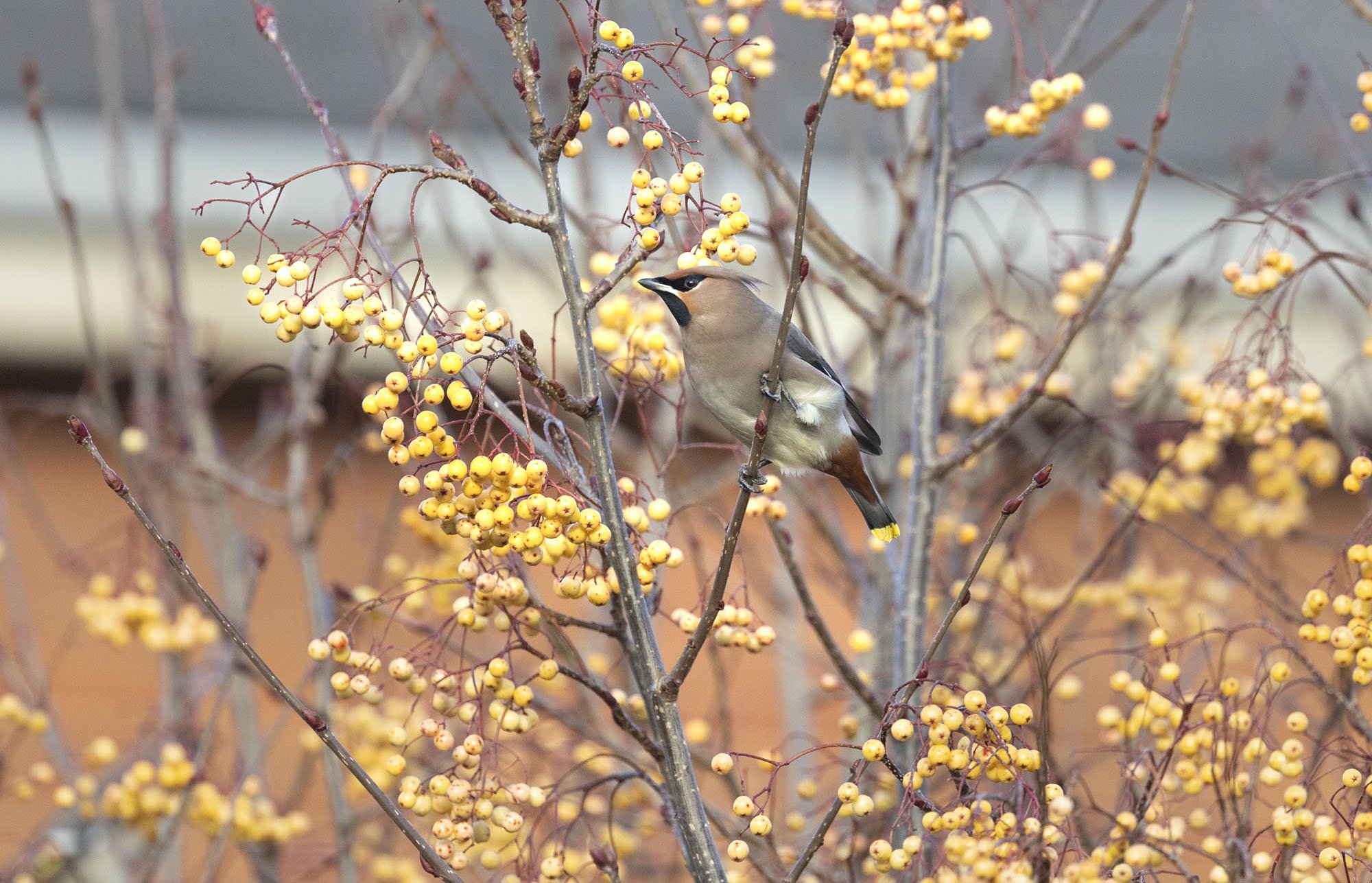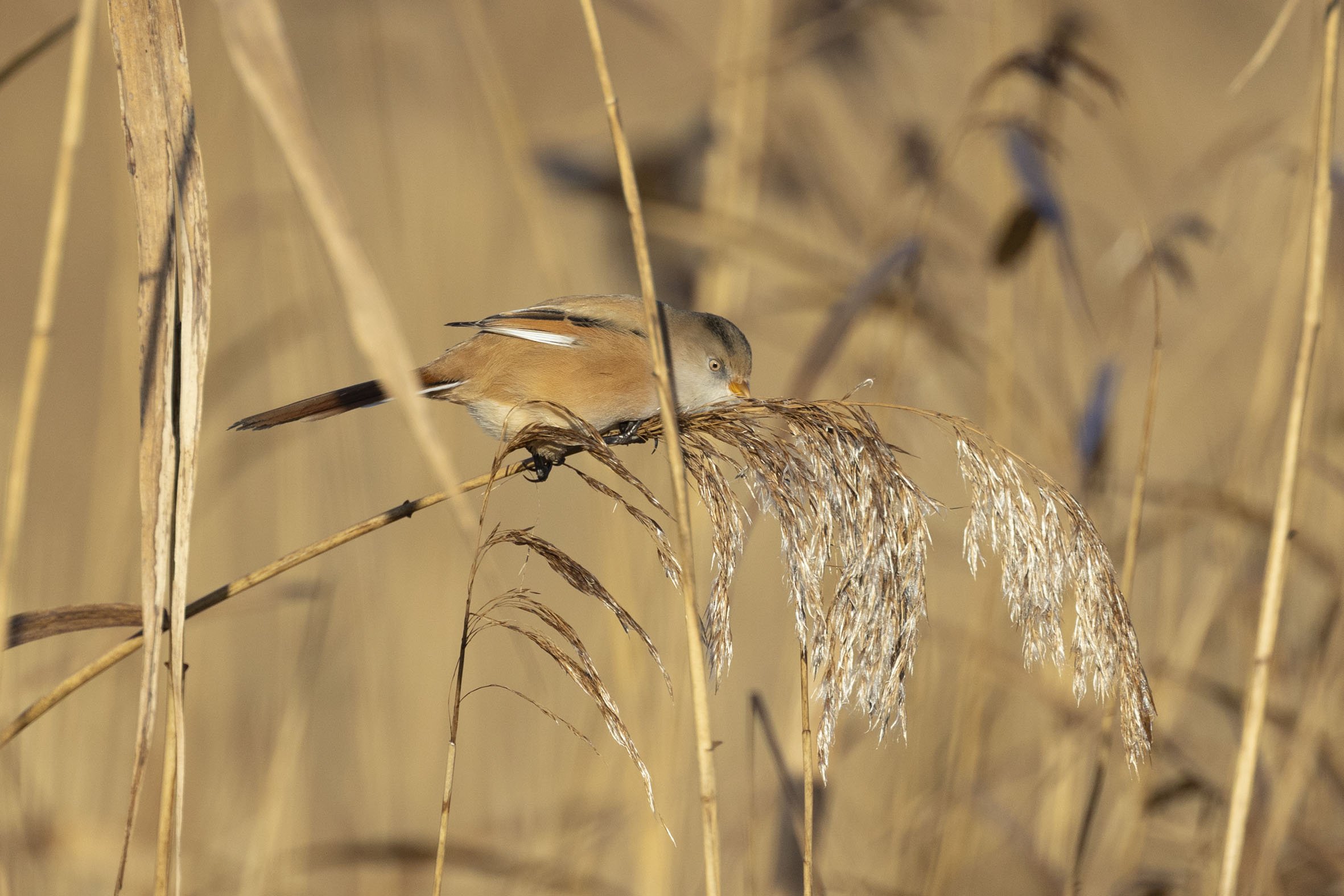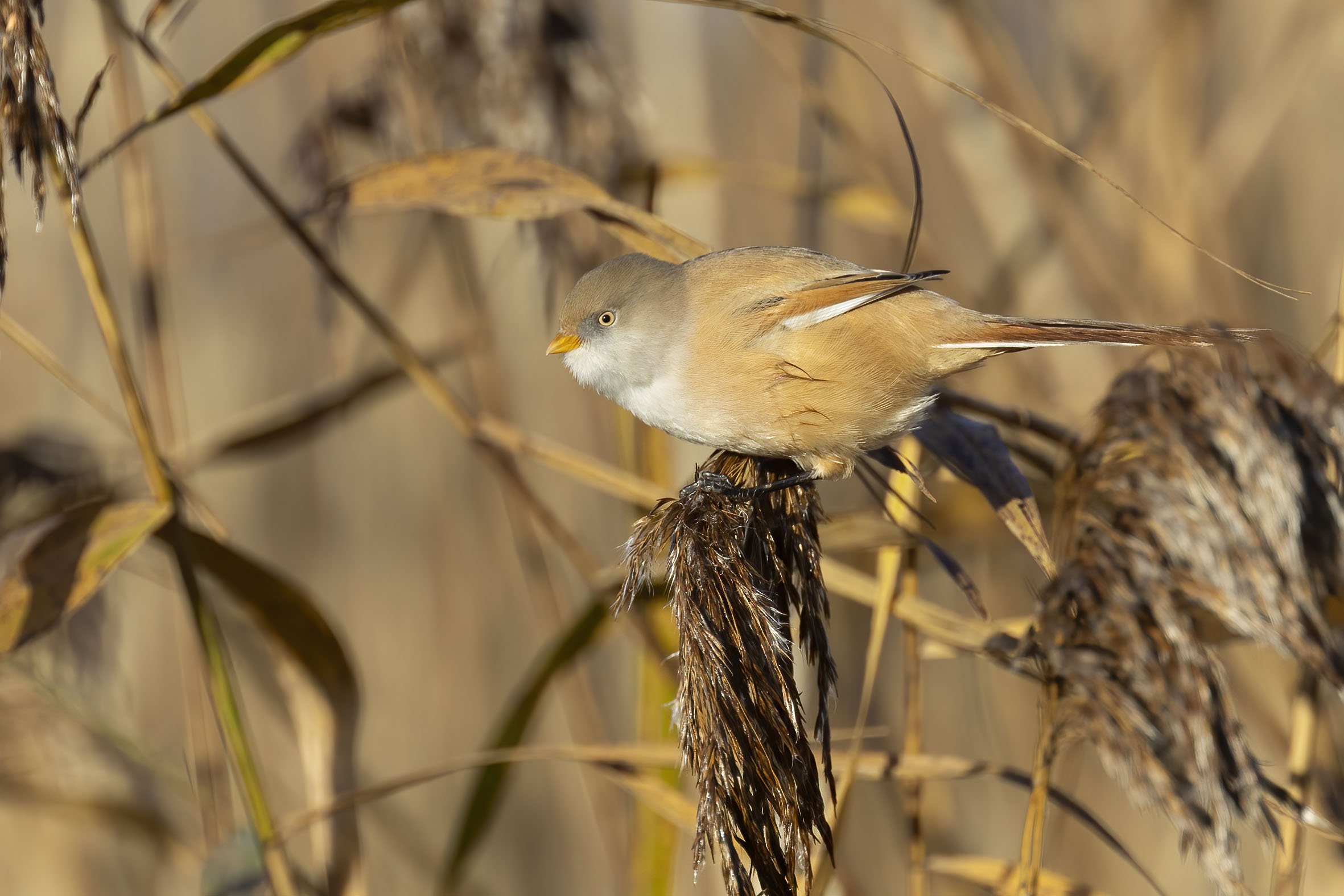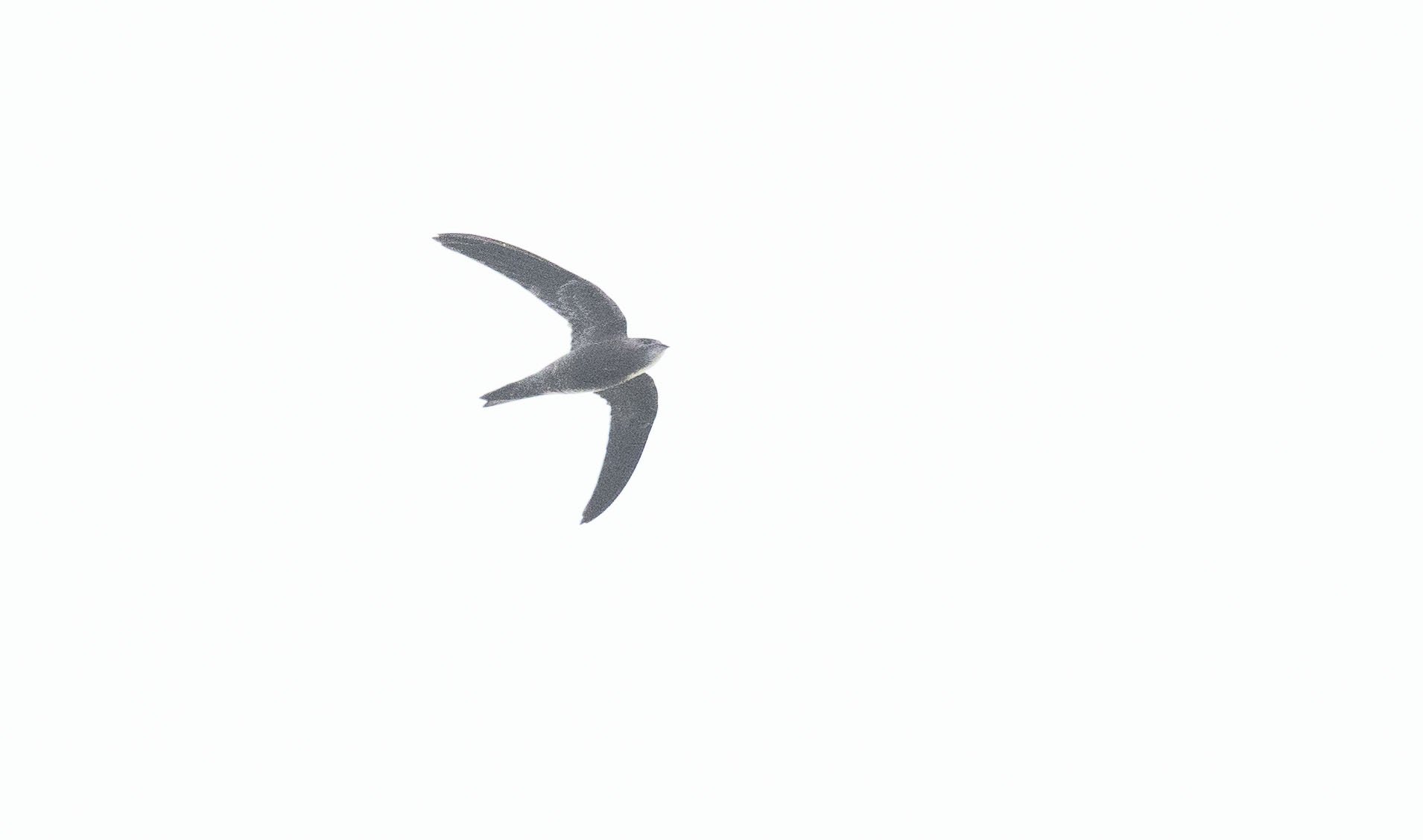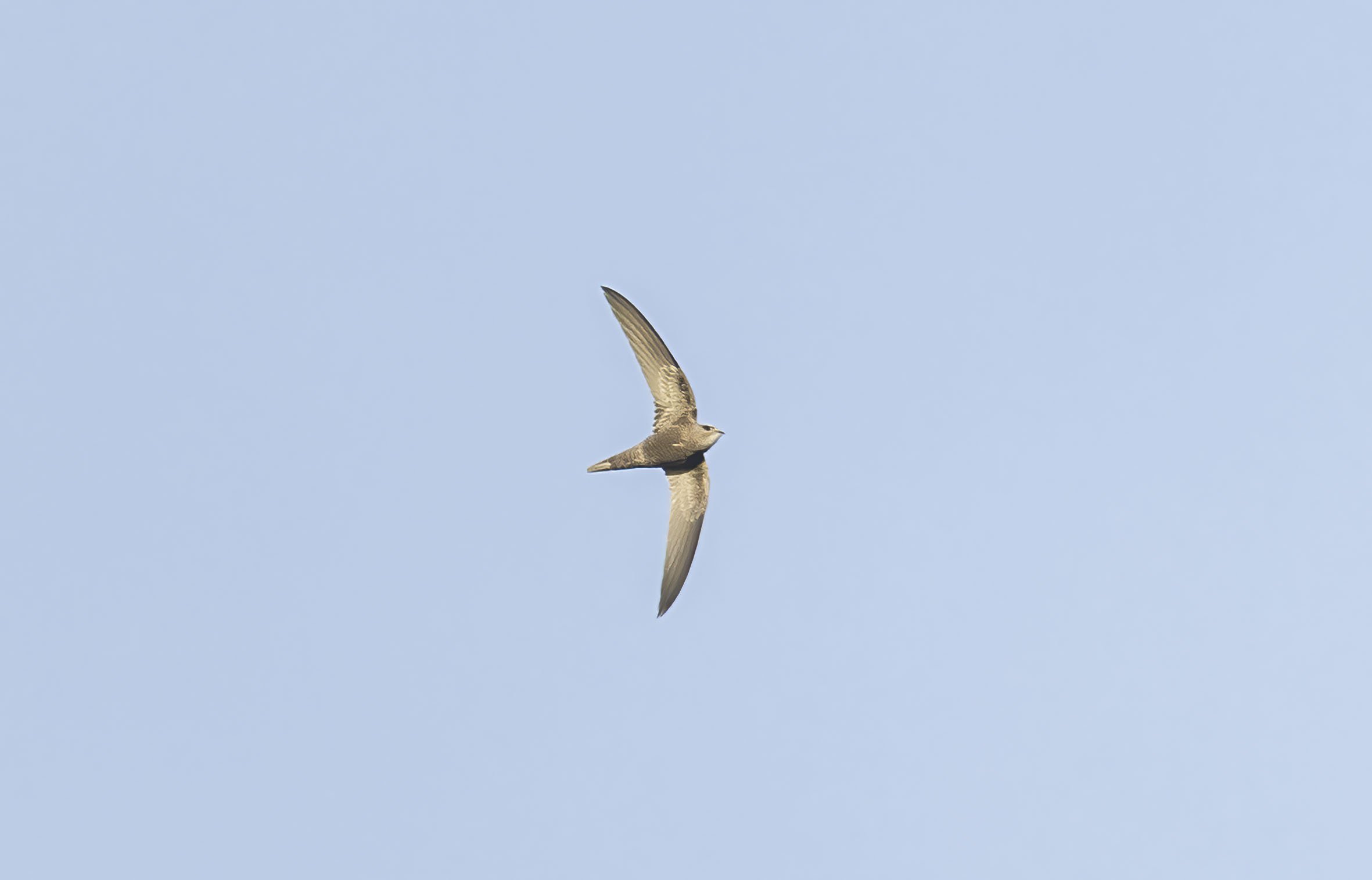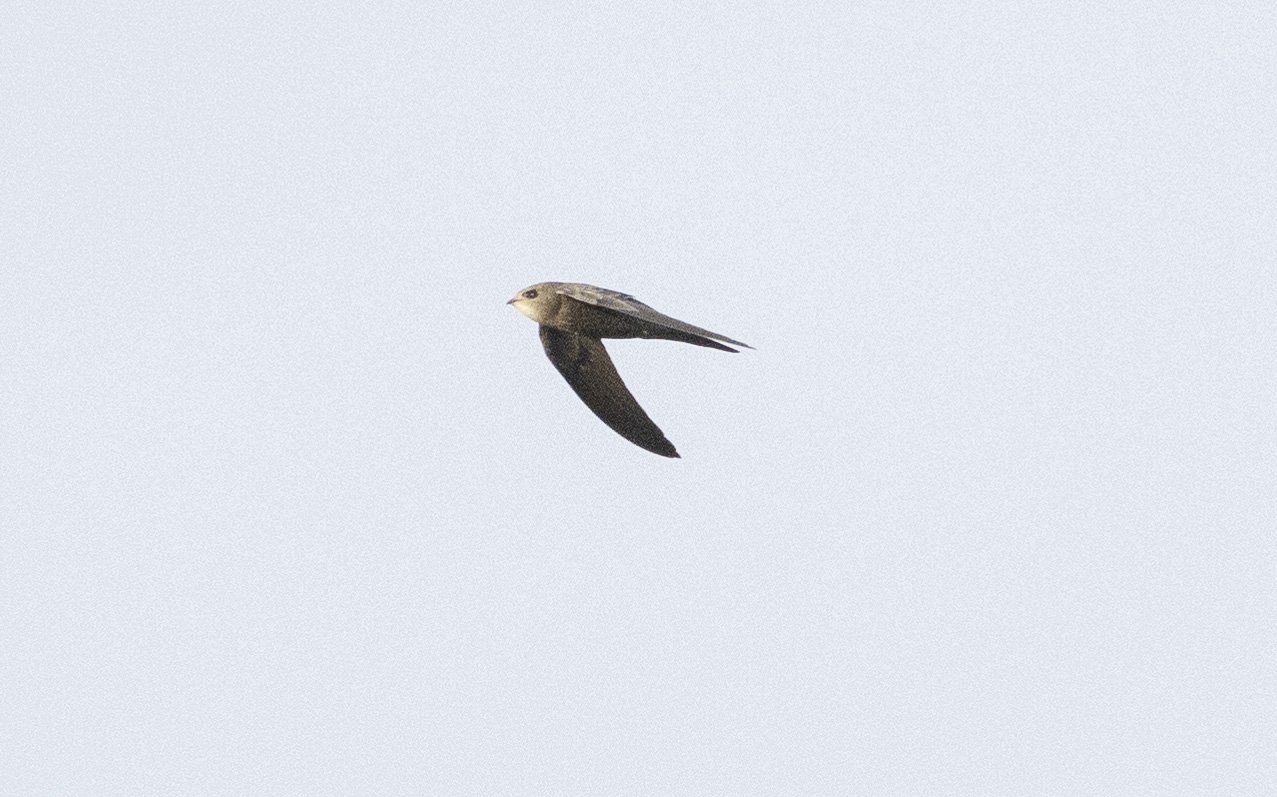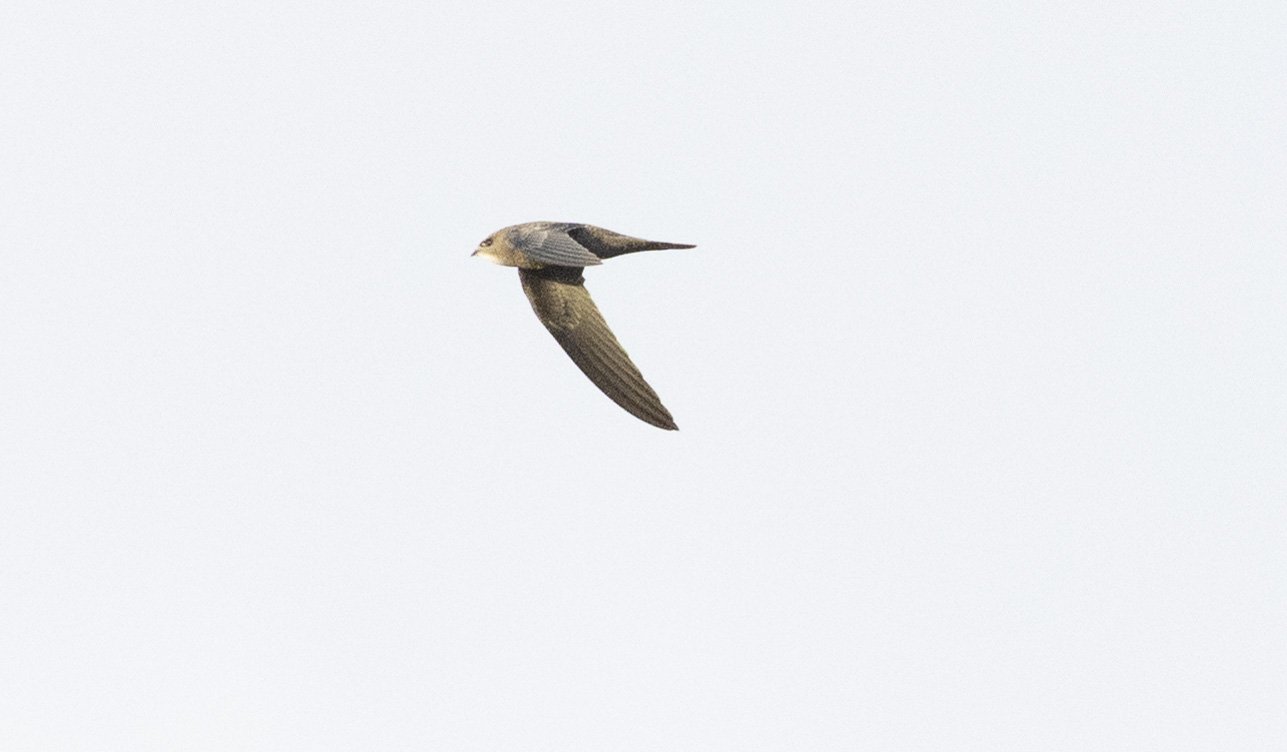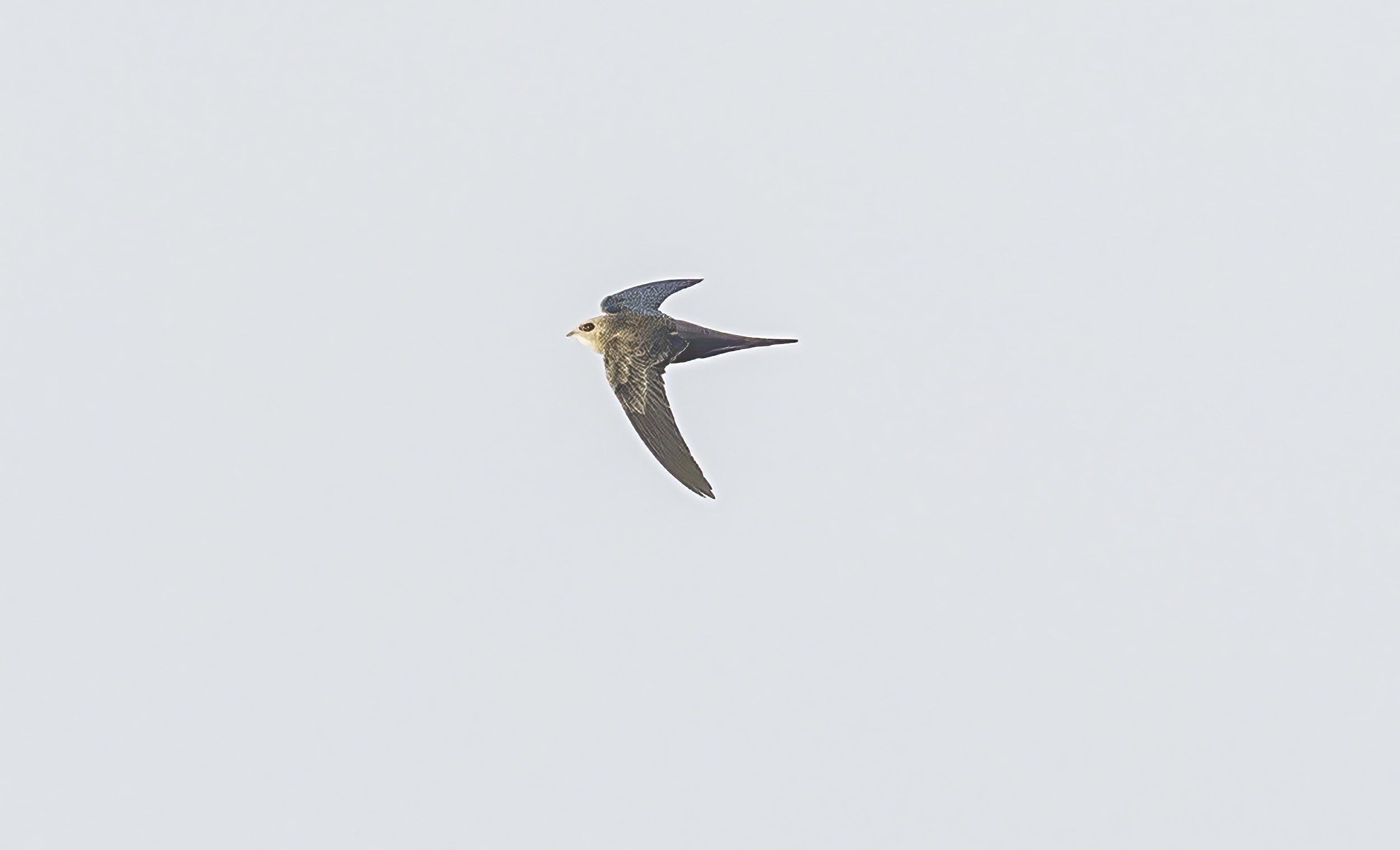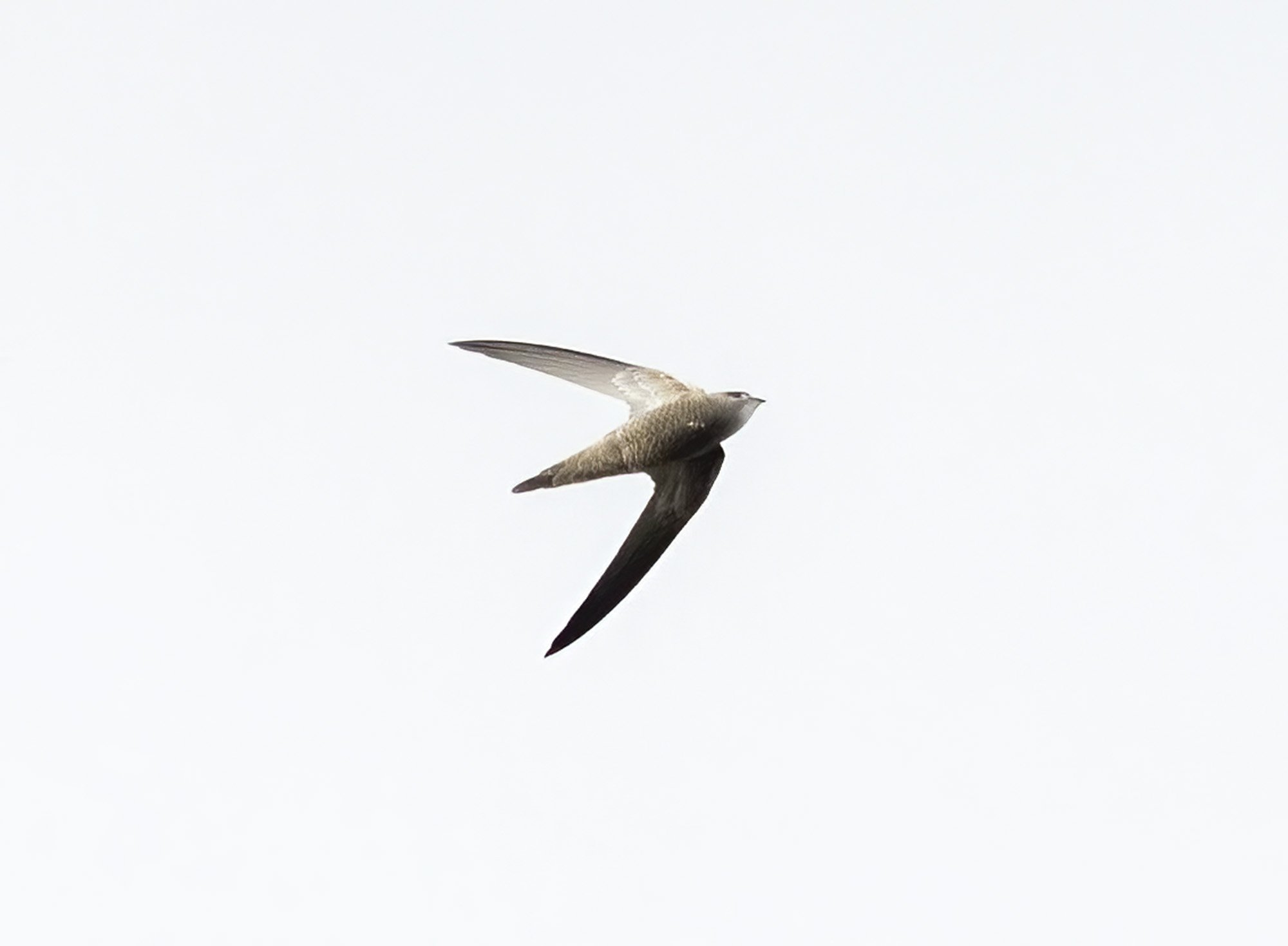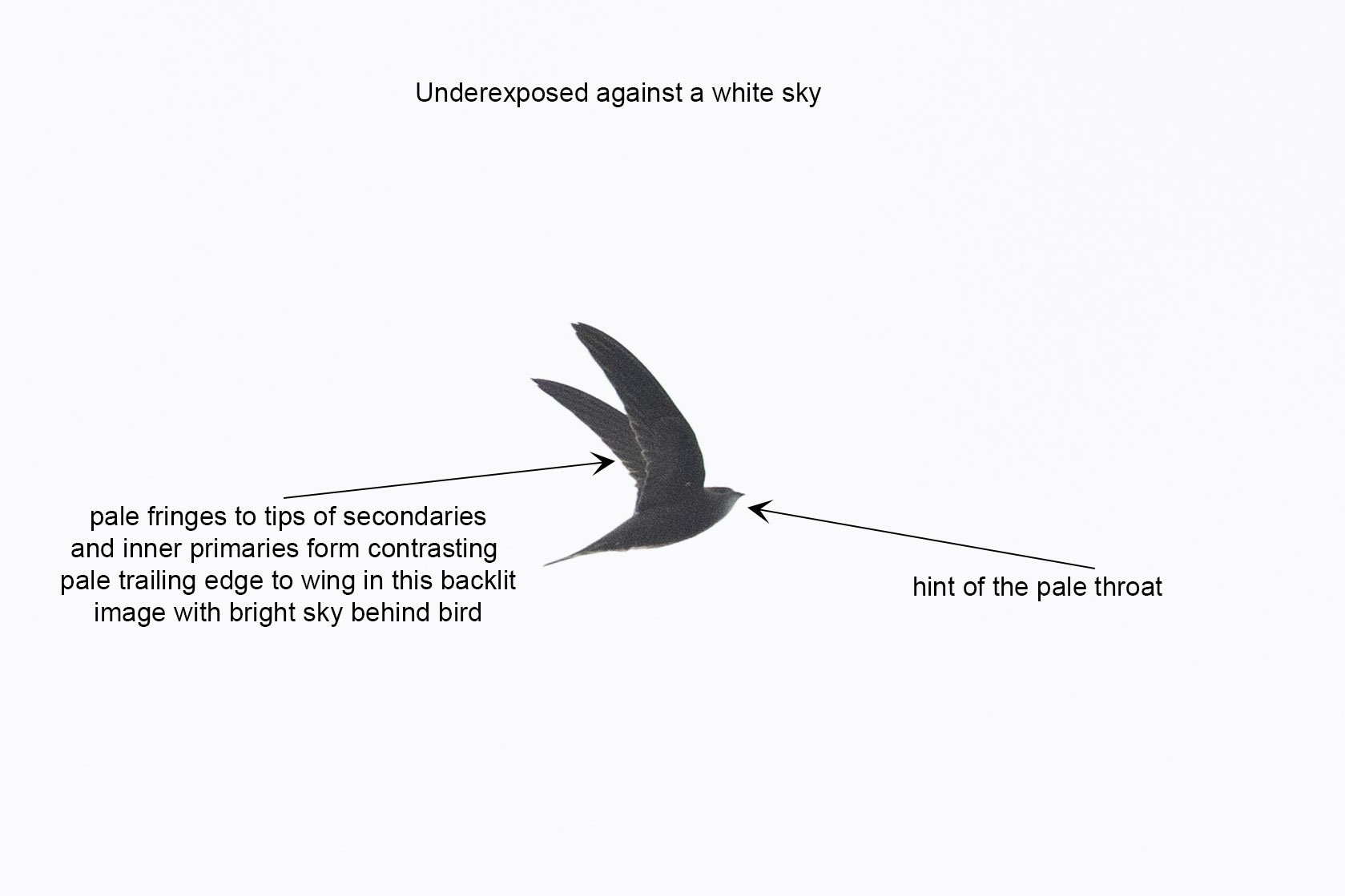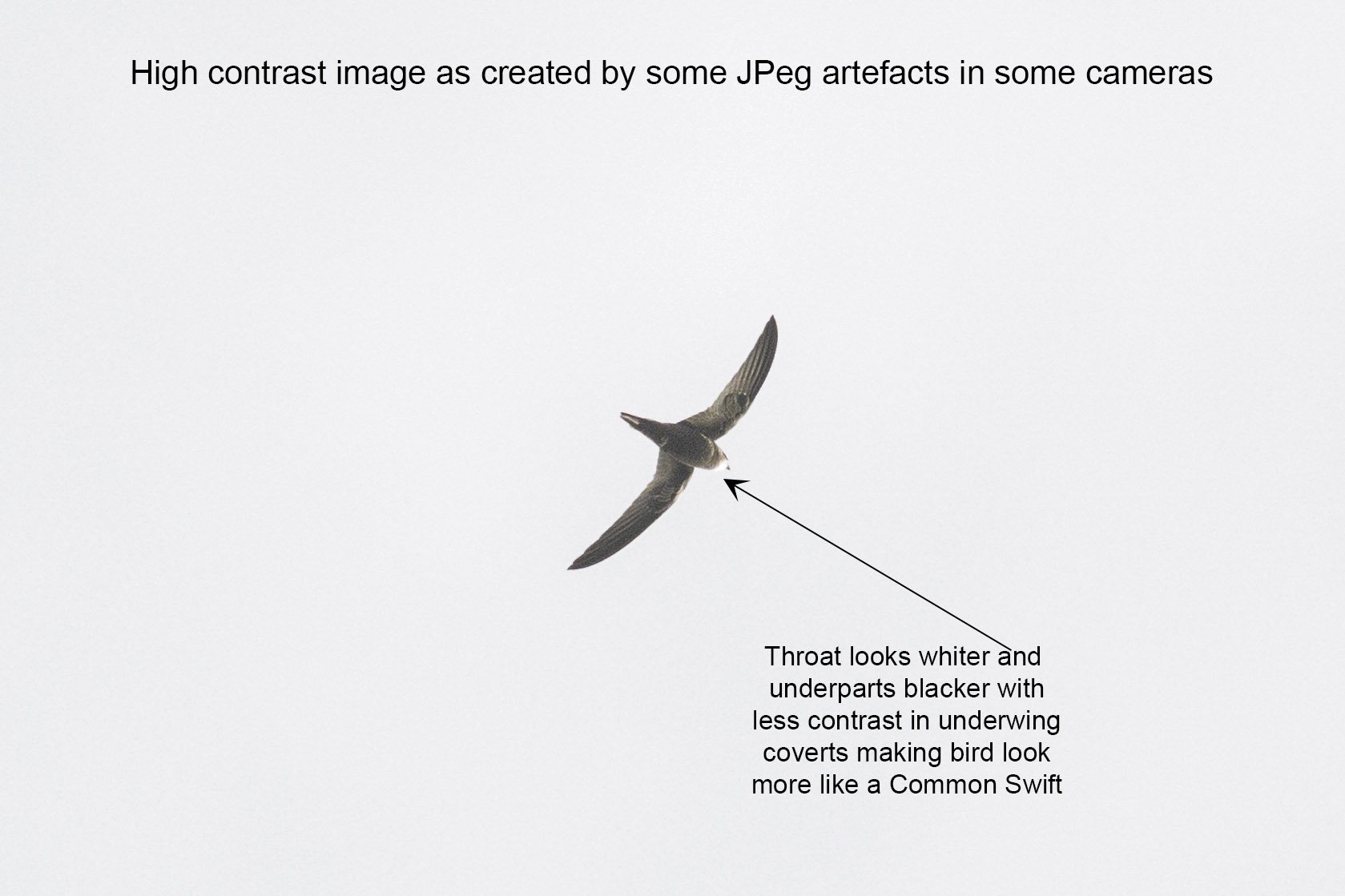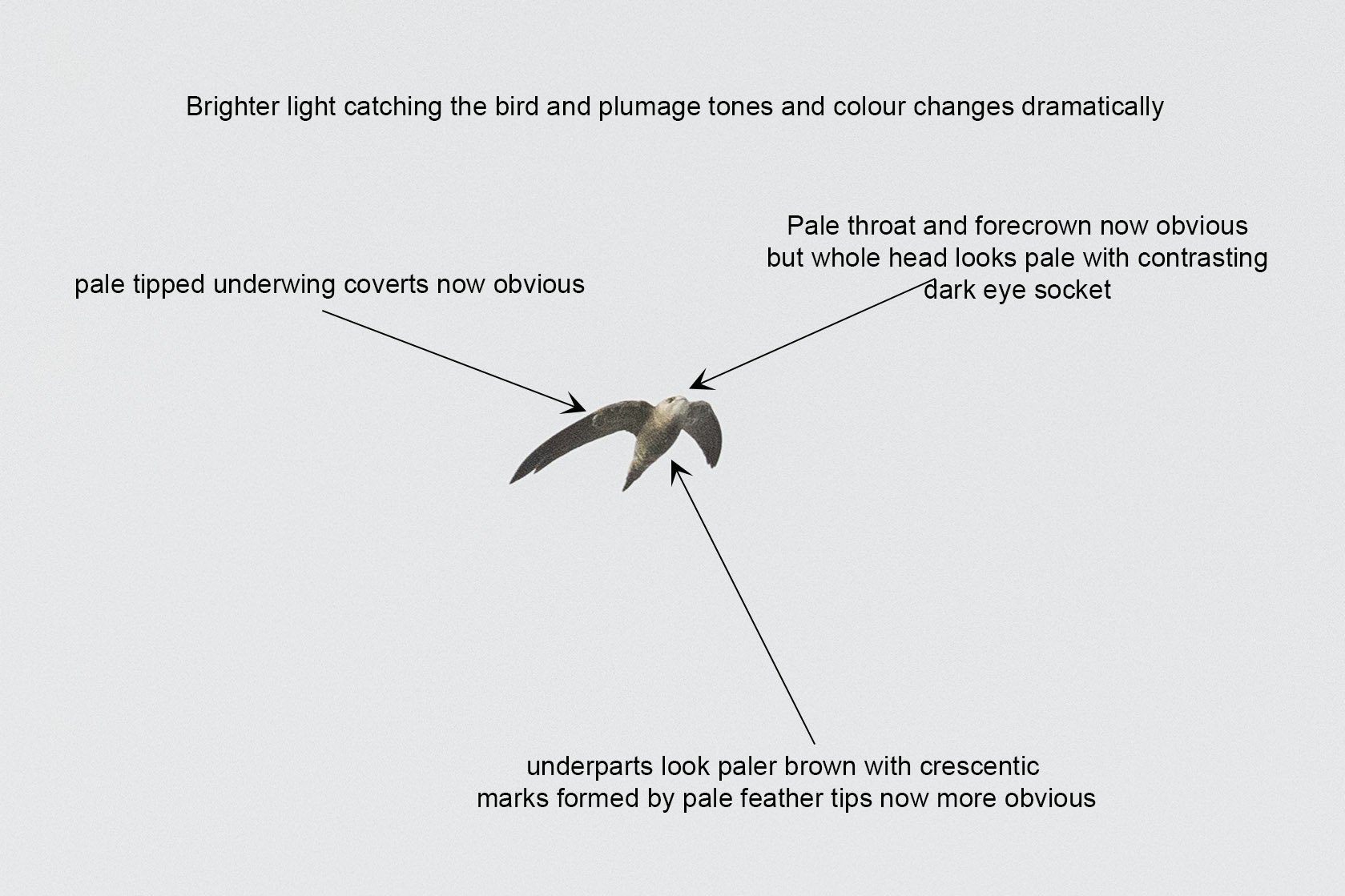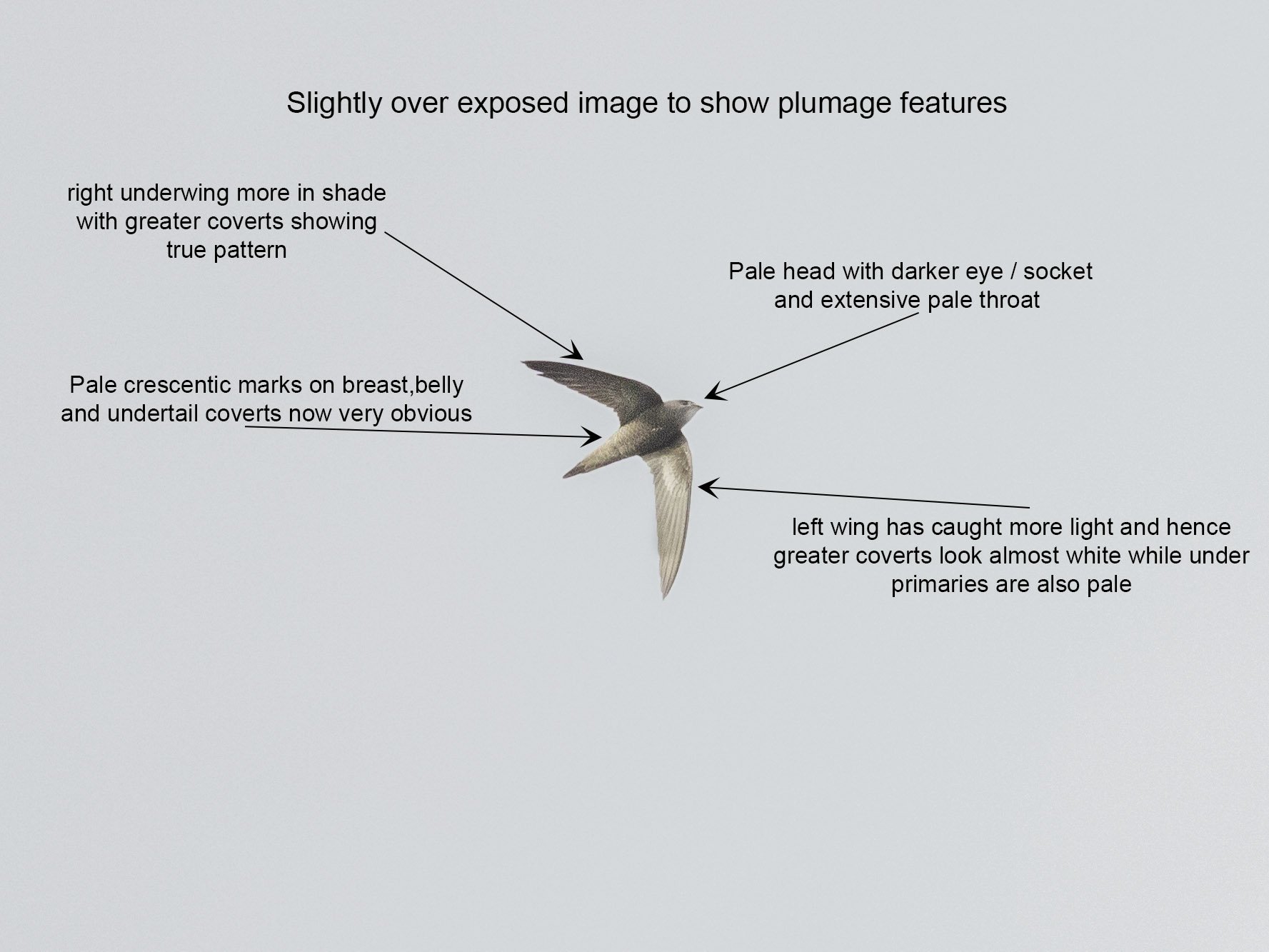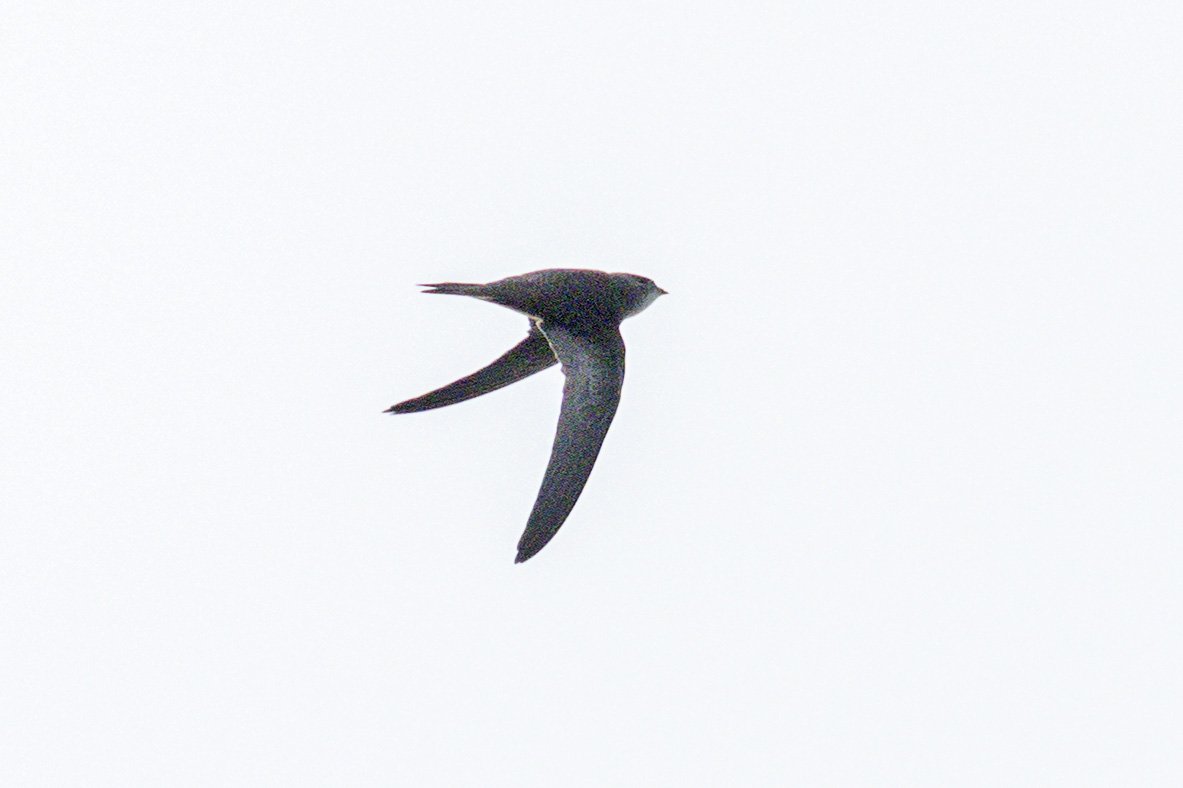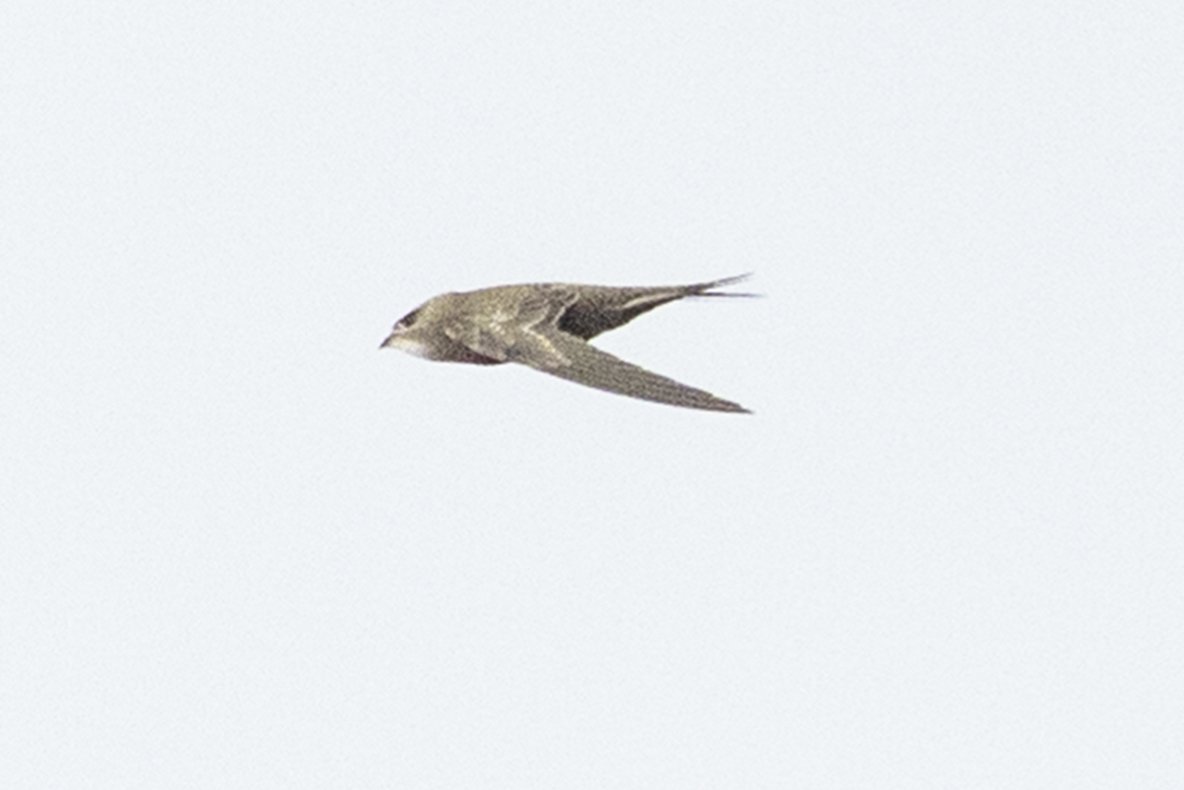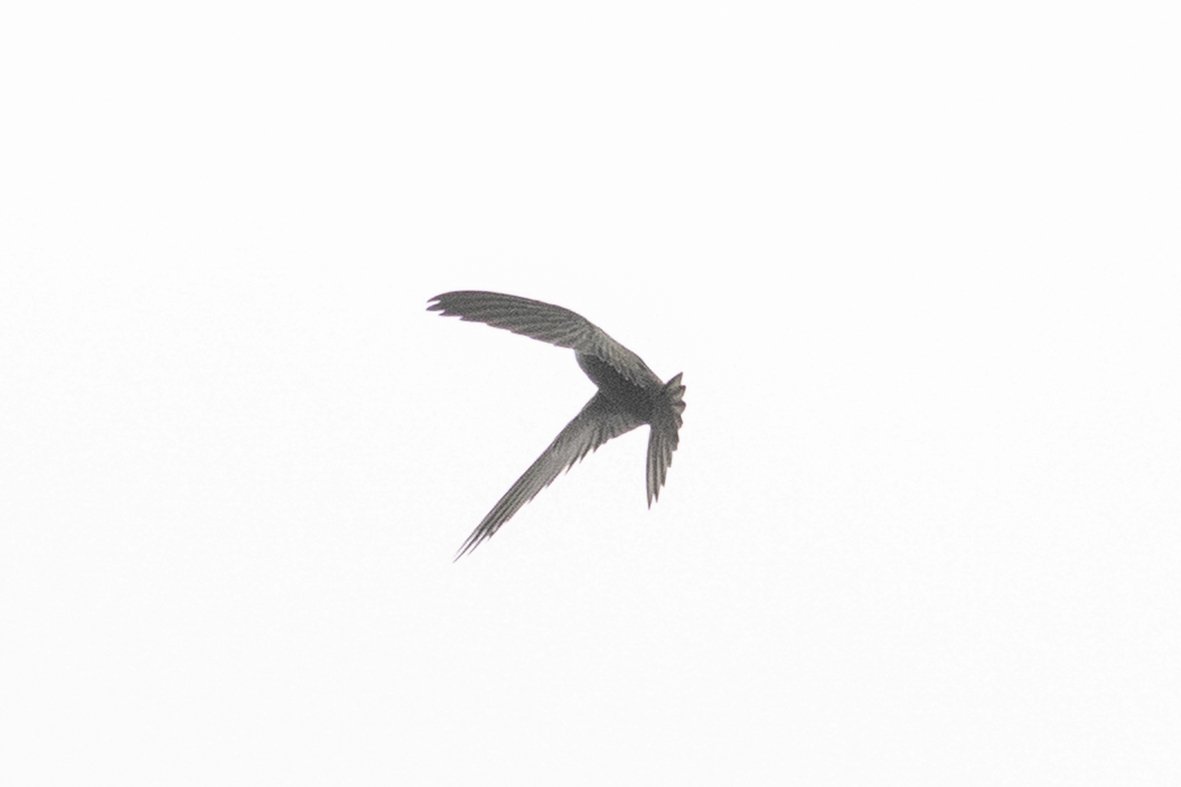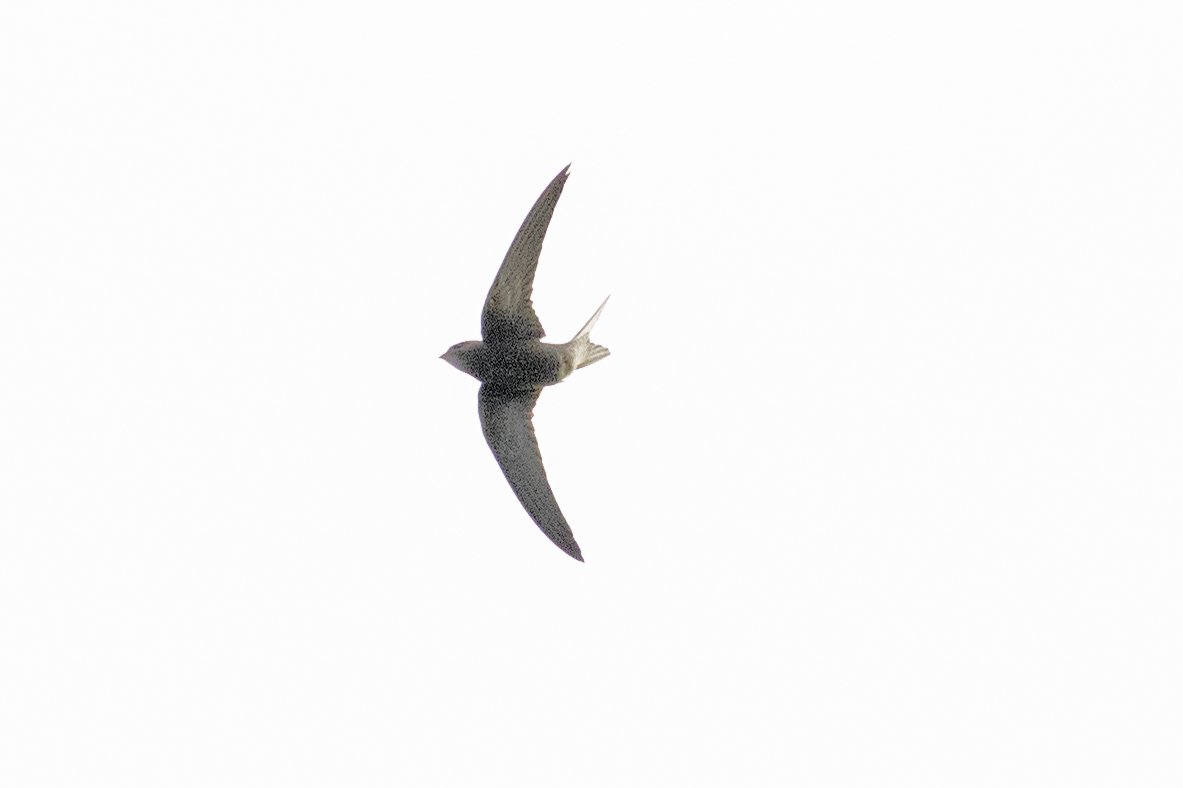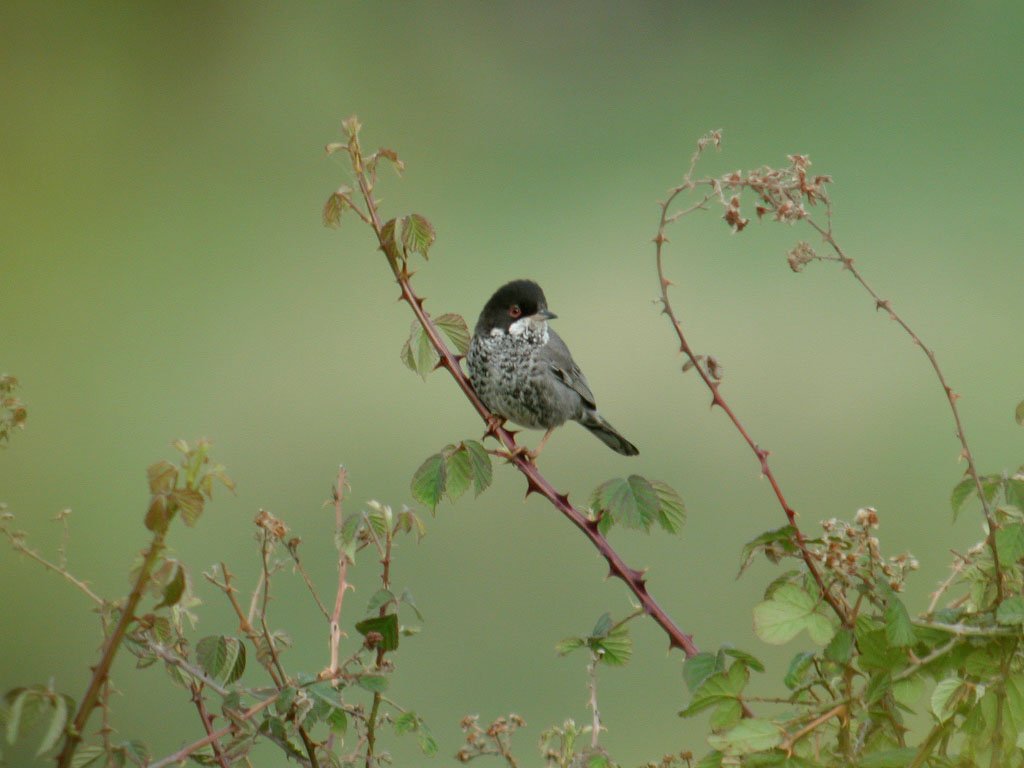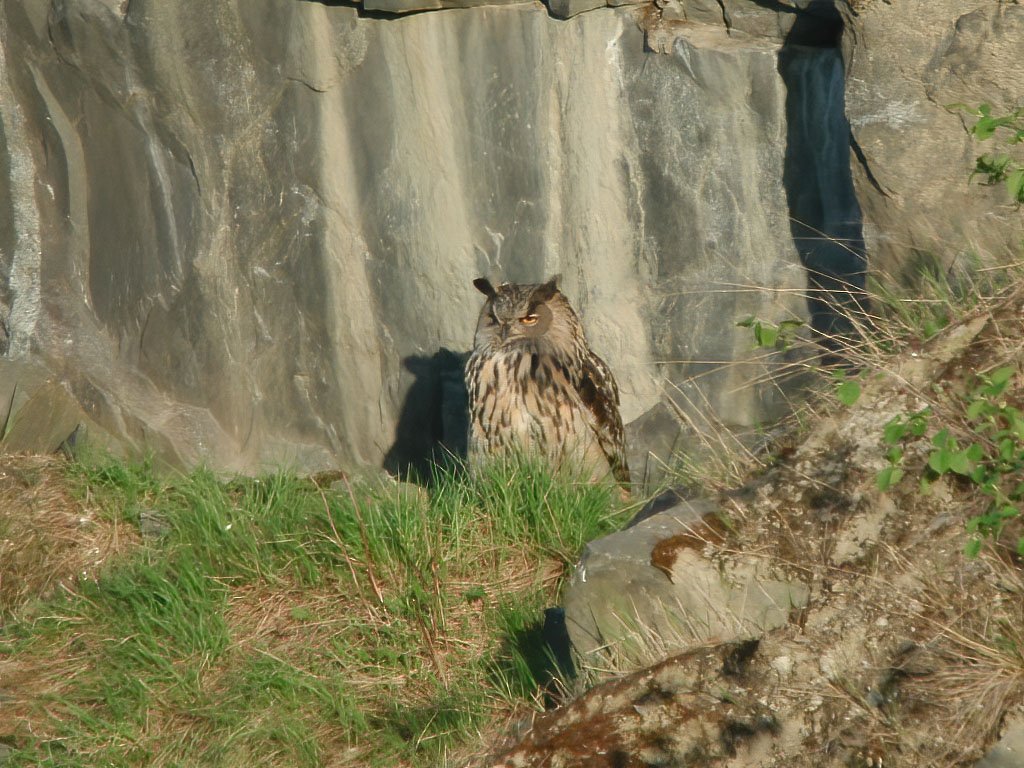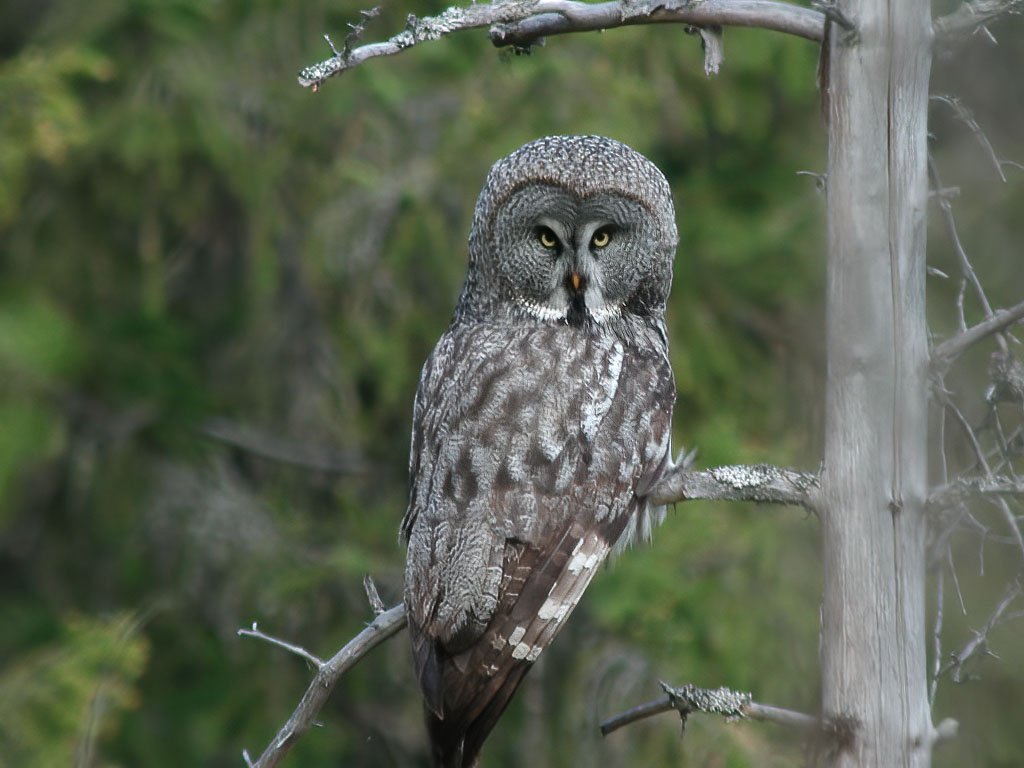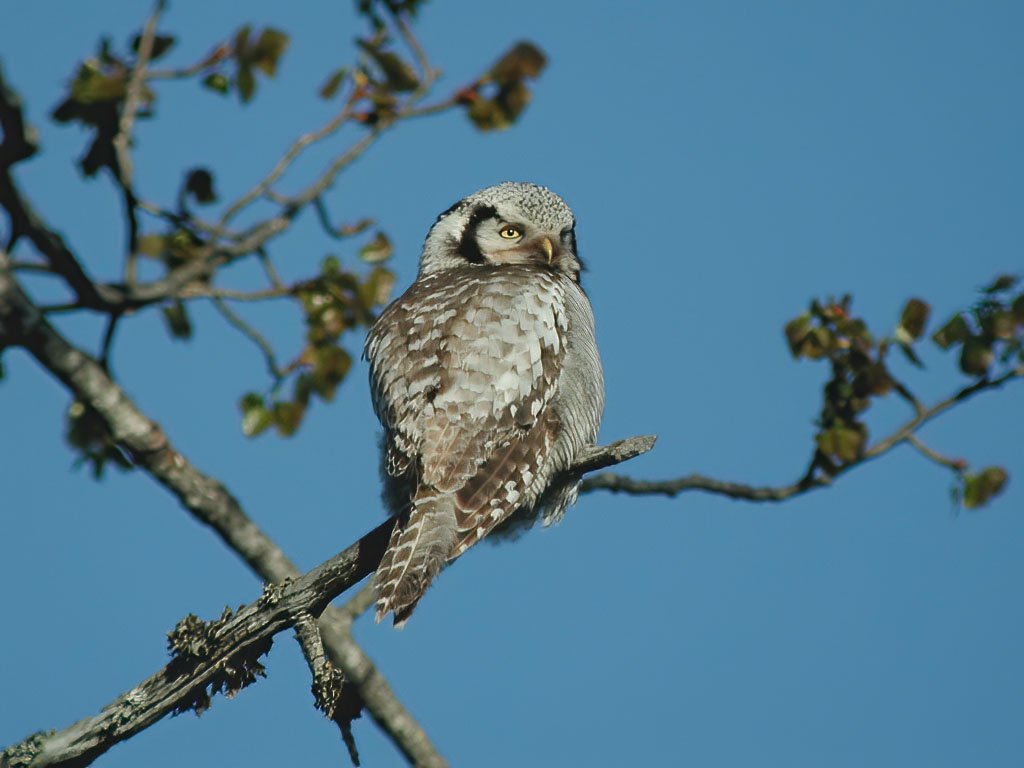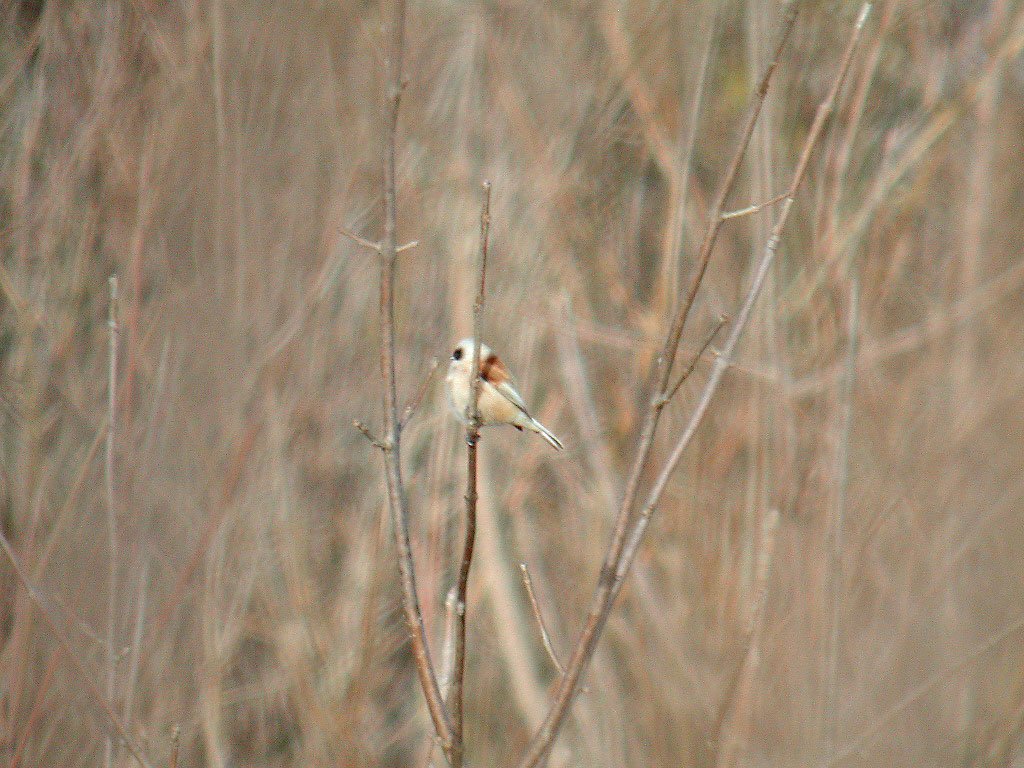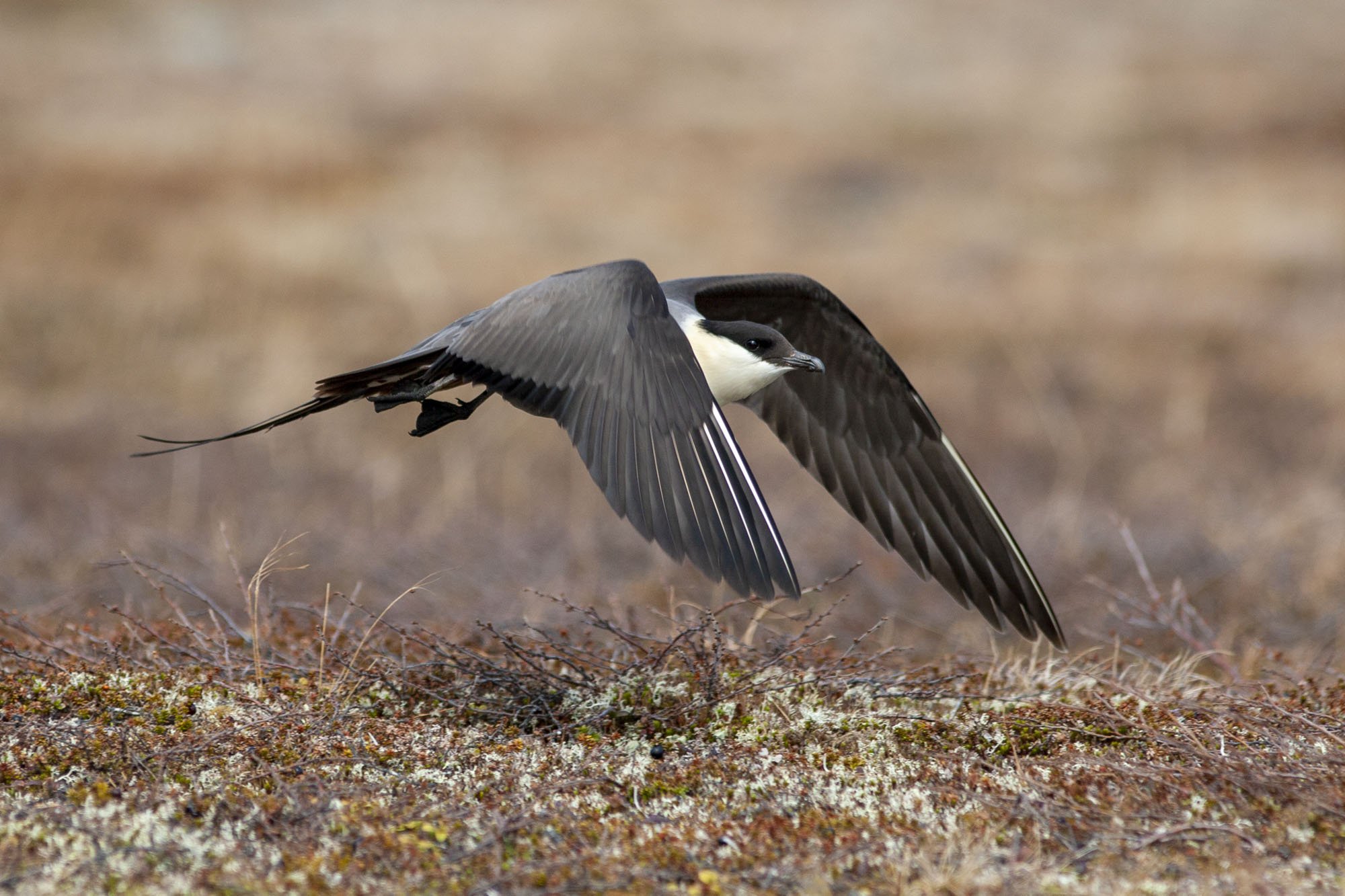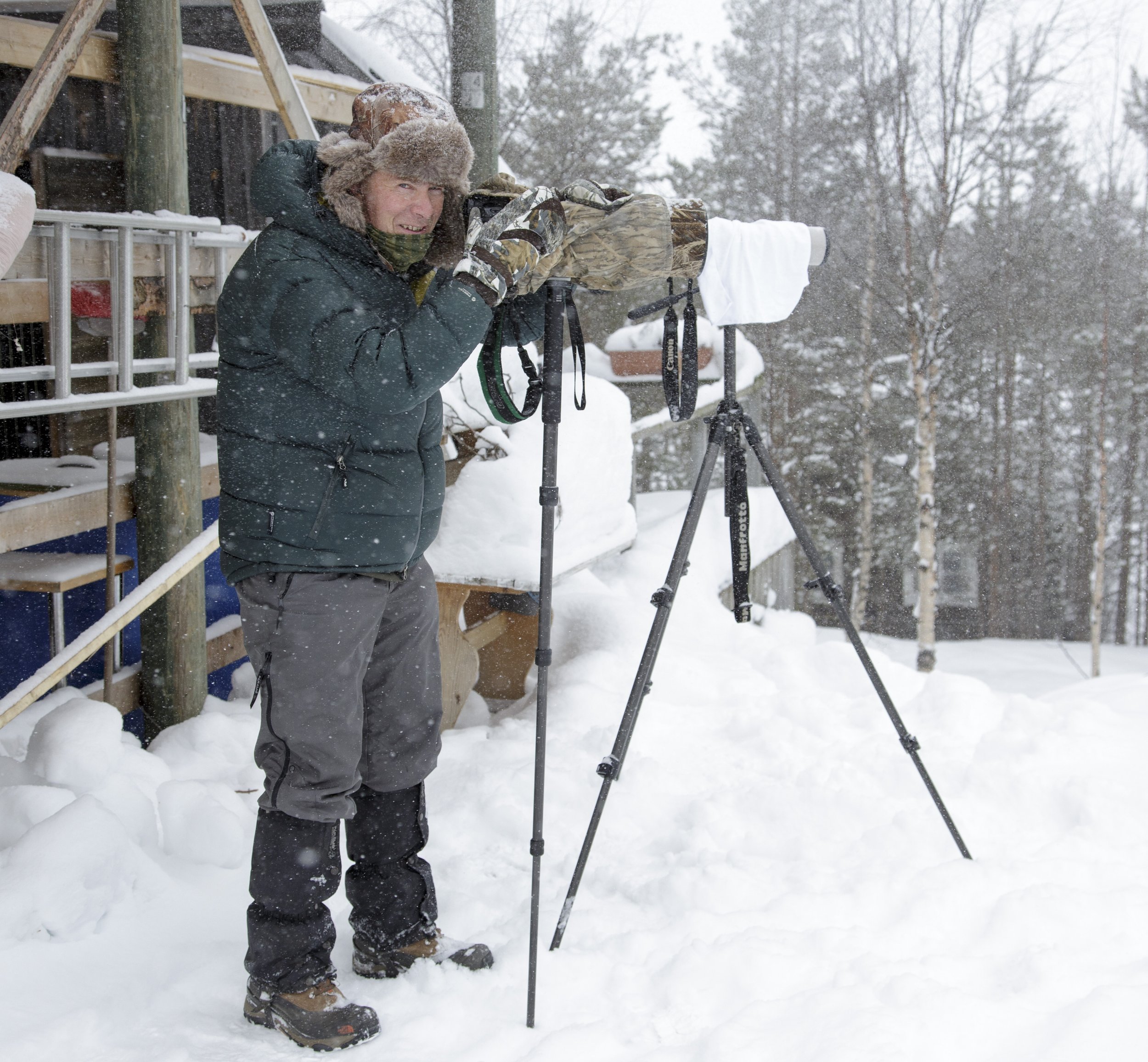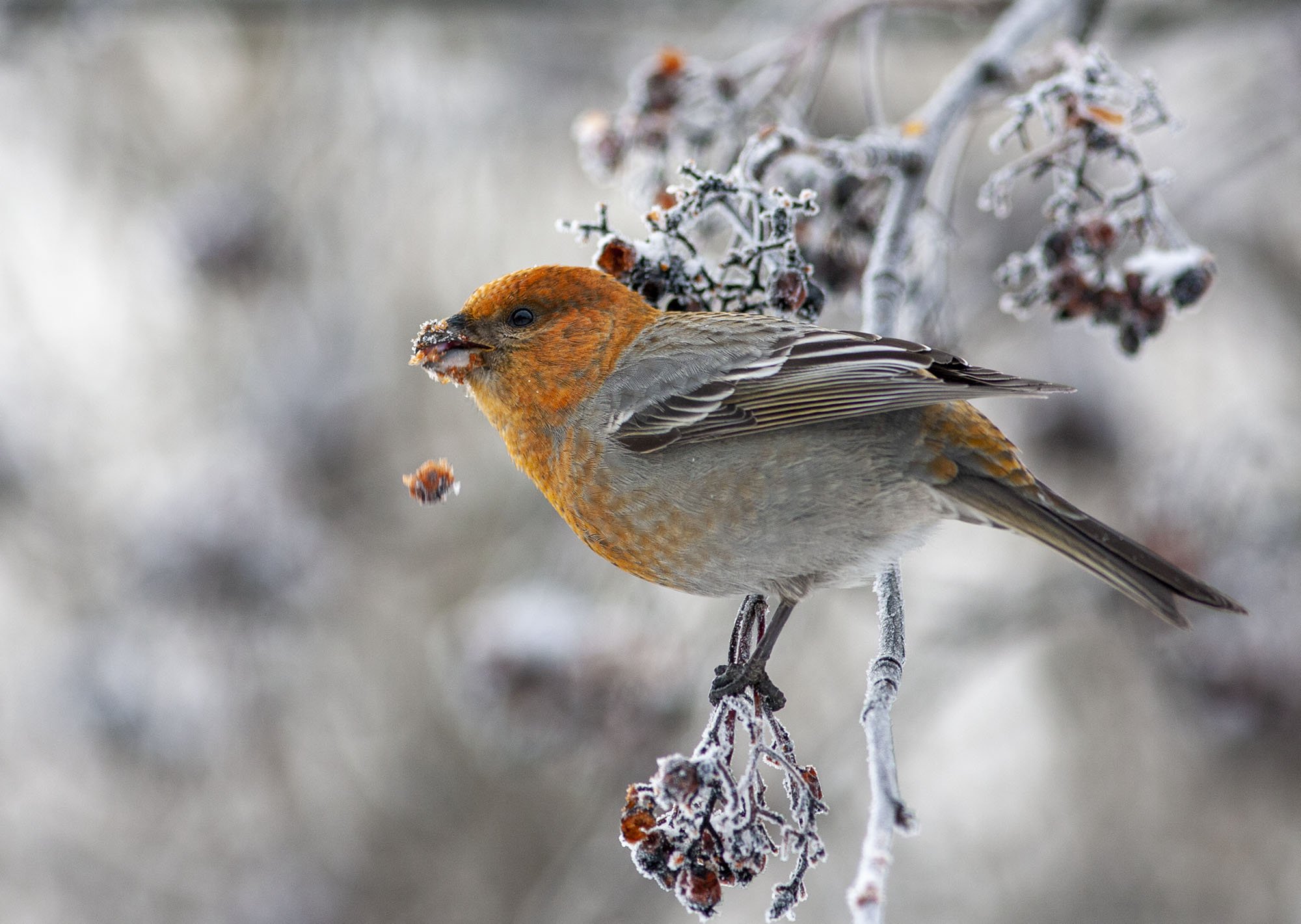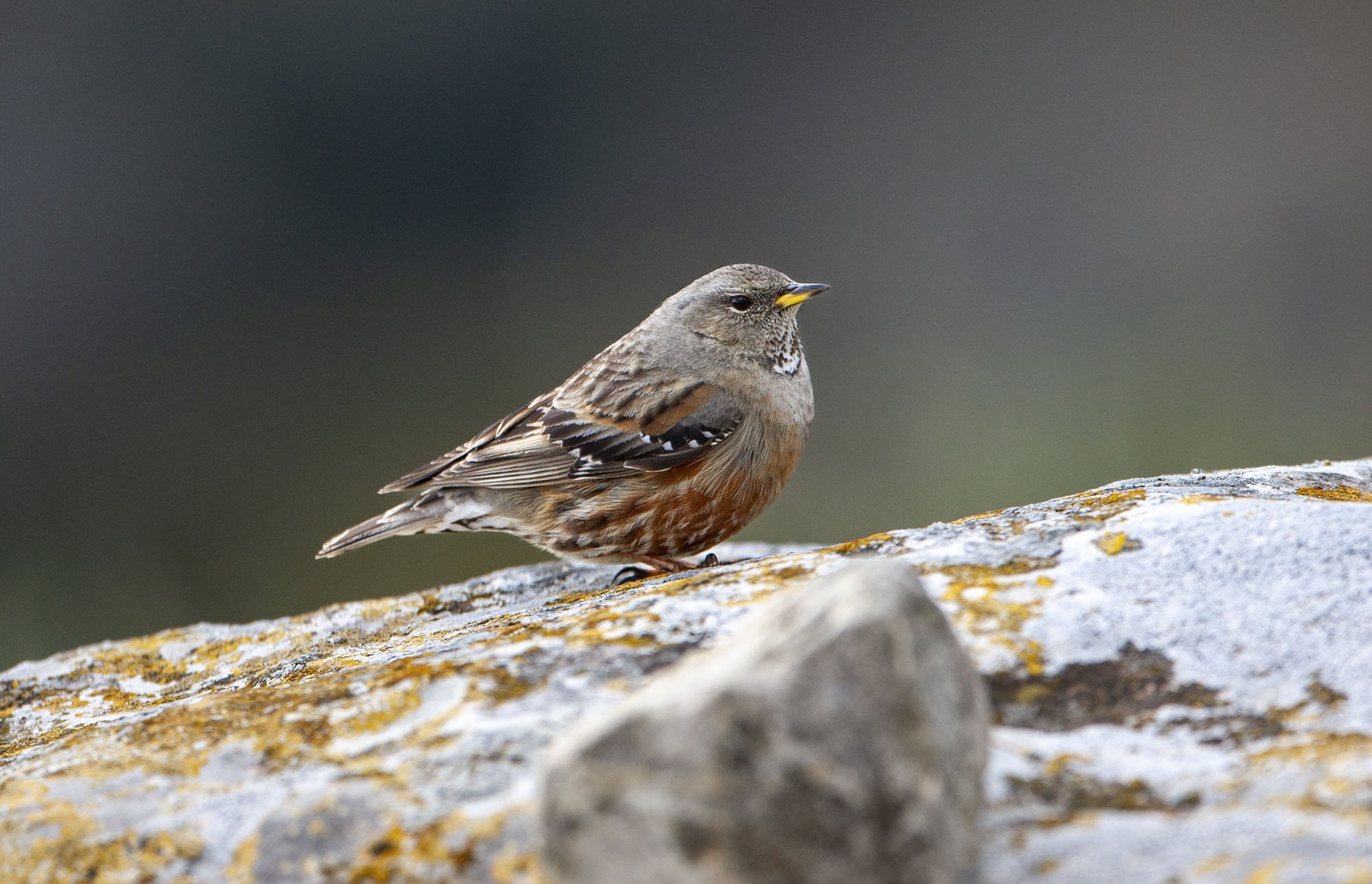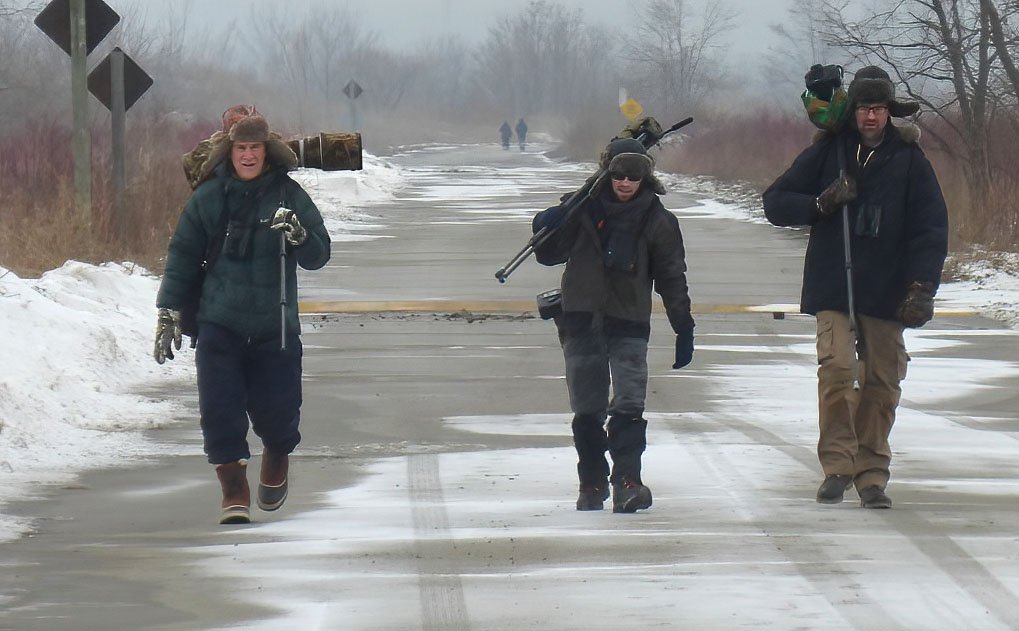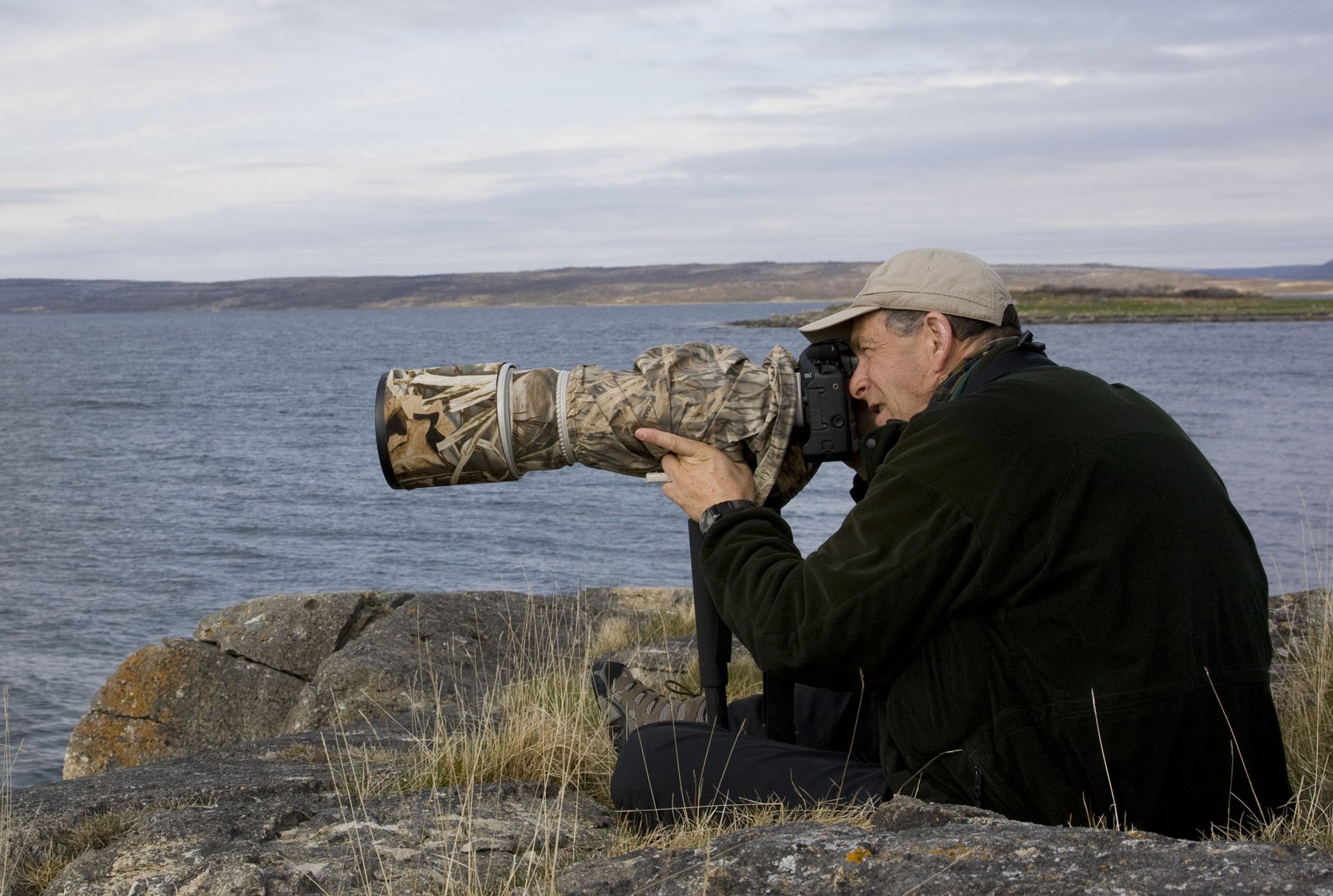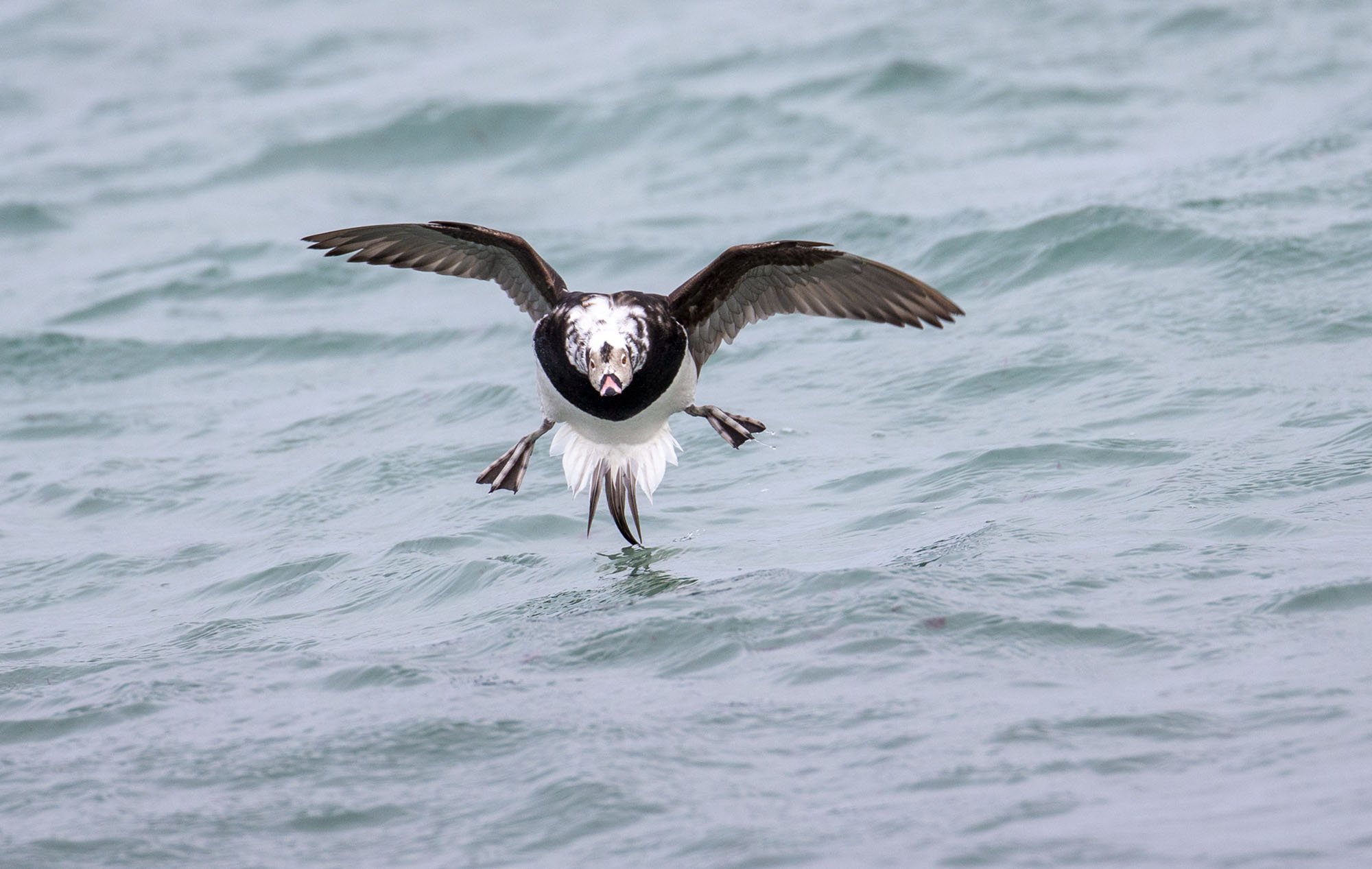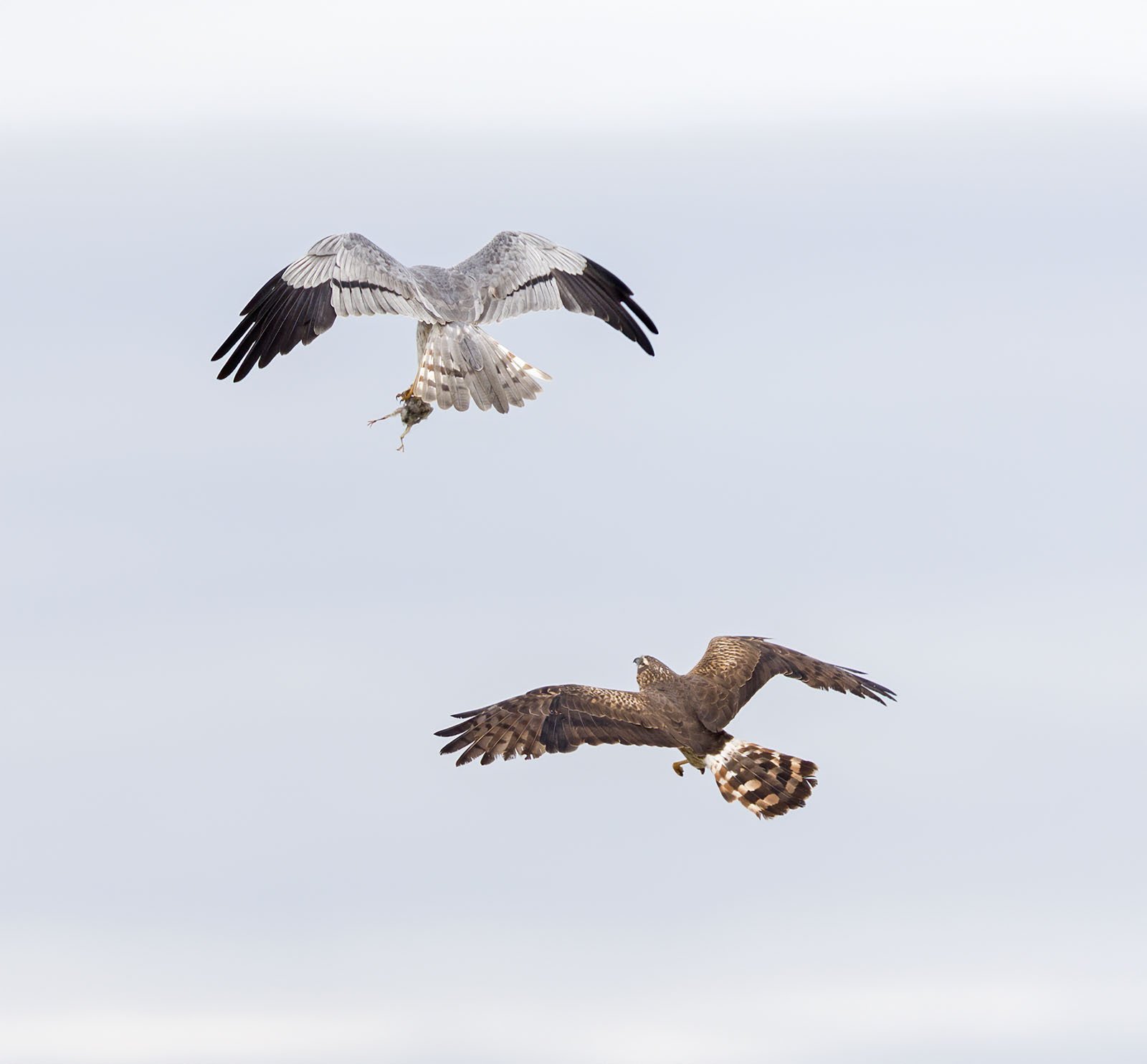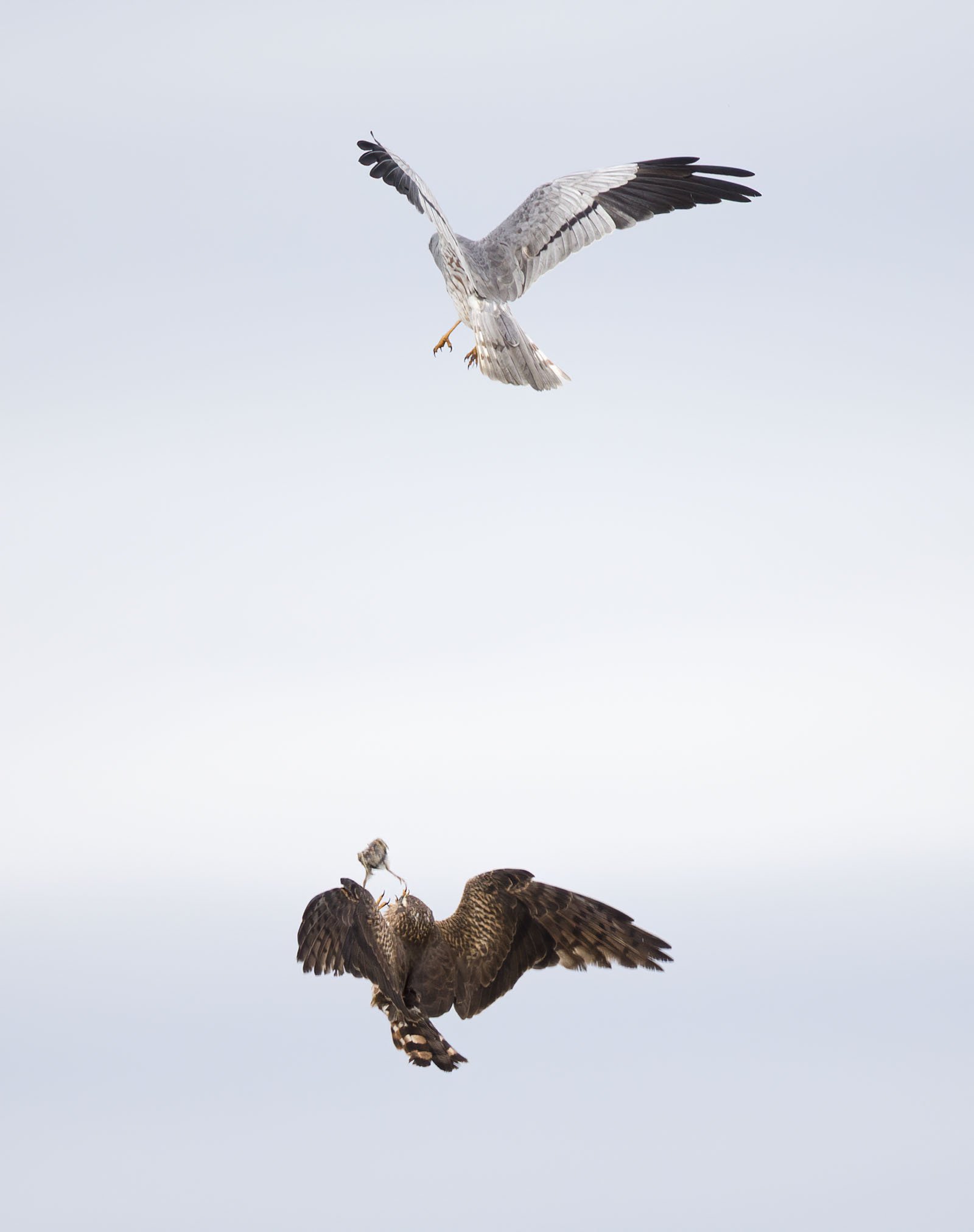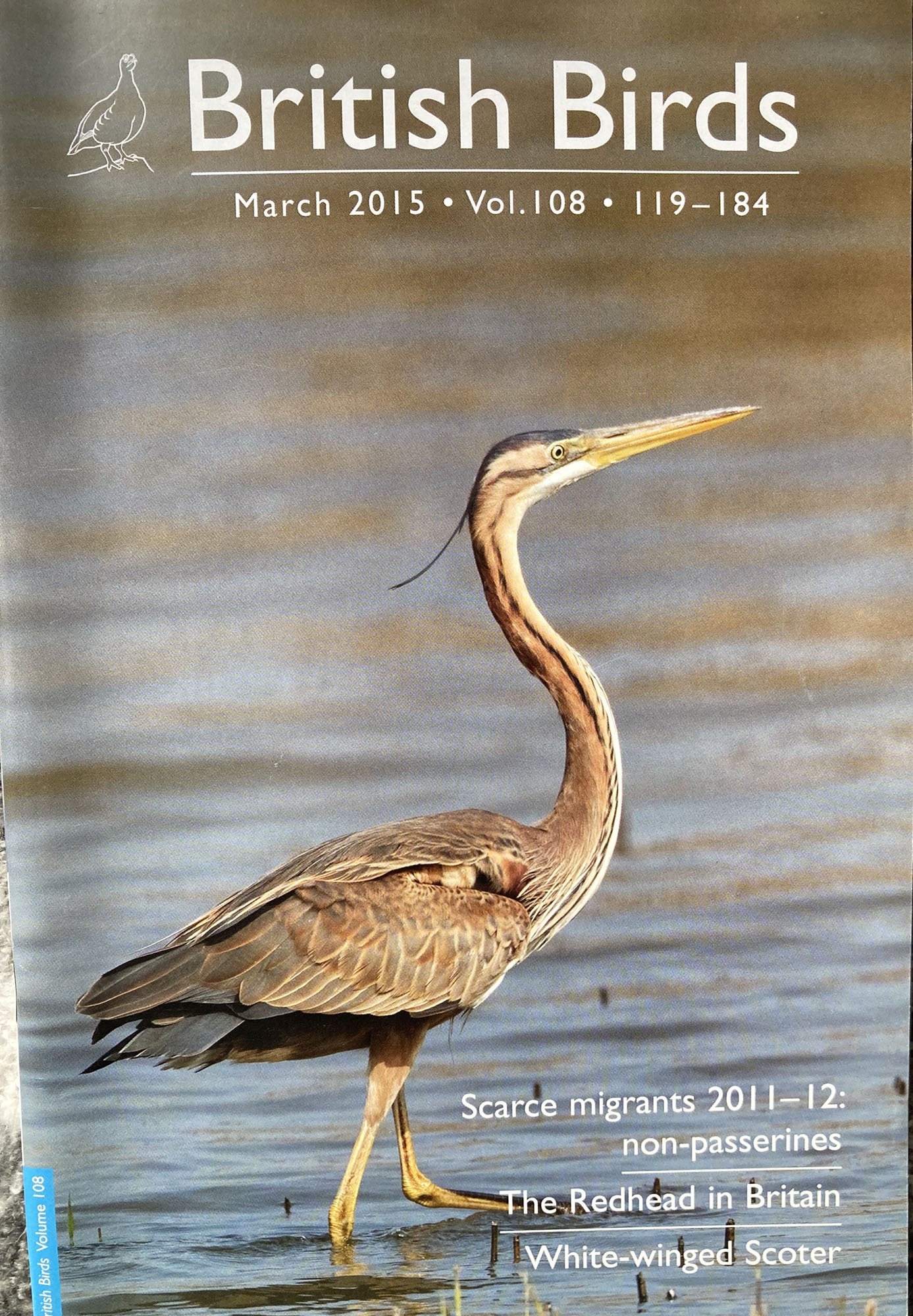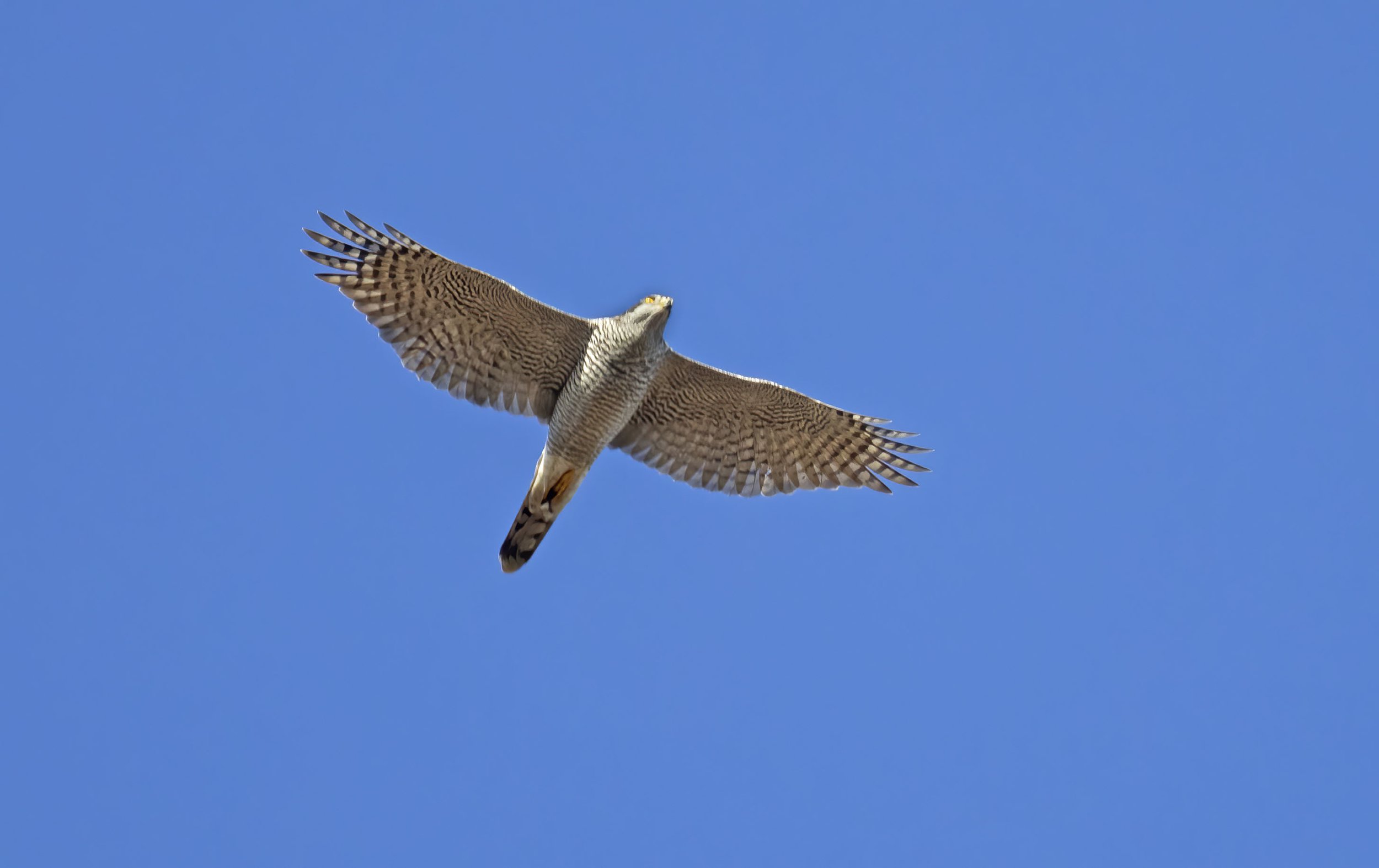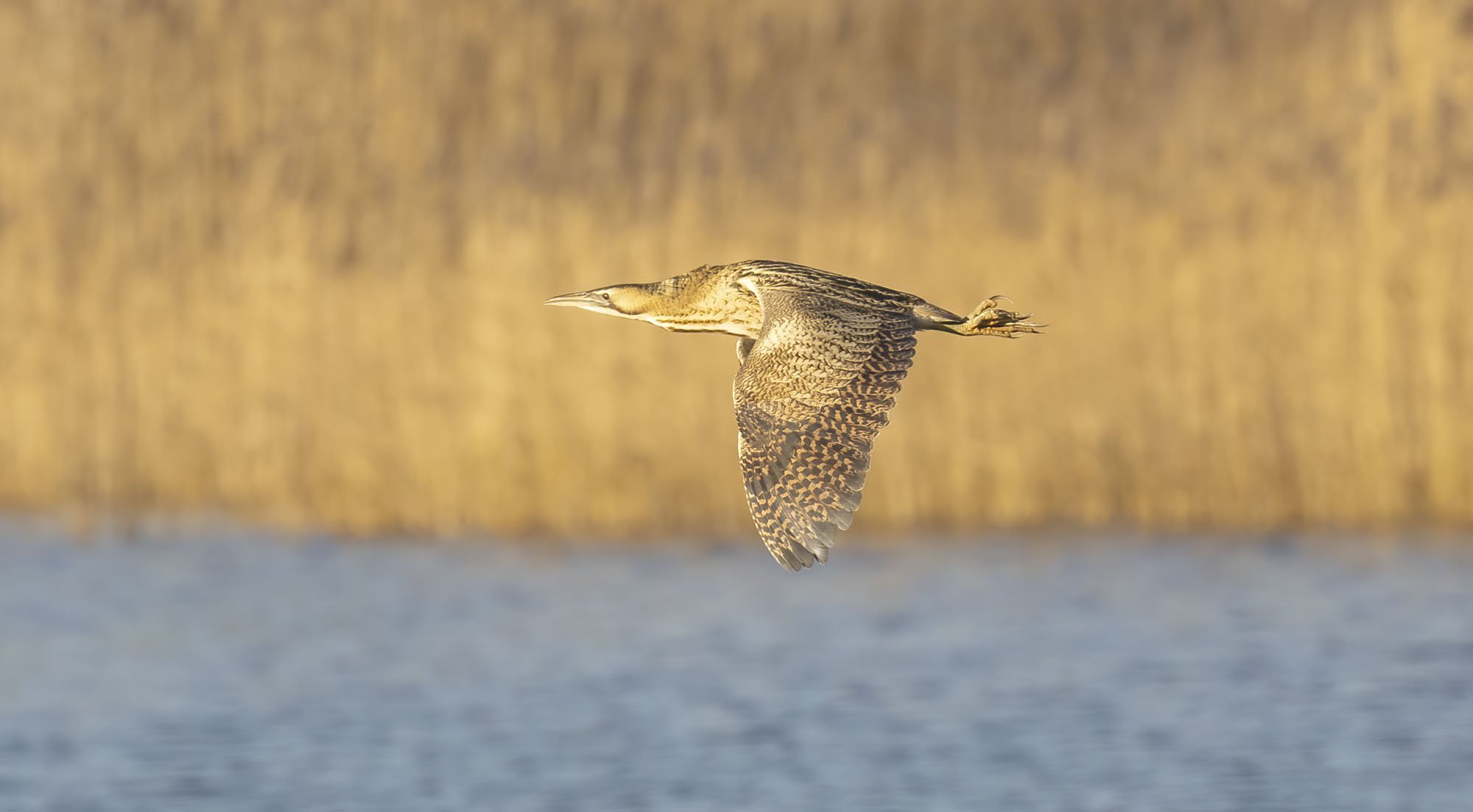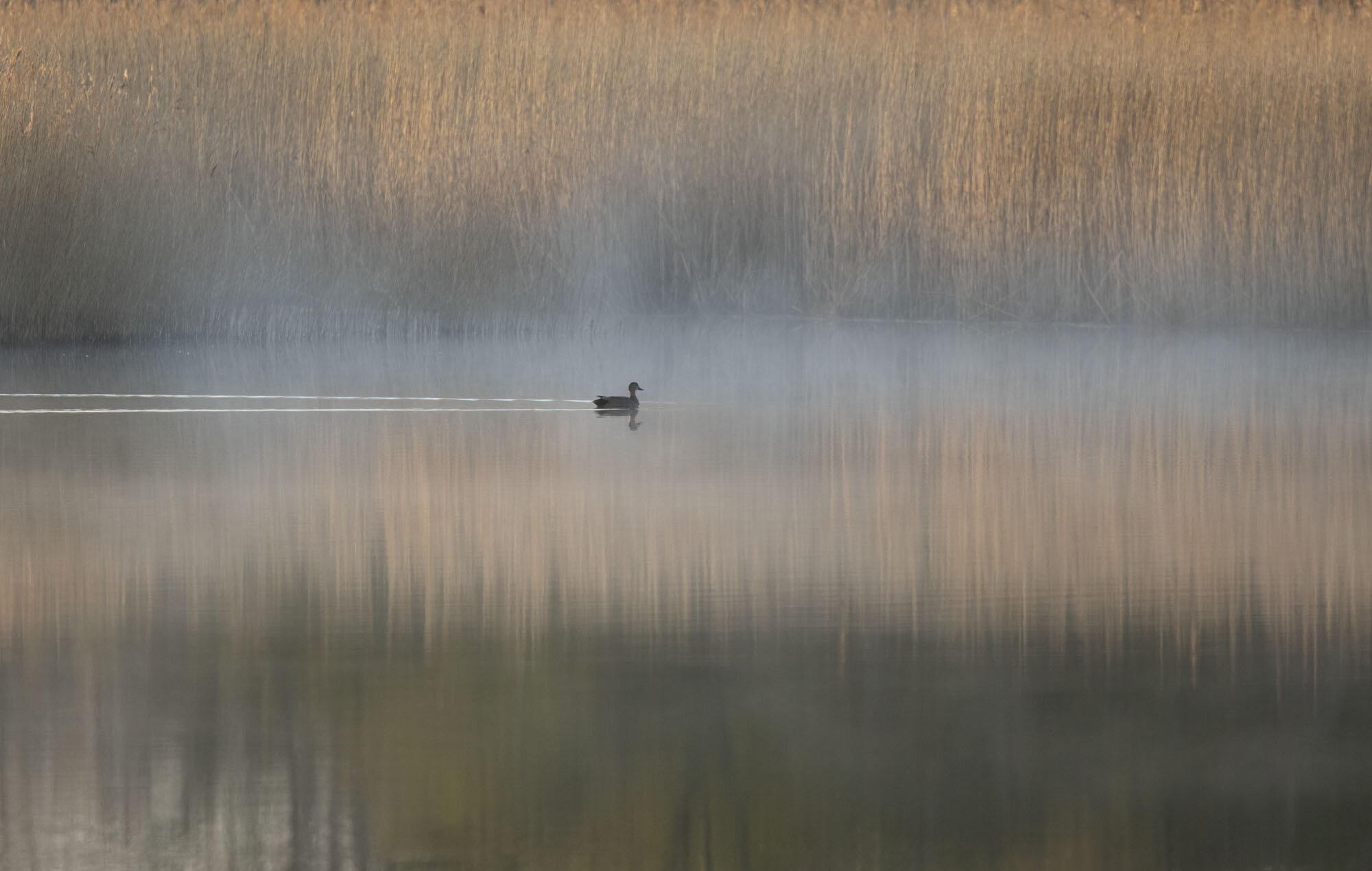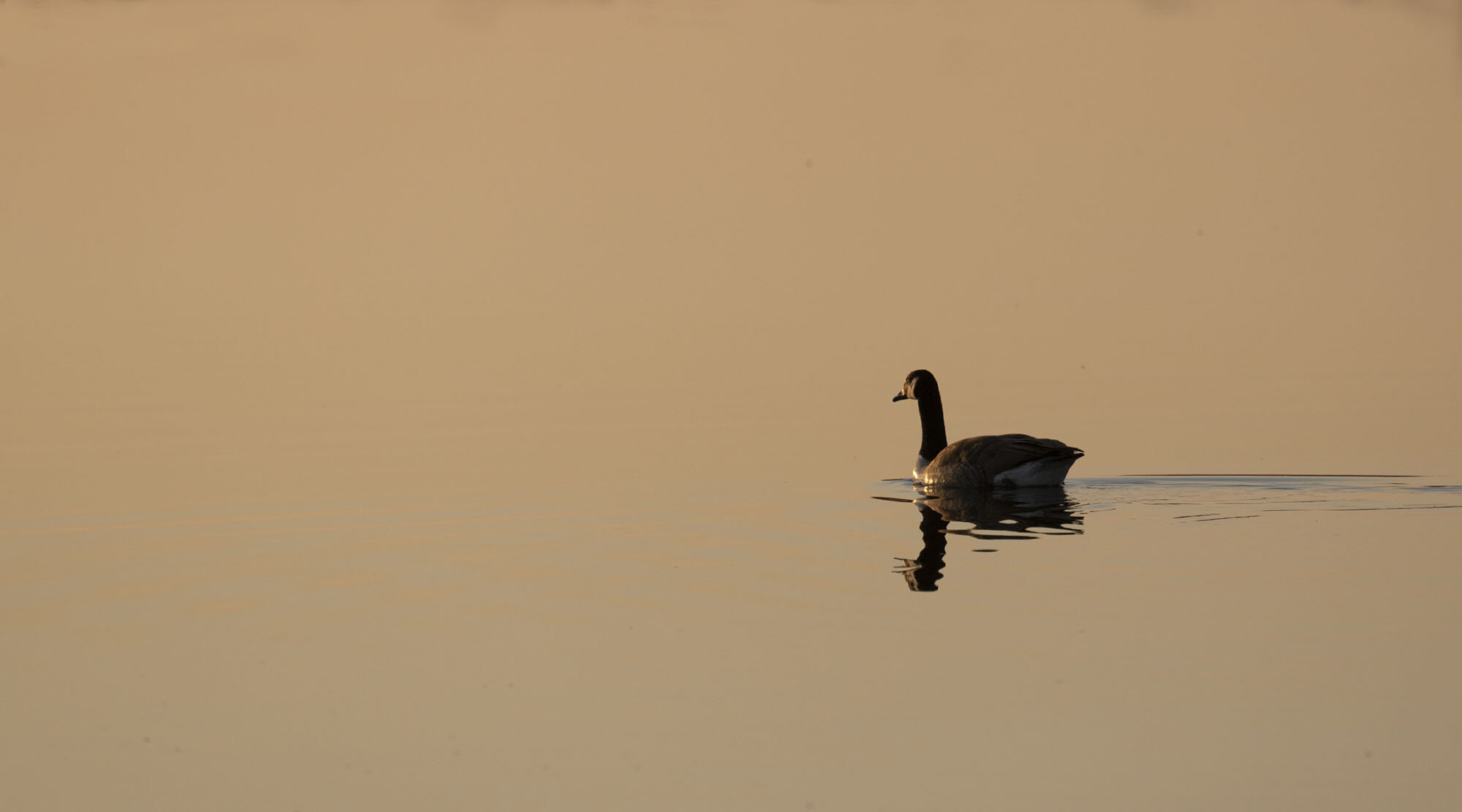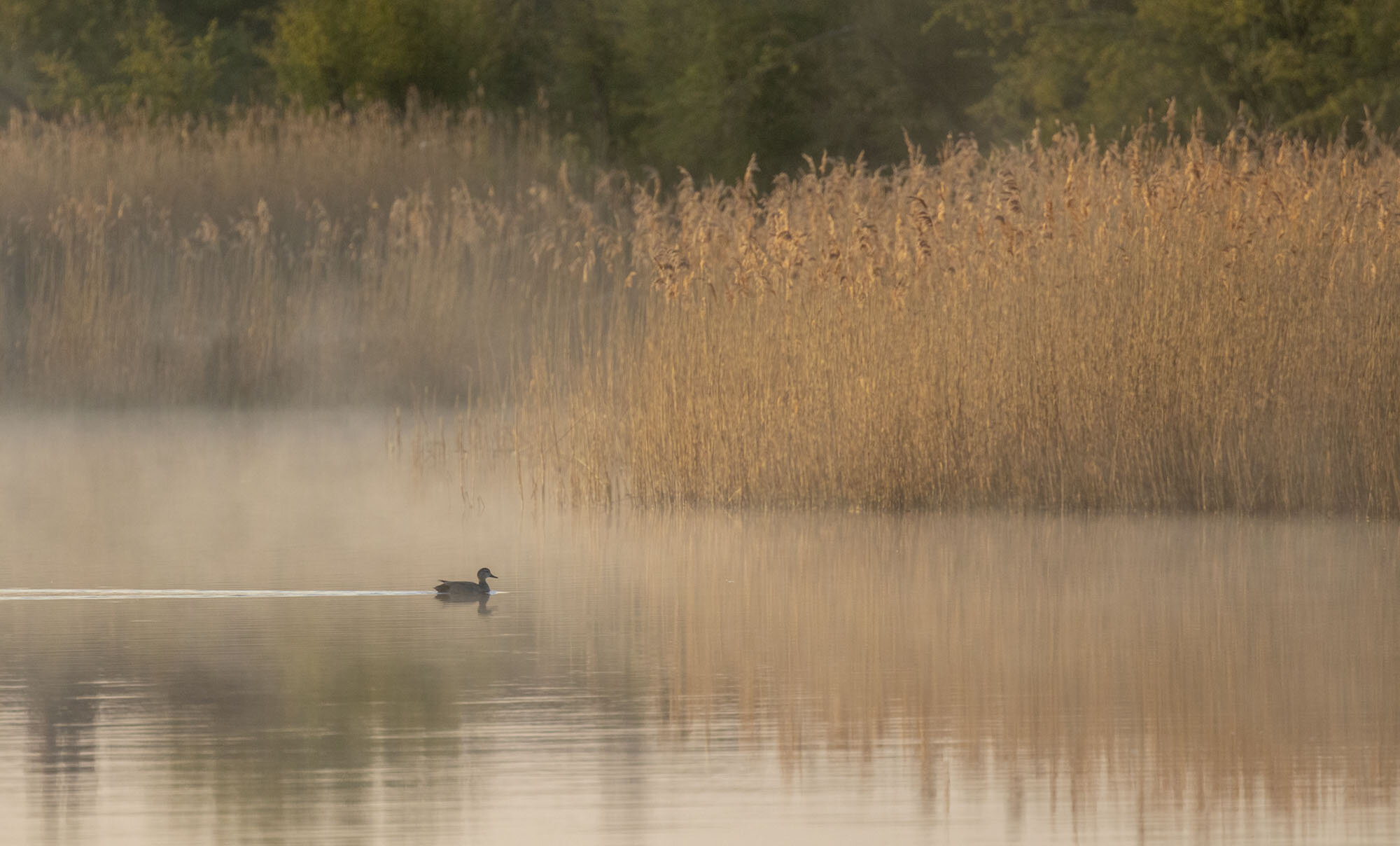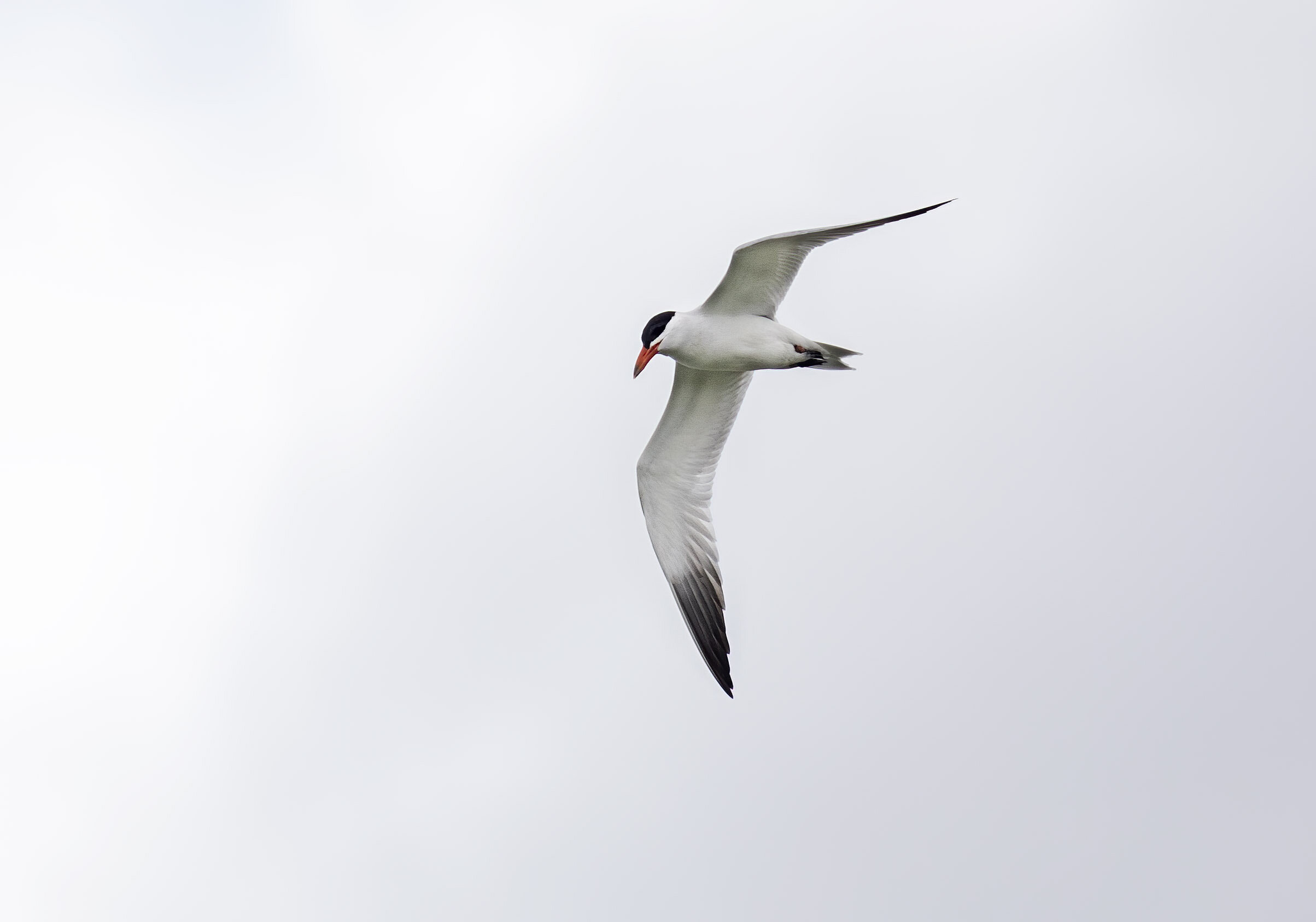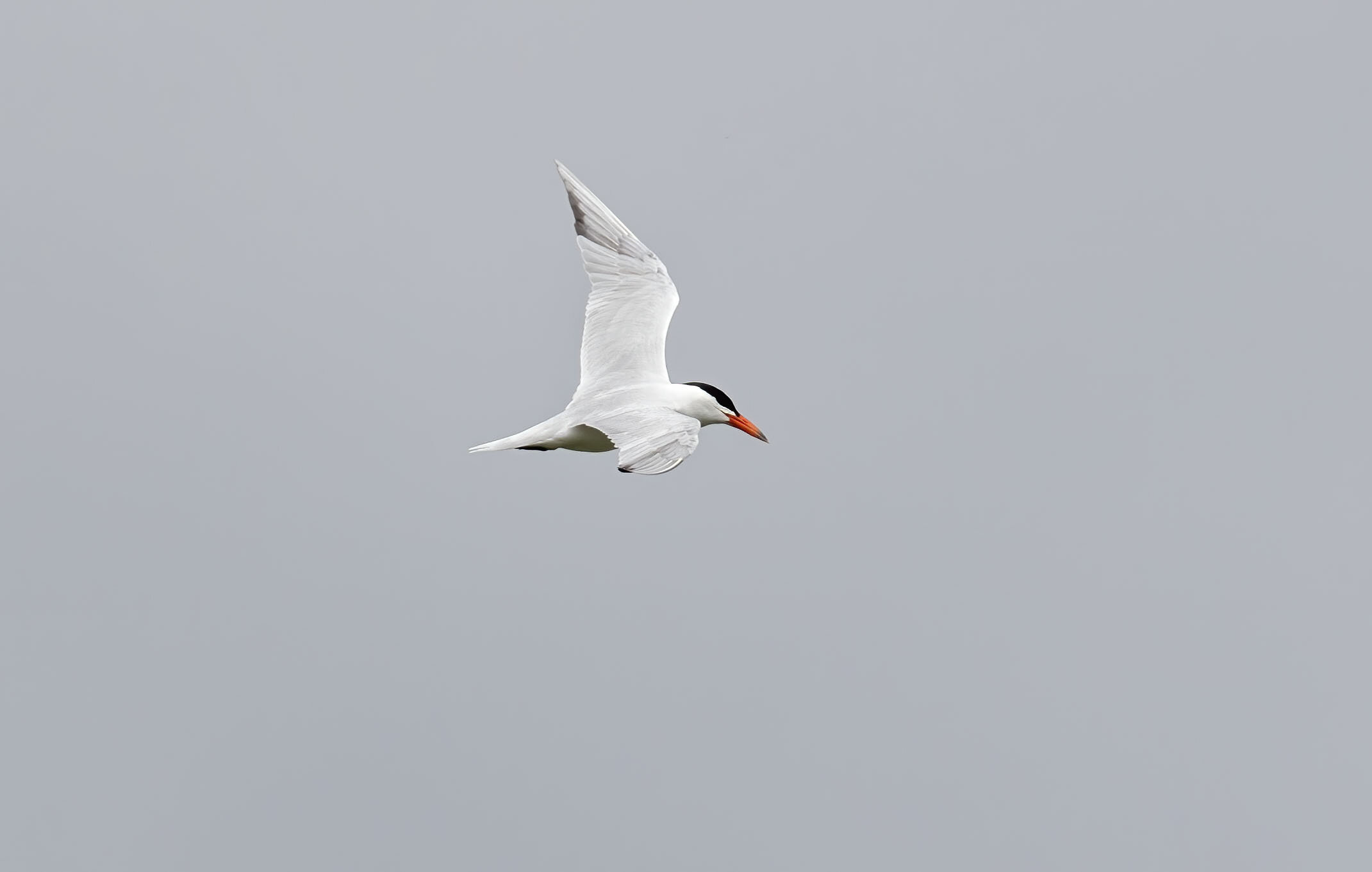Hunting Hobbies
Every year I delight in watching the amazing skills of hunting Hobbies with the dragonfly challenge dominating the late April - May scene. This year I have mainly been using the Canon R62 and the Canon RF 100-500 sometimes with the 1.4x extender but it has been a pretty hot spring and there has been a lot of atmospheric distortion even at pretty close range so there have been an awful lot of deletions! Catching the moment the bird homes in and snatches the dragonfly in flight is a real challenge and even if you can half predict the snatch the bird often jinks up or left or right and can disappear out of the frame particularly when they are close enough to produce a decent sized image. Using the R62 on its maximum of 40 frames per second I did eventually manage one sequence of a bird catching a Hairy Dragonfly that I was pretty pleased with but it was a pretty heavy crop and I still endeavour to get some bigger and better images and it would be good to get them lower down with a backdrop but due to the ehat they have almost invariably been hunting high us this spring. White skies have also been the norm with few days when blue has been in evidence.
Hobby just about to snatch a Hairy Dragonfly - these insects are clearly very rich in protein as the birds often hunt for about an hour a day and end up with a full crop before drifting off to perch up and digest.
Hobby just after the snatch - dragonflies are typically dismembered in flight with the wings being dropped and the juicy bits consumed ina few seconds
the dramatic manoeuvres produced by birds hunting insects are a sight to behold
A flight portrait with a blue sky backdrop for a change
From the small head and delicate look this is a male
Birds sometimes produce vertical stoops of up to 200 feet to take up coming dragons
Dragonflies are held in the foot and eaten on the wing
A visit to Suffolk April 28th - May 1st
We booked a three night stay at The Ship in Dunwich, well recommended and good value, intending to just wander around the local heaths and Minsmere one of our favourite parts of the country. After a night and morning of rain on 28th travelling down was distinctly unseasonal with flooded roads and dull, dull weather and rain but by the time we checked in at 16:30 it was almost fine and our first wander revealed a pair of wailing heath chickens on the nearby Dunwich heath. Not having seen or heard a UK Nightingale since 2006!! I was keen to hopefully hear one or two. My first early morning foray onto Westleton Heath quickly revealed two singing birds though views were lacking. Later in the day we came across another seven birds and in total we heard 16 around the Dunwich - Minsmere area and one at Lakenheath Fen on the return journey. Two were seen or at least bits of two were seen hence the very poor images but the iphone recorded some nice song in an area not plagued by human background noise. Why are they absent from Lincolnshire well species declines but also habitat and food availability must be involved - appalling spray drift from intensive arable farming pervades the whole of Lincolnshire and it minuscule woodlands and tidy tidy farms.
Msle Nightingale in song Westleton Heath April 2024 - typically very skulking this was a good view!
Nightingale habitat Dunwich Heath April 2024 - three males were singing along this track with wailing heath chickens and Woodlarks on adjacent heathland
singing male Nightingale Westleton heath April 2024 - we spent over 4 hours trying to see birds in this rea and this was the best view located with Julia’s new bins!
Dartford Warbler was another of my targets and in the past they have been very easy to hear and see on the Westleton - Dunwich heaths but my first morning foray revealed brief views of just one bird in 2 hours in an area where there are usually 5-6 pairs; the state of the heath though quickly suggested the reason - most of the heather was dead, at least 80% in most areas and consequently no insects and so no warblers. Asking local people the reason was stated to be cold wet winters and an explosion of heather beetle. Looking online it seems that this beetle is killing large areas of heather around the country. Eventually we did find three pairs of Dartford Warblers but they were flying long distances in search of food and even feeding in silver birch trees. Images were terrible.
Dunwich Heath with dead heather April 2024
Heather looking slightly better on Westleton Heath - a pair of Dartford Warblers and Woodlarks were nesting here April 2024
Dartford Warbler
Male Dartford Warbler searching for food in silver birch
Dunwich Heath April 2024 - in two days we walked nearly 19 miles across the heaths and around Minsmere in beautiful weather - heard two singing Redstarts but didn’t manage to see any
early morning on Westleton Heath
Stone-curlew or the more apt wailing heath chicken on Dunwich heath - always distant and heavily cropped but great to see and listen to their vocalisations
Stone-curlew Dunwich Heath April 2024
female Stonechat Dunwich Heath
Minsmere sausage rolls are a bit of a local attraction
the distinctive calls of passing Mediterranean Gulls are a newish addition to the heathland birding scene as they commute to the favoured pig fields
We stopped off at Lakenheath RSPB on the return trip and had a long walk in rather hot and humid conditions - I was hoping for feeding Hobbies but unlike my last visit about 20 years? ago all the Hobbies were very distant - roll on the next blog post
Another day at Frampton Marsh - dangerously becoming a habit
With the prospect of a few nice birds on offer and the usual draw of the cake filled cafe I was tempted down to Frampton RSB for the second time this year on Tuesday. The Bonaparte’s Gull was a bsent but I have seen several 1000 in Canada and the Us so no real problem and the adult and 2cy Little Gulls along with a nice Black Tern were more than adequate compensation. Add to them some nice Ruff, a Red-breasted Goose that stayed stubbornly distant with the Brent Goose flock and the rather dapper Lesser Yellowlegs still occasionally frequenting the fence line by the parked vehicles in the car ark, a pair of Garganey a flat white and chocolat ebrownie and in spite of the very strong and very cold wind it was another visit to remember.
Tree Pipits and Woodlarks in the forest
Late to the forest this year so did not get my first Tree Pipits until 11th but at least seven singing males already in: with more habitat looks like there will be more Woodlark nest this year as well
Tree Pipit Anthus trivialis
Slavonian Grebe and Otter at Barton
April 10th and a Slavonian Grebe in decent summer plumage was on target pit but it remained mainly hidden in a narow channel and the reason was clearly the presence of an Otter that was fishing in the pit - not as pristine as the last summer plumaged Slavonian Grebe here in April 2011 https://www.grahamcatley.com/grebes/slavonian-grebe
A splendid male Bittern and a female from last week
March 19th and an afternoon visit to the hide to see if any of the old Marsh Harriers had returned, to no avail, but just as the sun disappeared behind the increasing cloud cover a male Bittern appeared in a channel in front of the hide. A bit wary and watching the hide he did settle to some fishing and caught a couple of small items but then skulked off into the reed where he promptly let out some loud booms. I have only ever seen a Bittern booming once and it seems they tend to do it from thick cover so although this male reappeared a few times in the channels he always went out of sight to perform his booming. A really striking male with beautiful coloured lores and skin around the bill base which appears in my images as powder blue but through the optics it was gently tinged with mauve. And the harriers were too consumed in their antics to pick him up or there might have been some nice mobbing action to have photographed - maybe another day?
The female featured in the second section was seen last week and flew in to land near this male attarcted by his magnificent booming. She landed and ran through the reeds keen to find this stunning chap. It was one of the few times I have sene a bit of sunshine in the last few weeks.
male Bittern Botaurus stellaris Barton March 2024 - the blue facial skin around the lores is indicative of a male and this bird confirmed that by booming loudly!
female Bittern Botaurus stellaris March 2024
Starling roost and weather
The weather on February 21st was less than appealing for the bulk of the day and even when the rain sort of stopped in the afternoon light showers and drizzle persisted. The Marsh Harriers failed to perform and I was going to call it a day when the cloud started to break a little as I headed back to my car and the first flock of Starlings arrived. There was a bit of colour on the western horizon and the Starlings were building up quickly so I picked a decent location and decided to stick it out. Initially just some nice orange and yellow strips the sky just got better with deep orange and beautiful blue tones combining but I needed the Starlings to move into the right position and they stubbornly refused for most of the evening but on odd occasions they flew far enough into the colour to make for some nice images. There was not much bunching in contrast to the previous evening when it was raining but ideal conditions and action seldom come together.
A rather special Purple Sandpiper
Dean Nicholson found a colour ringed, flagged Purple Sandpiper at Mablethorpe, Lincolnshire on January 21st 2024
After close scrutiny Dean saw that it also had an orange colour ring and a green flag with 9LA inscribed though it was often hidden by the flank feathers;
Enquiries revealed that it had been ringed as a chick on August 30th 2021 at Longyearbyen, Svalbard, Spitsbergen 78:13N 015:40E and 2831kms from Mablethorpe
According to the BTO Migration Atlas published in 2002 there was at that time only one recovery of a British ringed bird in Svalbard, there may have been others since. Norwegian ringed birds have been found in Britain on several occasions but this would appear to be the first record of a Svalbard ringed bird being seen wintering in Britain. There is no doubt that it has been much closer to a Polar Bear than I will probably ever be hence the reason I went to see it - odd I know but a tenuous connection to the extreme North
The Mablethorpe Purple Sandpiper Calidris maritima complete with its Green leg Flag sporting the code 9LA revealing its natal location near Longyearbyen Svalbard - enjoying the acorn barnacles and other juicy morsels on the concrete outfall markers
A day at Frampton Marsh RSPB
Thursday 25th I headed down south to Frampton on a pretty grey and initially damp day but I was avoiding the plumbers. The long staying Lesser Yellowlegs was in the field by the car park but then disappeared though it returned later in the afternoon but there were plenty of other birds to entertain. Beautiful Pintail are always a treat, the Wigeon and Teal are silly tame plus wintering Ruff, a Spotted Redshank, three Avocets and masses of Lapwings and Golden Plovers. The Brent Geese included two Pale-bellied in the Dark-bellied throng. A massive adult female Peregrine sat around on the fence posts while the male gave chase to a few waders and then both of them set into a juvenile Marsh Harrier - distant but entertaining and using the 40 frames per second on the R62 you see all the action that is over in a flash.
Frampton Marsh RSPB with the sun trying to break through the heavy clouds.
Dark-bellied Brent Geese with two Pale-bellied in some shots - the constant calls of Brents are a real featur eof the winter bird scene
Art, birds and a cafe to boot a spot on reserve
One of the three Peregrines seen during the day
Pintail and Wigeon reminded me of a Lars Jonsson painting in Birds and Light one of my favourite art works
adult Peregrine
Adult female Peregrine - a classic scene from an estuary in winter
Sparrowhawk perched on the lookout for a meal
The wintering Lesser Yellowlegs with its newly moulted scapulars - apart from the fence and parked cars that provided obstacles it is so tame I found myself having to move away as it approached me at times
As the rain held off and there was a glimmer of hope of a sunset I decided to wait for the Marsh Harrier roost and ongoing project trying to get representative images of birds coming into roosts - the full moon came up behind thinning clouds and I was hoping for a passing Marsh Harrier but these were the best I managed but the Starlings performed a little better
The sun broke through briefly and offered a little window of opportunity on the roosting harriers with passing Starlings inevitably prompting a few shutter activations
Marsh Harrier and Starlings
Black-throated Thrush
An adult male Black-throated Thrush was found at Top Hill Low in East Yorkshire only 26 miles away but having seen the male at Wykeham in early 2023 and the fact that photos looked as if the bird was generally partly hidden in scrub did not encourage me to make the journey then this week Tony Davidson posted some really nice shots on Twitter and with the cold weather and beautiful light forecast it seemed worth a trip. The start was not auspicious with queues on the Humber Bridge and all the way to Beverley I managed to get 8 miles in 45 minutes! Then is started to snow and by the time I got to the turn to Top Hill the access road, all 4 miles of it, was pretty tricky and pot holed to boot. Finally arriving at 09:30 I realised there was no-one in the car park, no map of where the bird was and by the ringing hut on Birdguides failed to ring any bells as I had not been for over 20 years!. Thanks to Tony a quick phone call and I was soon in the right spot but with no birders anywhere what was going on? Two Fieldfares defending the last few berries seemed ominous then there standing out like a very soar thumb was an apparition of black and white sat head on in a willow. A few record shots and I looked round for other birders but still no-one. I got a few better images in the beautiful sunshine and then it flew - towards me and landed again taking a few berries. This continued as it came closer and closer and showed no sign of being bothered by my presence. Swapping from the 2x converter to the 1.4x I took a few 100 more images and then settled down to try and get some flight shots as it hovered off the end of the berry bearing branches, some of which worked and some didn’t but what a privilege to be alone with this beautiful bird in these weather conditions and still no other birders after nearly 90 minutes. Checkout the greater underwing coverts. It called a few times while feeding and as people eventually arrived it moved into an adjacent small pasture field and fed on the floor. Well worth the £3.50 entry fee.
Since my first a young male at Coltishall in Norfolk in February 1976! I have seen nine of these splendid thrushes in Britain and just the one Red-throated Thrush! It would be a great bird to find and I check a lot of Blackbird flocks in
Black-throated Thrush Turdus atrogularis Top Hill Low, East Yorkshire January 18th 2024
Shorelarks in a northerly gale
On the 8th I ventured down to Gibraltar Point, well accessed the beach from Seacroft, and walked south in a fairly bitter gale with dull and dreary skies in search for four wintering Shorelarks a species that has fallen into rarity status in the county in recent years. In fact I had not seen a Shorelark since 2021 when four were briefly at Theddlethorpe. They proved to be less than visible in the first two hours I tramped about 3 miles up and down the beach seeing a large gang of Linnets a few Skylarks and nine Snow Buntings then finally I came across them in some stunted salicornia at the northern end of the beach where I had not looked earlier! Nice views but not close enough for decent images and there was just no light, the story of this winter. Times have certainly changed for this species in a negative way. Looking at my notes one of my early encounters was at Rimac on December 5th 1971 when I saw 50! yes 50 together on the beach. In fact in the early 70’s flocks of 30 - 40 were not unusual with my highest ever count coming on March 3rd 1999 when 73 were at Gibraltar Point. There were even some local birds with one flying south-west over my head calling on November 18th 1993 between New Holland and Goxhill tilery and three at Barton on the foreshore by the old jetty on December 13th 1997 with one lingering the following day and a repeat in 1998 with oen in the same spot on December 5th surely being one of the birds from the previous year?
Heading south down the beach in a very strong and cold wind with a ray of light breaking through the dismal clouds January 8th 2024.
An unexpected Marsh Harrier morning
I went out for an hour or two in some lively winter sunshine with no great expectations of finding anything to photograph; the Waxwings were absent in the strong wind so I chanced a visit to the usual Marsh Harrier hide in the hope of a hunting bird but having already seen the adult female head off west earlier I was not hopeful. But sometimes luck prevails and not long after I set up in the hide the male came diving down in a display flight into the reedbed. Initially fairly distant he was nevertheless a fine sight in the low winter sunshine. Then he did a couple of circuits of the pit head down in hunting mode and luckily I still had the 2x converter on the 400 lens after the Smew. In the glorious light I managed more keepers than any Marsh Harrier session for a lot of years and what a stunning bird. Just look at all the shades of grey and brown. This seems to be the male that first bred at this site in 2021 as a presumed 3cy male with the old female. He has since been ousted by the original old male but still bred nearby in 2022 and 2023.
adult male Marsh Harrier Circus aeruginosus December 28th 2023
December 26th 2023 - a white nun and two Waxwings
The morning started well with two Waxwings in the neighbour’s rowan tree and on the adjacent TV aerials and then we had a trip to Covenham Reservoir for the long staying drake Smew as my daughter wanted to see one - supporting cast of Great Northern Diver and juvenile Shag also hanging on at Covenham
Waxwings at long last
With the number of Waxwing reports around the country seemingly multiplying day on day I was still missing them everywhere up to last week. Four flew past me on the Humber bank, must have been looking the otehr way, six were in Tesco’s car aprk when I was in the forest and another one there when I was who knows where but my multiple Tesco visits and scrutiny of all the Barton Rowans and Guelder Rose berries had yielded nowt. While surveying last week on. abeautiful sunny, yes sunny and cold day, I was chatting to a colleague on the phone bemoaning our joint lack of luck with the seemingly very mobile flocks that were transiting Lincolnshire. Ten minutes later two Starlings flew past me; Waxwings being of that sort of jizz you give passing Starlings a second look but these two were certainly as supposed then seconds later another arrived from the same direction but at last it was a Waxwing but it flew past me and onward then as mind over matter took hold it landed in a berry laden hedge on the roadside. A rapid walk and I was in very small record shot distance of it perched particularly unobtrusively in a key laden ash tree. Why was it not feasting on the berries? But no it just sat there high up and beyond too many fences and hedges to allow closer approach. Then eventually it came down but it was hidden while feeding and back up in another tall tree. Images were still very much on the record shot side of quality and at this point all the thrushes were flushed and I lost it. Time to leave a little disappointed. But as so rarely happens driving back up the road bang on top of a small elder was the Waxwing and what a bird it was a beautiful adult male in all its glory and in full sun and amazingly it sat there for 20 minutes allowing me to get out of the car and take about 800 images! Odd branches could not be pruned but it was a very nice result.
One of our neighbour’s has a beautiful sorbus sunshine tree in the front garden but with some sort of blindness I had walked past it many times and assumed it had no berries this year but a check this week revealed that it was in fact covered in berries! Regular scrutiny followed then on Wednesday while out enjoying Pineapple upside down and custard a WhatsApp from Mark on Westfield Road to the effect that five Waxwings had just flown over his garden! Should we go back as it was nice and sunny? no have a walk on the Wolds with Brambling and Tree Sparrows in the sunflower crop but precious little else in the arable desert. By the time we get home, via Tesco’s car park with no Waxwings its getting very dull but a quick naked eye scan on the local TV aerials reveals four birds !!!! Waxwings from the garden - camera out even at 6400 ISO and get down tot eh sorbus tree. It’s school leaving time, another disaster but eventually they come down for a few smash and grab raids on the beautiful yellow berries. Late afternoon they start calling and fly off NW but I am sure they will be back and yes Thursday they are back with a newcomer, five in total, but its duller than dull and wet so abandon the camera. Below shots from the very dull Wednesday at very slow shutter speeds. A mix of adults and young birds of the year.
After yet another wet and dull day on Thursday the forecast for Friday was sunny spells. Typically with bright low sun the Waxwings were absent up to 10:30 when I made a cup of tea and seven flew in calling; ditching the tea I was still too slow as they spooked and flew off south! About half an hour later they were back but a bank of fog kept blotting out the sun for long spells and various lorries and a procession of cars kept their visits to the berries to a very short stint. They were often spooked by something else as well and at one point settled on the aerial next to mine before they all flew off east late morning. I was actually amazed to see them all volley from the aerial at one point and some of them caught flying insects even with the temperature at 6C. In the brief spells of brightness at least managed a few flight shots.
The early morning lookalikes on the TV aerial
Incoming and then there were seven, five yesterday and four the previous day
Another week and the local gang built up to nine on the 13th in really dismal light then nothing until today when three came in a few times but mainly spent their time high up in the tree tops and on the aerials calling almost constantly today unlike earlier in their stay. Nothing startling photo wise but still a fair few berries left so hopefully a decent chance will materialise. Then five on a day with some brief sunny spells and my shot of the winter so far below.
This week at Alkborough Flats
A couple of very different visits to teh Flats this week starting with a cold initially frosty and sunny morning on November 28th; My aim was to try and get some better shots of the 2cy male Marsh Harrier first seen as a dark-crowned juvenile in the previous winter and also hopefully to get some shots of the juvenile Merlin that has taken up residence but neither were playing ball. The walk down the track in the early morning winter glow produced a movement of Woodpigeons and then though a nice jenny Wren perching on the frost covered fence and providing some nice images for once. Wading through the welly top deep water towards the Trent bank it was perfectly still and a whole gang of Bearded Tits were feeding right next to the path. It was too good an opportunity to ignore so armed with the Canon R62 and the 400DO2 with 1.4x converter I stood there for about and hour taking about 1000 images! If you are still and quiet and I sometimes think standing in water birds become accustomed to you and with the warmth of the sun on a frosty morning the Beardies were feeding nicely in the reed tops though of course often partly obscured by other reed stems. Below are a selection of those I kept from the morning.
A few Stonechats were about as usual but after giving up on the harrier and Merlin I decided to walk a wet marsh for Water Pipit and Snipe; the latter were decidedly thin on the ground with only three put up but seven Water Pipits was the highest count of the winter so far. The Water Pipits were typically flighty and hence the rubbish flight shots but a flash of something coming through the tops of the sea club rush to my right made me react and get the camera on a streaking Sparrowhawk - so quick and so low but I managed to get it in focus for a few shots; a fine 1cy female and an example of what mirrorless cameras can do in the Auto-focus stakes
December 1st dawned very cold and after a harsh overnight frost most of the Flats was frozen over with a few Mute Swans an, Mallard and Gadwall keeping a few small holes open in the ice. Not risking the ice covered hill I walked down with just the RF 100-400 lens and the R62 in the hope of an Otter on the ice! What were the chances of that? well usually zero but as I scanned the ice free area all the duck got up and there on the back of the pool were two Otters a female and a cub. They played around for a while then went off. Very distant for any images but great to see them. I then wandered off down the track and took a lot of shots of Reed Buntings in the frost covered reeds and the odd Stonechat plus some landscapes in the frosty conditions with passing shower clouds. Then I started hearing an Otter calling and eventually the female ran across the frozen ditch far too fast to get anything decent and she had her head turned away from me but a rare close encounter. Nothing much else appeared until I got back to the hide when a few Bearded Tits were feeding in the reeds very close to the path but with it being colder they were feeding low down and very difficult to see but I did manage my favourite shot of a male this week in the gallery below. A few shots of frost droplets and it was time to call it a day and wander back up the icy hill.
Pallid Swifts at Barton
A write up of the events of October 29th 2023 and a chequered history of the status of this species in Lincolnshire
Pallid Swifts in Lincolnshire: a chequered history and personal viewpoint. G P Catley
With no less than FIVE Pallid Swifts recorded in Lincolnshire on October 29th 2023 I decided to take a look back at the history of the species in the county and recount my experiences some of which may resonate with other birders.
The publication of a Poyser classic in the form of Rare Birds in Britain and Ireland by J T R Sharrock in 1976 brought a species to the attention of birders in Lincolnshire. Printed as still pending acceptance but clearly considered to be likely to make the grade was a record of Pallid Swift at Rimac, Saltfleetby – Theddlethorpe on November 6th 1975. The bird seen by the late Lenton Ottoway and Rodney Higgins was duly submitted to BBRC but rejected as a first for Britain. The late autumn date as we now know is typical for the occurrence of this southern species but at the time there would have been no precedent for such a record.
On the 20th of April 1976 I had seen my first identifiable Pallid Swift on the cliffs north of Estartit on the North-east coast of Spain. My notes stated amongst other things that it had “a pale brown back and secondaries” but more of that later. Advancing a year to June 1977 a two-week trip to the Camargue, including a chance encounter with an early West Palearctic Western Reef Heron, ended on the 17th and it was back to working for a living. Six days later undertaking my fortnightly duty of filling kerosene signal lamps on the Barton railway, while walking around the line which led into the Albright Chemical works, now the Waters’ Edge park, binoculars at hand as usual, I stopped to scan an area of reed in a shallow pit. At that precise moment a male Little Bittern jumped up out of the reeds and flew the length of the pit and over a hedge never to be seen again. Now rare bird finding is often a combination of determination, time spent in the field and some skill but I fancy most of all it is a matter of luck or is that fate? What exactly were the chances of me being in that spot and looking that way at the very time that that Little Bittern chose to fly? it was nowhere near enough to have reacted to my presence. But then I suppose you could say that I may well have walked past another 30 in the years that have followed and none has flown at the right time or I have been looking the other way when they did. But this was surely just absolute luck? Or was it fate? The events of June 27th, just four days later maybe reset the balance.
My local patch of the time was Goxhill Marsh and particularly Dawson City, (remember this location) the latter a complex of grazed fields, thorn scrub, open water and reedbeds. Late June is not a good time for finding migrants so I opted as usual to scan through the Swifts present ever hopeful of an Alpine. Almost immediately I found a pale swift, identifiable as such at 50 yards. As unlikely as it seemed, just four days after finding my first UK Little Bittern, here was a Pallid Swift on my local patch. But this was different; with the probably undeserved rejection of the suspected first Pallid Swift for Britain at Rimac on November 6th 1975, there was no accepted UK record! A thorough description was compiled but no camera was to hand. “Noticeably paler than Common Swifts it associated with at up to 50 yards, difference being most obvious on upperparts----Throat and forehead pale whitish very noticeable when bird head-on when had a markedly creamy look to the head. Back and upper forewings pale chocolate brown with scaly markings visible at close range---wing-coverts had pale feather fringes—Overall upperwing colour showed dark leading edge and outer primaries and paler brown secondaries. Underparts same chocolate brown lacking the dark wing linings of Common. Given my previous limited experience of Pallids the description of jizz and build seemed quite pertinent; shape slightly different to Common Swifts with slightly fatter body and more rounded wing tips not so sharply pointed and streamlined as Common Swift—flight appeared slower and more deliberate than Swift and spent most of its time feeding over one area of the bank not going down over the water with the Commons”
The record was submitted to the British Birds Rarities Committee and after long deliberation I received a notification by mail from Mike Rogers, the then secretary who I got to know well in later years serving on BBRC, congratulating me on my first for Britain qualified with: it will go to BOURC for ratification but as they only deal with provenance that would be academic in the case of a swift.
To a bird finder there is surely no greater goal. The euphoria though was short lived. During a circulation to the BOURC a ‘new feature’ of Pallid Swift had come to light---they show a dark and contrasting mantle forming a saddle effect on the upperparts—my bird lacked it and therefore the rejection followed. Was this the first time that BOURC had taken over the identification mantle conferred upon BBRC? It was certainly unusual.
Now everyone who has a record rejected feels a bit miffed for a while but I got over it and I suppose the 1998 Little Swift on my local patch made up for a lack of Alpines over the ensuing 20 years until I duly found an Alpine also on my local patch in May 2009.
In May 1978 a Pallid Swift was found at Stodmarsh in Kent and duly seen by the masses during its nine day stay from 13th – 21st and it was even photographed. So, in spite of two failed Lincolnshire attempts the species was added to the British List. The article detailing the record in British Birds, Pallid Swift New to Britain and Ireland stated “since 1960 there have been at least nine other reports of Pallid Swifts in seven counties of southern and eastern England, west to Avon and north to Humberside, but none has afforded such conclusive views as the Stodmarsh individual”.
Although the number of British records increased slowly with a developing late autumn bias over the ensuing 24 years there were no further Lincolnshire claims until the first accepted county bird was found by John Wright, Kev DuRose and David Jenkins at Skegness on October 23rd 2004. A number of very late birds not seen well enough for specific identification raise the possibility that the Lincolnshire total should have been higher. Two birds in Goxhill Marsh (is it a hot spot?) on October 21st 1976 and October 29th 1982 were in classic rarity filled autumns with a mix of vagrants similar to 2023. A swift species that ranged between Chapel St Leonards and Ingoldmells on October 24th 2004 may well have been the same as the above Skegness bird or maybe a second Pallid but light and distance combined to leave in in the swift sp category / bin.
In spite of the seemingly ever-increasing chances of bumping into a Pallid Swift in the late autumn on the Lincolnshire coast it was another 14 years after the Skegness bird that the second acceptable county bird was seen at Gibraltar Point on November 8th 2018 quickly followed by the third at Goxhill, Dawson City (ring any bells?) on November 11th 2018. A major and unprecedented influx of at least 60 birds into Britain in the autumn of 2022 produced only one acceptable Lincolnshire bird at Mablethorpe on November 16th but a few other swifts avoided identification during the peak late October – November passage period.
Fast forward to late October 2023 and the first reports of Pallid Swifts on the Yorkshire coast and further north suggested that there may yet be a chance of a Lincolnshire bird charitable enough to stick in one location long enough to allow a successful twitch for county listers. After a number of very unproductive visits to the Lincolnshire coast in October I decided on one last blast on the morning of October 28th. Meeting up with N Drinkall we exhausted the potential of Stonebridge to Pye’s Hall without a warbler or anything of note in spite of the south-easterly airflow. A few Robins and thrushes were scant reward and an afternoon at Saltfleet revealed a lot of people and a Woodcock. With more Pallid Swifts in Yorkshire, I determined to find one locally on the 29th setting off from Waters’ Edge to walk to Barrow Haven, a swift hot -spot. WhatsApp news of a Pallid Swift at Gib, complete with image, raised the eternal conundrum to go for a swift or not; if you do its gone if you don't it sticks. With the local pits’ track record there would surely be a Pallid Swift at Barton sooner or later, it was a hard task trying to convince myself and after four hours and four miles on a now aching new knee and only an odd looking long-billed Knot as reward, I even missed four Waxwings that Andy saw fly past me, it seemed my weekend was indeed one to forget. After lunch trying to decide whether it was worth a trip down the road to Far Ings another WhatsApp message from Andy; someone had seen a swift sp at Far Ings!! On my way and into Far Ings car park where Darren Wozencroft has found the bird but it’s drifted off east. Fly back to Pursuits Pit and have a quick scan (big mistake) but cannot see anything, then try progressively further east to Waters’ Edge, think where a swift might find a concentration of insects and check the trees at WE then walk to the sewage works; by now Wayne and Claire Gillatt are on their way so suggest they check Pursuit pit again and I walk off with the ever aching knee towards sailing pit where I spent all morning. Another bad mistake – phone rings its Claire we’ve got it on PP. S—t – walk very fast almost run the kilometre back to the Haven on the new knee puffing and panting while trying to get the news to others nearby on the phone and realising that 5 miles on a new knee is not a good idea. Claire gratefully picks me up and eventually at Pursuits Pit WG is watching it through his scope but views are still distant and it starts to pee down – just what you need. With bins covered in rain and camera refusing to find a micro dot in grey sky frustration levels are growing. But gradually it comes closer and with the rain stopping and light improving WG can see all the features through the scope but my initial pictures are dire. Then the cloud thins and with some brightness it transforms into a classic Pallid Swift at last! For the next hour the Pallid Swift performed at varying distances but always high up catching insects until about 16:00 when WG, CG and ND piped up on the phone there are two together near the bridge! Both birds then fed over the foreshore for about 15 minutes gradually drifting further west to Old Cements before with an increasing cool breeze from the south-west they drifted off out over the Humber.
Amazingly while watching the initial Pallid my phone was ringing with James Siddle trying to tell me about the two Pallid Swifts at Huttoft! Four synchronously in Lincolnshire – will that ever be repeated? Will Pallid Swift be the new Cattle Egret, maybe not a good analogy but with big autumn arrivals in two successive autumns the chances of finding one in late October – November seems a distinct possibility. It’s on my patch list but still need to self-find one – always a challenge to be accomplished.
Thanks to Darren for the find and getting the news out quickly enough for us all to get it; the decision to miss a stressful drive to Gib paid off as hoped but in all honesty you could not have predicted that being the outcome.
GPC
The images below were all taken on the afternoon of the 29th; they are not great! but do hopefully show the main features and jizz of the birds as shown on a dull October afternoon with mainly grey clouds - not how the perceived shape of the birds changes with posture and speed of flight and how certain features stand out more as they catch what little light there was available. All taken at ISO 5000 to 6400 hence they are somewhat noisy.
Identification of Pallid Swift is always tricky but much more so in the late autumn in a vagrant context when typically light conditions are poor and distance and limited viewing times mean that clinching identification features is a real challenge. While watching the two birds at Barton I took around 1000 images in differing light conditions and from different angles but always looking up at the birds as they never came down low to feed. Below are a series of annotated images some with comments all of the same birds and in most cases of one of the two as it was seen for the longest period of time. They represent typical views captures in split second frames on the camera and typically show more detail than it is possible to ascertain with optics alone. LIGHT is the key to seeing what are at best subtle features on fast flying birds and I hope this is shown in some of the series below. Click on the images to enlarge though note that all images were very small due to distance from the birds.
My photographic addiction
An attempt to flash through my bird photography addiction / history
It all started in about 1970 with the purchase of a Zenit B SLR for what I recall was the princely sum of about £21, a small fortune on the paper round income but it came with a 50mm lens which of course proved to be totally inadequate for bird photography. Hence, I had to buy a telephoto lens that I seem to recall was a Soligor 300mm manual lens. The camera was Russian made and to say the least basic; forget the lack of auto-focus it had no light meter so you had to buy a hand held one or just guess at the right exposure and with slide film costing around £5 for 36 images it was better to be almost accurate. The back came open of its own accord and so was usually taped shut with some insulation tape. You took a picture and then manually wound the film on. It was though a learning tool and it taught me the basics of exposure and shutter speeds and how to focus on birds manually, I even managed the odd flight shot but after a few years it was time to move on to the Nikon F301 according to the web made from 1985 and it had autoexposure but was still manual focus. I also changed the ancient Soligor for a very upbeat Sigma 400 5.6 APO lens, rather akin to the present Canon 400 5.6, it was white and very fancy and took my images to a new level albeit at a price. In 1991 when I went to Point Pelee for the first time the cost of the rolls of Kodachrome 64 that I took with me cost nearly as much as the Transatlantic flight! That combination accompanied me on several foreign excursions along with the KChrome 64 films but it seldom saw any action in Britain due to the lack of approachable birds.
With the Nikon F301 and Sigma 400 5.6 APO tripod mounted at Beidaihe China May 1993 - images of eastern vagrants from the trip appeared in a short article in British Birds - below Pechora Pipit
a scan of a slide of Pechora Pipit Beidaihe China May 1993 - the bird was feeding in a wet reedbed with some very dodgy water - with only trainers available I took off my shoes and walked in in socks - my strange toe infection seemed to stem from there!
Still with the Nikon and the Sigma lens photographing Black Phoebe on the Edward’s Plateau Texas April 1995
I eventually ended up with two F301 bodies and some other smaller lenses but by the late 1990’s it was getting used less and less and in 2001 or 2002 I gained possession of a Nikon Coolpix 880 compact digital camera that came as part of a long service award from work. My idea was to try and combine it with my Swarovski scope and try out this new digi-scoping craze. The camera had a huge 3-megapixel capacity and took Compact Flash Cards that cost about £20 for a 32-kilobyte card, yes that’s kilobytes and it was a while before we dared to move up to a 64-kilobyte card in case you lost all those precious images. By pure chance the extending front lens barrel fitted perfectly in the eyecup of my Swaro scope and I was into digi-scoping. Even advancing to take some flight images; the 880 and scope rig went to Sweden, the Camargue and Spain as well as Cyprus and produced some really nice images if they were rather limited in size. Between 2002 and 2004 I took my best digi-scoped images, pre glaucoma and with a brain that focused fast enough and got the scope onto birds and the camera in position before they moved. Below are a selection of my best images taken in that period. The Bluethroat was Orkney September 2003 and that trip as well as others added a growing realisation that digi-scoping had its limitations when trying to photograph passerines in particular,
A chance meeting at Spurn in 2005 saw me looking at a Canon 20D and the original Canon 100-400 lens. It seemed like a revelation compared to digi-scoping which was becoming trickier with deteriorating eyesight so I jumped ship and went for the Canon EOS 300D and 100-400 in May 2005 but soon realised that body had its limitations and traded it in for the 20D. Since then, I have had:
All Canon, 30D, 40D, 1DIIN, 1D3 x2, 1D4 x2, 5DII, 5DIII, 7D, 7D2, 1Dx, 5D4 x2, R6 x2 and R6II; in researching this post I compiled a table of the main specifications of all these cameras noting the main features that affect bird photography and your back!
Also a list of the lenses that have combined with various bodies
List of Canon Lenses I have owned;
100-400 mark 1, 300 f4, 400 5.6, 300 2.8, 300 2.8 mark 2, 500 f4, 500 f4 mark 2, 400DO2 plus a variety of wide angle lenses and 70-200 f4 x2, 70-200 2.8 mark 2, 24-105, 100 f2.8 macro,
For action photography the real game changer obviously came with Mirrorless cameras and the huge increase in effective Autofocus point covering the full frame
with the 20D and original Canon 100-400 aiming at a cliff with a Wallcreeper somewhere; Les Baux de Provence February
two juvenile brookei Peregrines Cyprus taken with the 20D and original 100-400 lens; I think my copy of the original zoom was not that sharp
Long-tailed Skua on the Arctic tundra at Varanger, Norway, June - 20D with the 100-400 - one advantage of the 100-400 was the ability to zoom out and include the bird in the landscape
another shot from Varanger with the 20D and 100-400 - male Lapland Bunting in song
the incredibly portable and versatile Canon 300 f4 lens here in use on a bog near Utsjoki Finland
female Little Crake Cyprus with the Canon 20D and the 300f4 lens a superb little lens, light weight with great close focus but limited magnification though I did use it with a 1.4 converter
a flock of Spanish Sparrows Cyprus April again with the 20D and 300f4 lens which was much sharper than the 100-400
Long-tailed Skua Varanger Norway with the Canon 30D and 300f4 lans - I only had the 30D for a short period but it was a much better camera than the 20D and I took some memorable shots with it
singing male Bluethroat Varanger with the Canon 30D and 300f4 lans and 1.4 converter - the 1.6 crop factor gave an effective 670mm equivalent
female Dotterel Finland with the 30D and 300f4 plus 1.4 converter
juvenile Hobby watching a midge - the Canon 30D with 300f4 lans - I was hidden in a copse near home after the Hobbies had fledged hoping for a close encounter but never expected to get lucky with this bird landing only 30m away and being totally unaware of my presence
I was not a great fan of the 40D and wished I had kept the 30D but with the new 300 2.8 lens I did get a few images before selling the 40D - Black-necked Grebe Provence January
with the 300 2.8 and 1D4 Kaamanen Finland - monopod in use on static subjects at feeders - it was also -17C
Although boasting only 8Mp the Canon 1DIIN was an amazing camera that won a lot of awards when launched and I took a large number of great images with it mainly combined with the 300 2.8 lens and converters - Alpine Accentor Les Baux de Provence January 300 2.8 with 1.4x
Red-throated Pipit Mandria Cyprus with Canon 1DIIN and 300 2.8 plus 2x converter - effective focal length with the 1.3 crop was 780mm
Magnolia Warbler Point Pelee Ontario, Canon 1DIIN and 300 2.8 with 1.4x converter
Even with the Canon 300 f4 and 1.4 converter the 1DIIN produced some great images - Azure Tit Finland February
Pine Grosbeak Finland Canon 1DIIN and 300f4 lens
Alpine Accentor Les Baux de Provence with the Canon 1D3 and 500f4 lens - 500mm lenses are brilliant but even now heavy and bulky and although I would love to have kept my mark 2 it was just not practical with a bad back and the need to walk long distances while birding
Greater Flamingos Camargue Canon 1D3 and 500f4 lens
Lens wise I started out with the 100-400 then bought the superb 300f4 lens which produced some superb images and worked well with a 1.4x converter but it was a bit old tech and eventually I moved up to the original 300 2.8 lens one of the sharpest lenses ever and used it for several years with the 1.4 and 2x converters. Eventually though you need something bigger and I bought a 500 f4 lens. Around 2011 Canon brought out the new 300 2.8 mark 2 which was lighter and a bit more compact than the original and with a bit of back trouble it was purchased and the 500 sold. July 2012 though brought about a bit an epiphany. Having just located a breeding pair of Montagu’s Harriers I felt a twinge in the back but set off on a long walk with the camera, lens, tripod and scope. The following morning I awoke in agony with a lower disk out and trapping my sciatic nerve. For the following six weeks I was basically laid down taking huge amounts of pain killers and wondering if I would ever pick up a camera again. A Honey-buzzard flew over the garden one day in August while I lay looking at the sky and I tried to lift the camera and 300 to get a record shot but even that was agony and I really did feel like there was no end in sight. Various people talked about surgery and ongoing limitations and without the ability to even sit down life was not pleasant. . Eventually though I was lucky and suddenly in early September I could sit down again and walk a bit and it got quickly a lot better quite quickly and I could drive again. After such an experience I was only carrying the 1D4 with the 400 5.6 lens but as things improved I thought what the heck – Canon had reduced the weight and bulk of the new 500 f4 mark 2 and I went for it. By 2015 the back was twinging again and the weight of the 500 and pro bodies was getting to be a literal pain. Canon had produced a new 400 f4 DO lens, the mark 2, and at just over 2kilos and getting great reviews I sold the 300 and 500 and in March 2016 settled on the go-to lens that I still have and love. Its close focus is not great at 3.3m but it’s just so portable and easy to hand hold, I never use a tripod and seldom use my monopod unless it’s really windy, and the image quality is superb even with extenders. It was always great with the 1.4x but was a little less predictable with the 2x on DSLR’s but with the mirrorless bodies the 2x works just as well as the 1.4x albeit with a bit slower focusing. The weight of the new mirrorless bodies is even better than the 5D4’s and I carry my present rig around all day without problems, mostly! I have also now bought a canon RF 100-400 lens which is a real bargain in as much as it cost only £650 and weights 650g so is truly light weight - it focuses down to 0.8m and with its 400mm mag it is great for insects photography, I was never into macro stuff, and produces good sized images of beed]s and damselflies. the disadvantage is the f8 aperture at 400mm but as its mostly used in summer when light is better that is not a great problem.
Read further down to see why I went for the R6 and R62 rather than the R5 when I moved to Mirrorless.
Toronto February 2014 with the 500f4 a real commitment carrying it particularly on very icy surfaces
with the 500f4 and 1D3 Nesseby June 2009 just after photographing the first Soft-plumaged Petrel for the Northern hemisphere
Soft-plumaged Pterel being chased by Arctic Skua, Nesseby, Varanger June 2009 with the Canon 1D3 and 500 f4 lens
Slavonian Grebe Barton Pits with Canon 1D4 and 300 2.8 lens and 1.4x converter
American Tree Sparrow Ontario February - Canon 1D4 and 500 f4 mark 2 lens
Canon 1D4 and 300 2.8 lens with 1.4x converter European Beeeater Hungary
Just too much kit - with the Canon 300 2.8 mark 2 and the Canon 500 f4 mark 2 at the Steppe Grey Shrike, Grainthorpe Lincs, autumn 2008
Black-throated Diver, North Uist with the Canon 7D2 and 300 2.8 mark 2 with 2x converter - image quality on the 7D2 was not great in most instances and the autofocus was at best unpredictable so I seldom used it - the original 7D was even worse with very poor IQ
Ring-billed Gull North Uist with the 7D and 300 2.8 with 2x converter - focus was almost correct but in dull light the image quality was poor
Iceland Gull North Uist with the Canon 1DX and 300 3.8 mark 2 with 2x converter the difference between this combination and the 7D2 was dramatic - same trip
Another with the 1DX and 300 2.8 mark 2 with 2x converter - Long-tailed Duck, North Uist - challenging AF with bird flying fast towards camera
Above a food pass between a pair of Montagu’s Harriers captured in rapid sequence with the 1DX and 500 f4 mark 2 plus 1.4 converter - the 20MP 1DX was a great camera but just so heavy and cumbersome
Slavonian Grebe with Canon 1DX and 500 f4 mark 2 with 1.4 converter
After selling the 1Dx which was a brilliant camera but weighed a ton I settled for a long spell with my 5D4’s and was extremely happy with them but when mirrorless produced the EVF allowing instant viewing of exposure and advanced auto-focus tracking with eye detection I went for the R6. Quickly got used to it and realised that keeping a 5D4 was no good as my brain could not compute two really different systems so I bought a second R6, why have one of anything! Then along came the R62 with improved AF tracking and battery life and a few more pixels so I had to give it a try and it really is a great camera. I still have an R6 which I use for insects and landscapes and as a carry round on long trecks with the weightless Canon RF 100 - 400 lens which is superb for insects with its 0.8m close focus, extreme sharpness and weight of 650 gms.
Upland Sandpiper Alberta - Canon 5D4 with 400DO2 lens and 1.4 converter - the image quality of the 5D4 was superb and the autofocus was so much better than the 7D2 - with 30MP it also allowed heavy cropping and the light weight of this combination was a real bonus
the 5D4 with 400 DO2, Head Smashed In Buffalo Jump Alberta - the 400DO2 measures only 23cms x 12cms without the lens hood and at 2.1kg its is highly portable and hand holdable, don’t usually use the monopod even
Not an easy target this Audubon’s Warbler was picking insects off the water surface in flight and the light was pretty dismal - Canon 5D4 and 400DO2 lens with 1.4 converter Alberta
another flight shot of the Audubon’s Warbler with the 5D4 and 400DO2 and 1.4x 1/1600 sec
So, with the 5D4 producing such good images why swap to Mirrorless? Was it just another gimmick of camera manufacturers looking for a new sales outlet? In the outset it seemed that mirrorless cameras were not up to action photography but then Canon came out with the R5 and R6 bodies with a huge increase in cross type focus points, focus eye-tracking and increased frame rates. With the advantage of the electronic viewfinder, you can actually see in real time what exposure you are getting on the bird and changing exposure as you shoot means getting correct exposures is a doddle. The view is not optical and it does take a bit of getting used to indeed with my 400DO2 I found that locating birds was initially tricky as the image seemed slightly offset downwards but after a few days it was a new normal. Both cameras are full frame so no crop with the main difference, as I don’t do a lot of video, being the Megapixel count, 20 for the R6 and 45 for the R5. So why did I go for the R6? Well initially I was still not totally convinced I could get on with the concept so thought I would spend less in case I decided to swap back to the DSLR. After the 30MP of the 5D4 20MP on the R6 was a fair old drop and does limit heavy cropping but as I have heard repeated if a bird is too far away then it’s too far away and no matter what lens you have it will still be too far away. All sorts of other factors come into play with distance mainly atmospheric imperfections, a real problem with the air in the UK, but also the slightest movement increases focus issues. So why not get the 45MP R5? Well, I decided I don’t need 45MP images that take lots of time to process, take up a lot of computer memory and storage space and with 45MP the effects of atmospherics and movements are increased plus you need a different CF Express card to get the most out of the R5 and they are stupidly expensive; OK if you only buy the odd one but for a foreign trip buying 10 or more would be stupid money. The R6 has two UHS-II SD card slots and I still stick with the Sandisk Extreme Pro 170MB/sec cards of which you could get a 64GB card for about £16 but recently gone up to around £20. Not super-fast but I shoot in bursts trying to pace myself and get the best action rather than just firing continuously and I have only filled the buffer once so far.
People invent all sorts of reasons for wanting more megapixels on their bodies but as noted above I took some of my best ever images on the Canon 1DIIN at 8MP and the 1DX at 20MP and I have had cover images printed on several copies of British Birds with various bodies from the 20D and 100-400, latest issue Rock Dove in Co Galway to the 1DX but none of the images had more than 20MP in the original image and most are all are cropped from that to a vertical format; the smallest file size was 7MP for the Snow Bunting.
If you want a straightforward and incisive definition of how many pixels you need for what you do, please watch the YouTube video linked below:
So what else does mirrorless offer?
The autofocus system is such a massive leap forward on the 5D4 and 1DX with eye tracking and the camera’s ability to just stick to the subject you have chosen allowing for changing compositions but also allowing you to follow rapidly moving birds on the deck and in flight. It has its limitations though and you have to work around problems that arise to get the most out of the camera. I have never gone for this back button focus malarky preferring to use the shutter button in combination with a set up that I have developed that allows me to quickly switch between different focus options and make the camera work how I want it. Basically, I have the button top right on the back with a cross on it, AF Point Selection Button customised to cycle between four methods: single very small AF point, used for locating small subjects in cluttered scenes like a dense bush. Large single point for subjects where the larger zones are not picking it up maybe just a small bird, large zone that I sometimes works better for birds in flight and whole area that I use most of the time. All are set to have eye tracking and even the smallest AF point will lock onto a very small subject and track it as it flies of moves around. With my thumb on this button and forefinger on the shutter button I can quickly change the AF to fit changing situations and counteract discrepancies in what the camera thinks I want to focus and what I want it to focus on but most of the time it has to be said that with AF, set to detect animals and eye detection the success rate is very high even in full area mode. The fact that you can use the whole sensor area as the active focus points go right to the edge of the frame is also a massive advantage over the restricted areas in the DSLR’s particularly with birds that are often flying quickly and erratically. So, autofocus is a real game changer but there is one problem and apparently it affects all mirrorless cameras and that is the camera focussing on a background subject and then refusing to pick up a closer subject even though it is in the open and clearly visible. The work round is to quickly focus on the the ground somewhere near the subject and then jump to the closer subject; it should not happen and you may miss a few shots but there seems to be no resolution of this problem as yet!
Totally silent shooting in electronic shutter mode is another game changer when photographing birds and wildlife. The 1DX made such a racket with its shutter that birds often flushed as soon as the machine gun went off but I have found with the R6 and R62 that birds will often even let you point the lens at them clearly waiting for a noise and if they hear nothing many will then start to relax and settle even though you may have taken 100 images by then. In a country where birds are hardly ever tame and usually, with reason, are afraid of human beings this is a massive bonus.
A flip out screen may seem like a small advantage but shooting at low angles and even overhead becomes a breeze and if you have bad knees it’s easier to get a low angle shot.
Red-flanked Bluetail Flamborough November 2021 - picking out a bird through all this foliage and branches would have been almost impossible with the AF on a DSLR but the eye detection on the R6 has even nailed that on this small bird
R6 autofocus working on the Bempton Black-browed Albatross ignoring the massive cliff in the foreground
Black-browed Albatross Bempton July 2021 - I was initially abit concerned whether image quality would be as good on the R6 and the 5D4 but i think this answered my question
Purple Emperor - standing the camera and lens on the floor with the flip screen used for focusing
And why go for the R62 if I was so happy with the R6. Well, I still have an R6 as a backup and insect, landscape body. The R62 though has a few notable benefits;
The sensor is a new one with 24MP up from 20 on the R6.
Battery life is much better – this is quoted as a small improvement in all reviews but in my experience the same battery lasts at least twice as long in the R62. I was charging a battery almost daily with the R6.
Frame rate is up to 40fps double the R6 though I don’t tend to use it on 40fps BUT the better control of rolling shutter on flying birds is a marked improvement and something I wanted as I do a lot of raptors in flight.
Autofocus is touted as a bit better than the R6 with a system based on the R3 and it does seem to stick better to subjects from what I have seen so far.
There is a dedicated Video / photo switch which I have used and as it allows you to use the same customised settings for video as photo, I always shoot manual exposure, then it’s a lot easier than messing about with the R6 but as I say I know zero about video and only do bits when I think I need to!
Cetti’s Warbler with the R62 and 400 DO2 plus 1.4x - to focus on a subject this size is pretty amazing
female Goshawk R62 and 400 DO 2 with 2x converter
Above a sequence of a Bittern flying in and landing R62 and 400DO2 plus 1.4x converter
Skylark flying against a reedbed - I like to try and test autofocus systems to the limit - flying passerines are a real challenge
Glorious sunrise
A glorious morning to be out at sunrise though the subjects were rather limited
A great morning to be out though another frost on the ground but the mist over the water at sunrise was spectacular even if the ornithological subjects were rather limited in variety. As always the mist faded so quickly.
Willow Warbler: mixed singer Barton April 17th 2021
A singing Phylloscopus warbler drew my immediate attention tis morning due to the odd structure of its song. When seen well the bird looked bright and like a Willow Warbler but the initial song was quite unusual though later in the morning it did occasionally revert to typical Willow Warbler song. Recordings are posted below.
Initially I heard this strange phylloscopus warble song this morning just before dawn. It had a bit of Iberian Chiffchaff about its structure but was clearly not right for that species. When seen well the bird was very bright and clearly looked like a Willow Warbler. Later in the morning it began to include more Willow Warbler phrases in its song and eventually reverted to pure Willow Warbler at times. The recordings, below, are very similar to some on xeno-canto that are logged as Willow Warbler, mixed singers.
